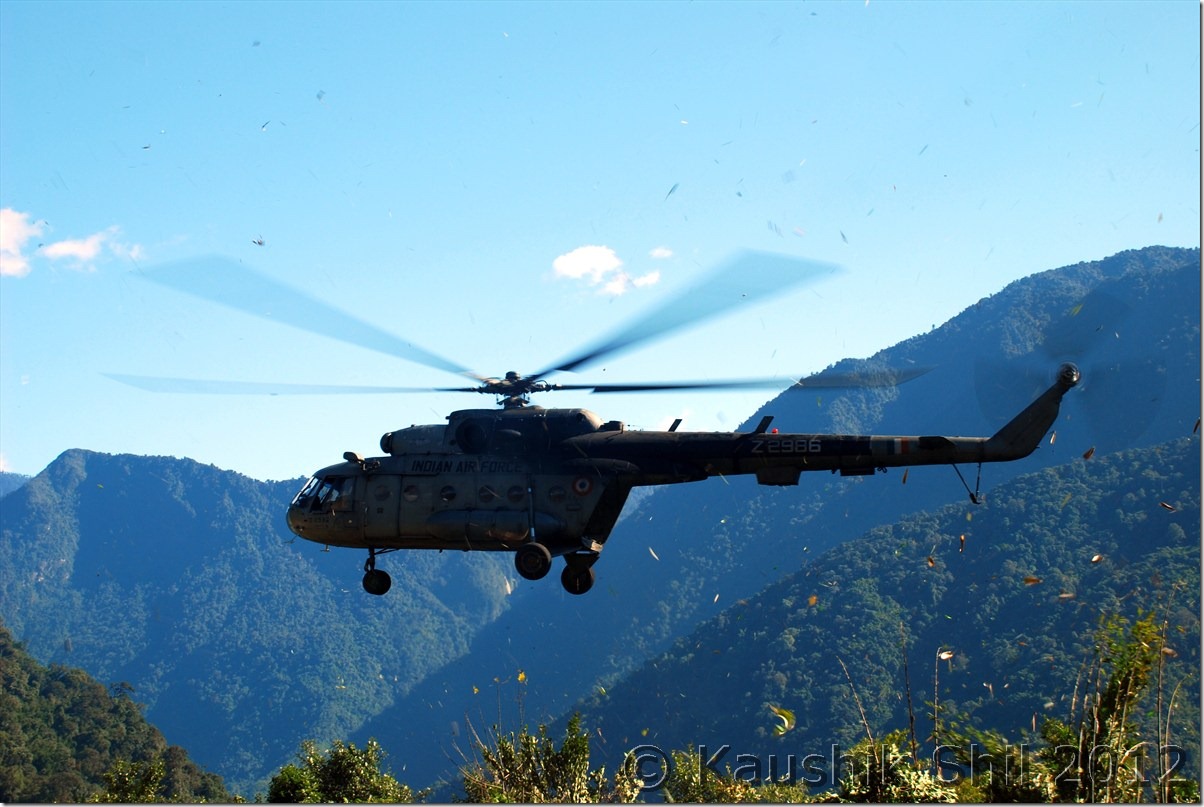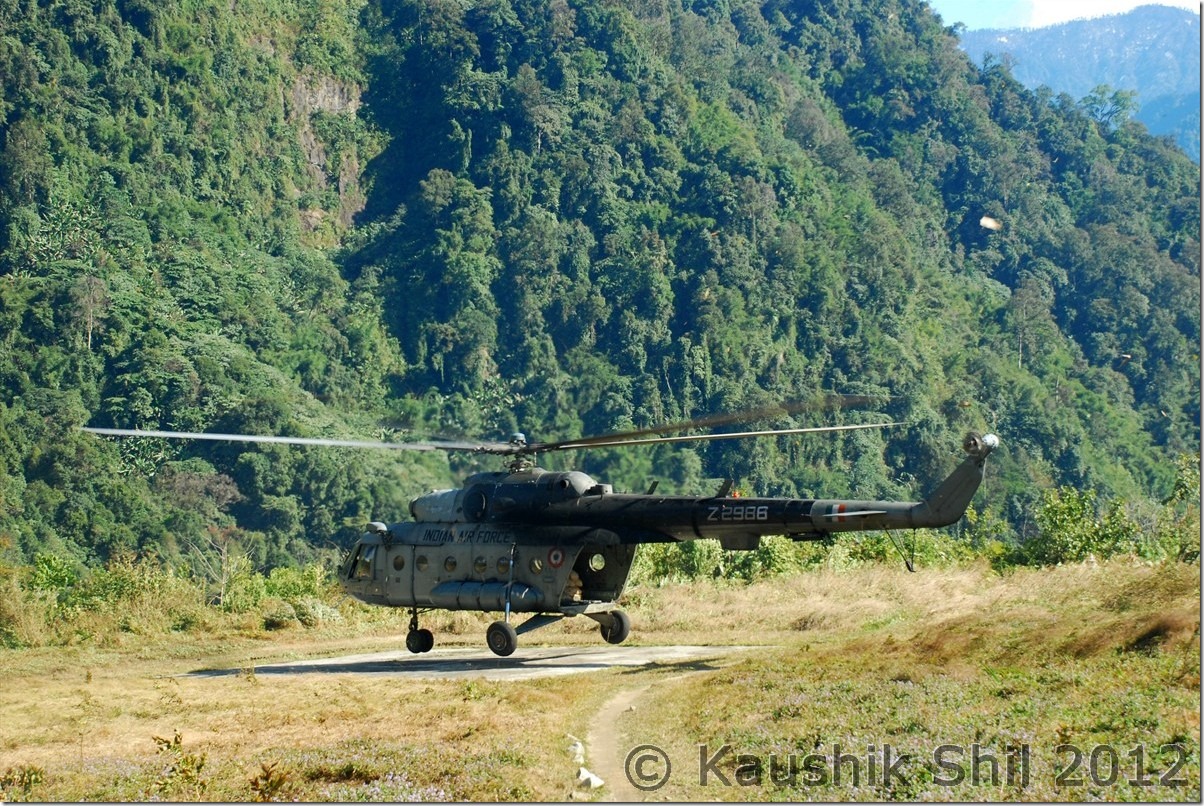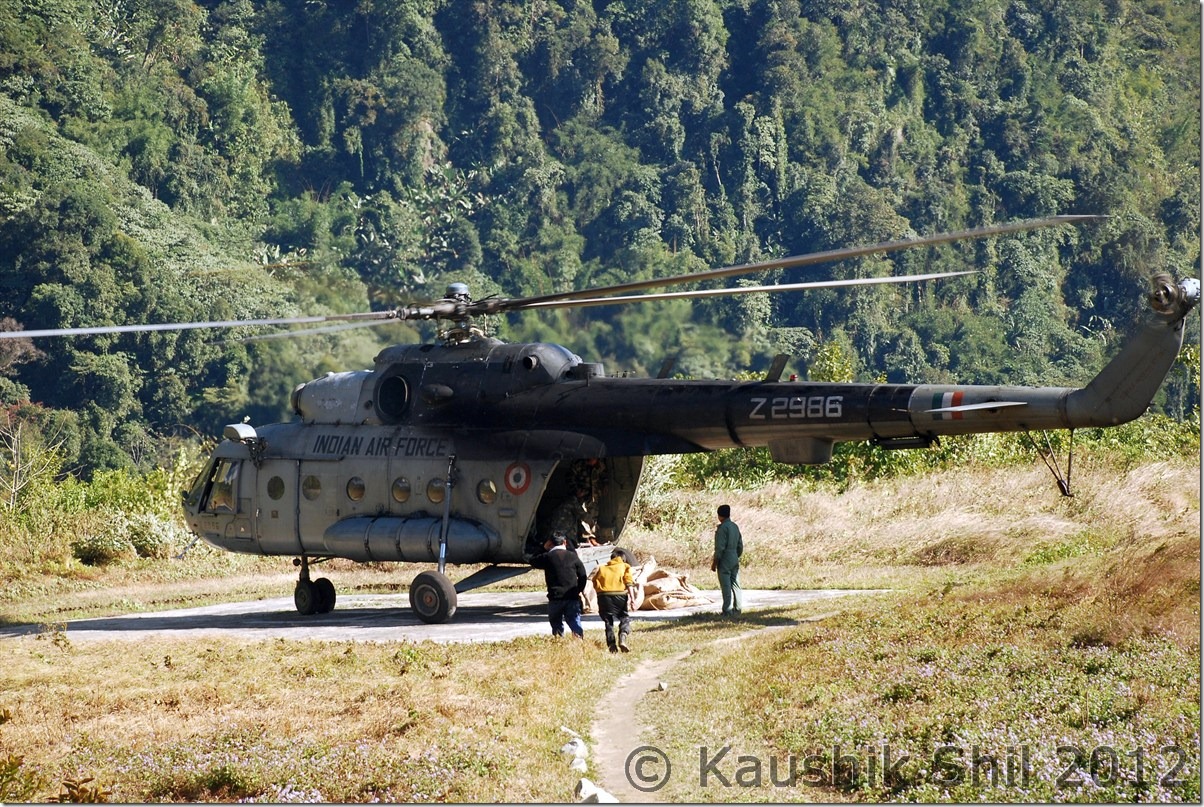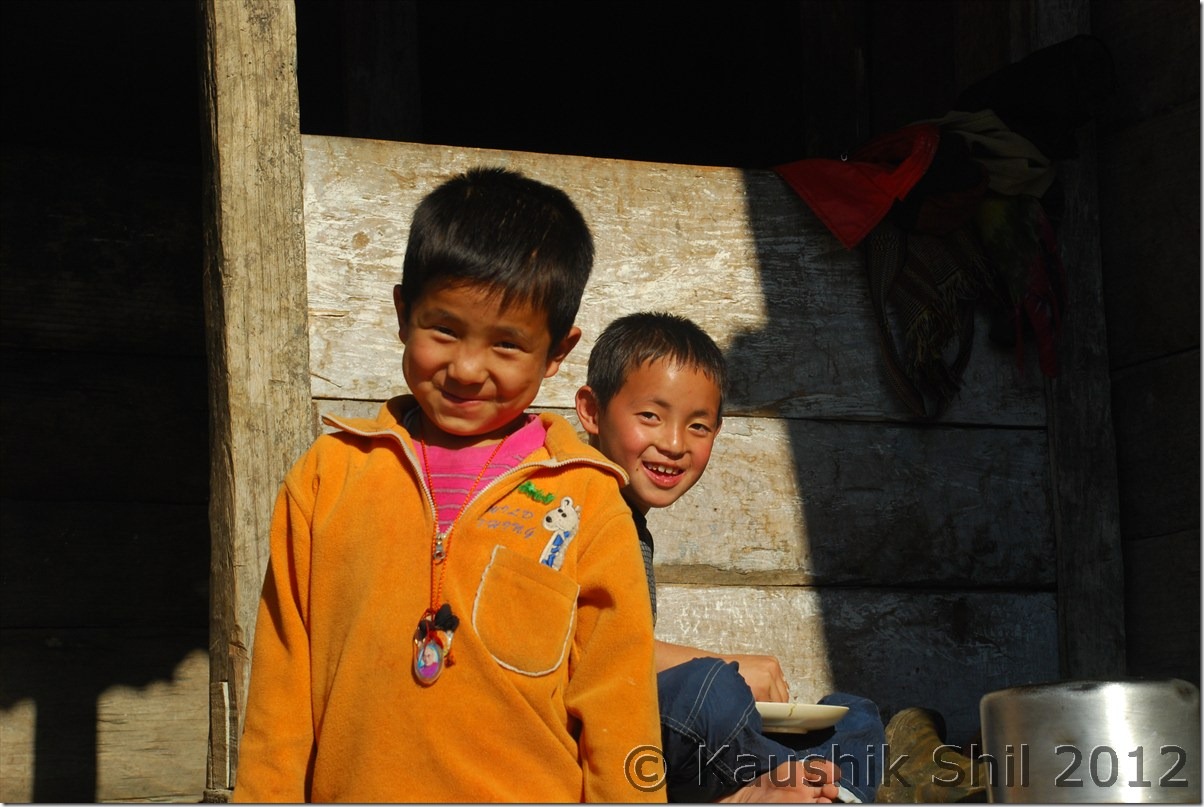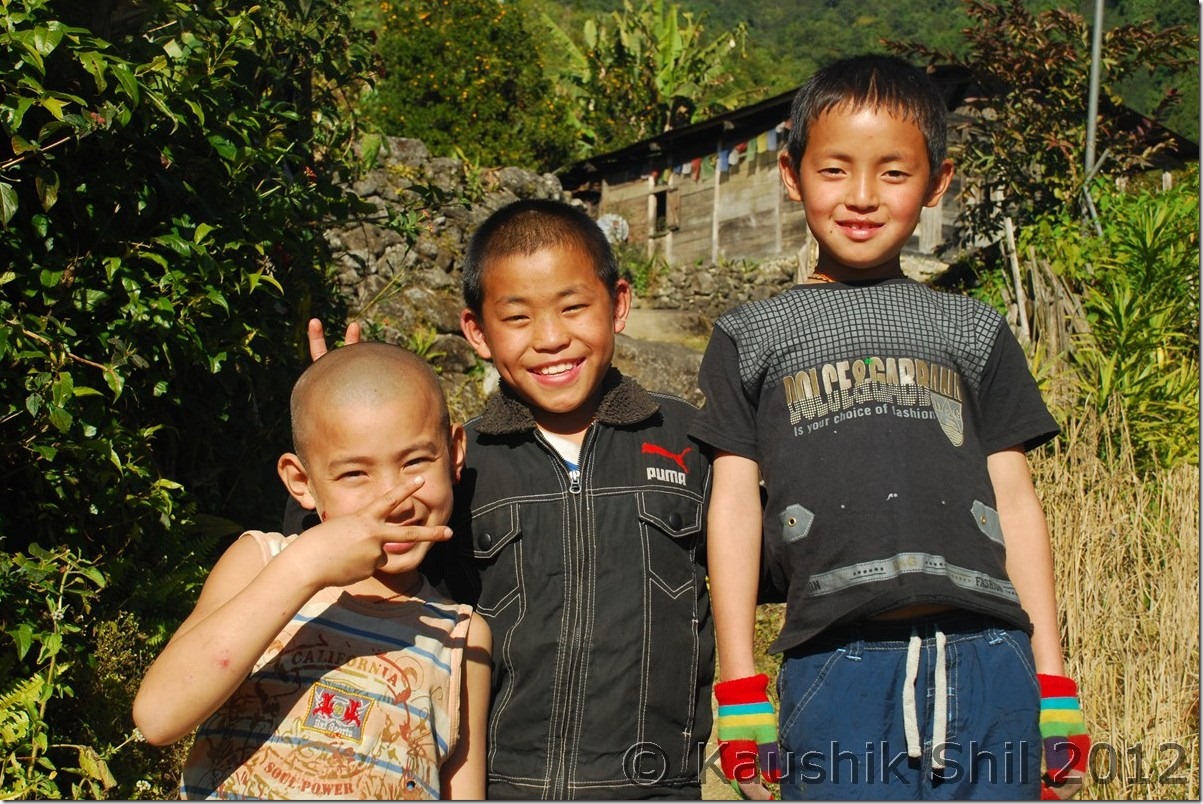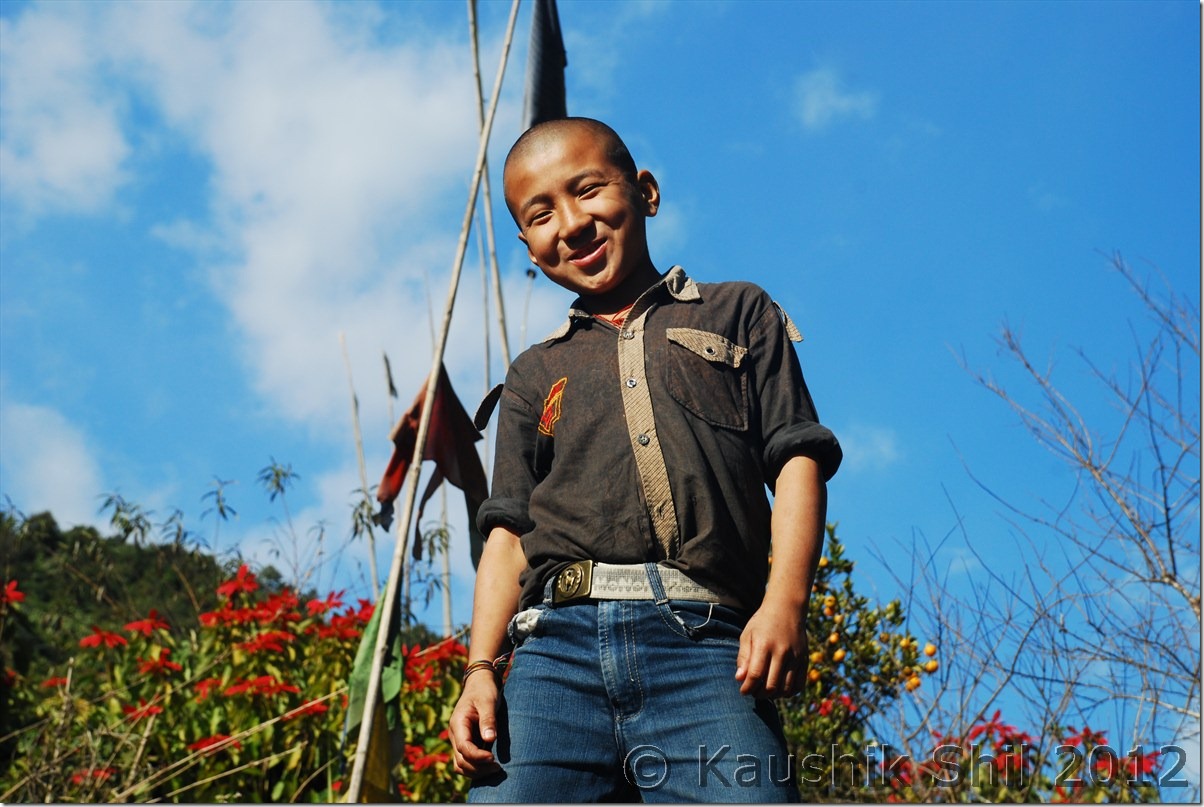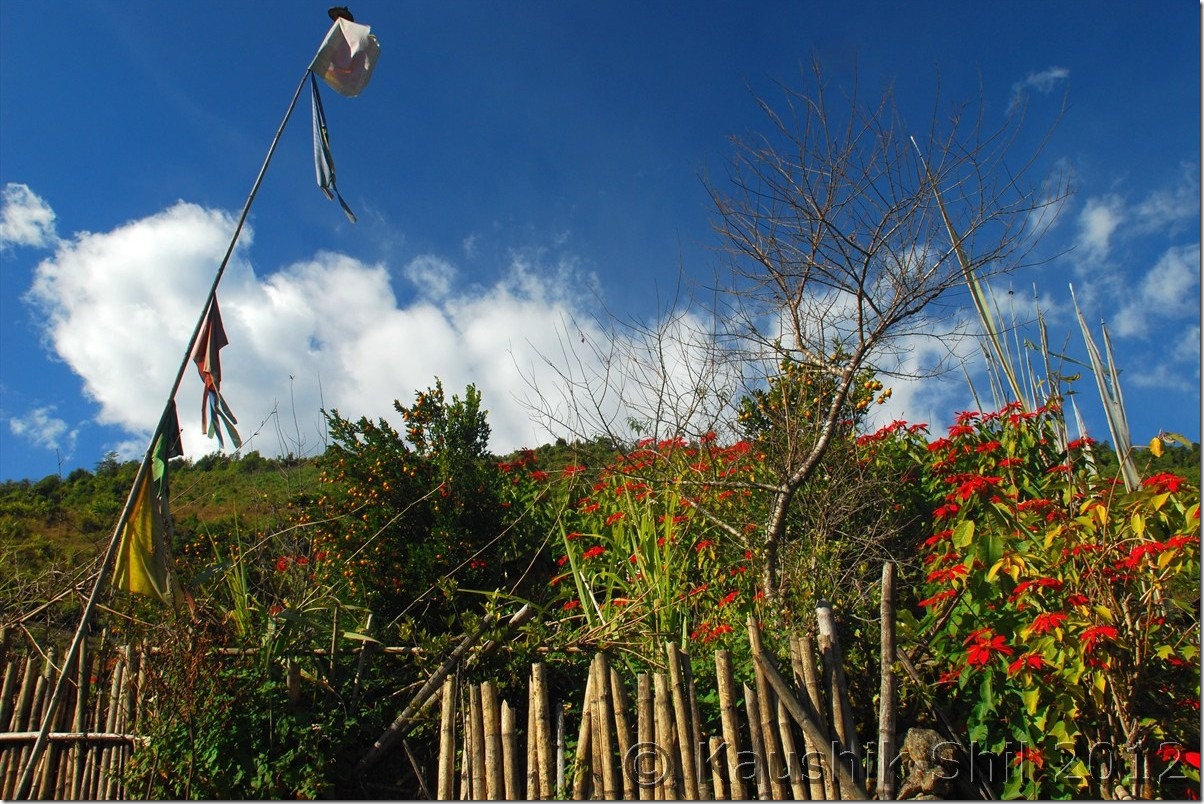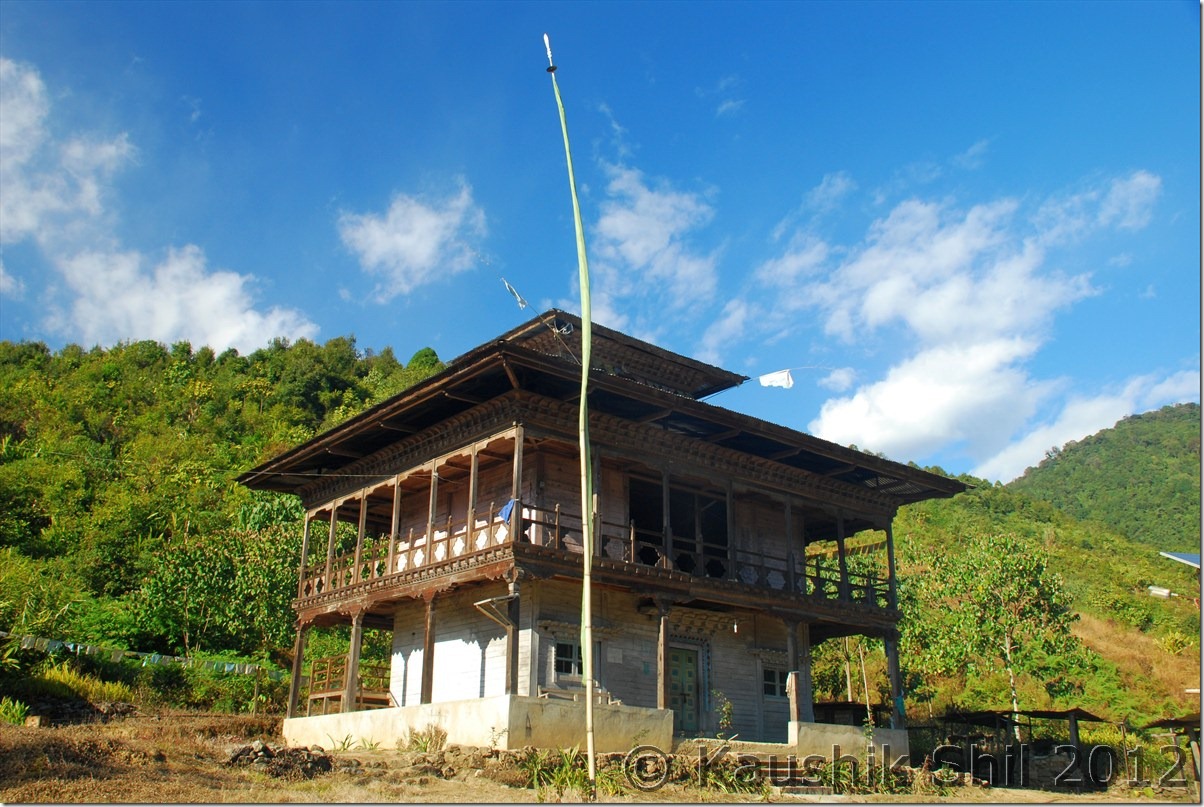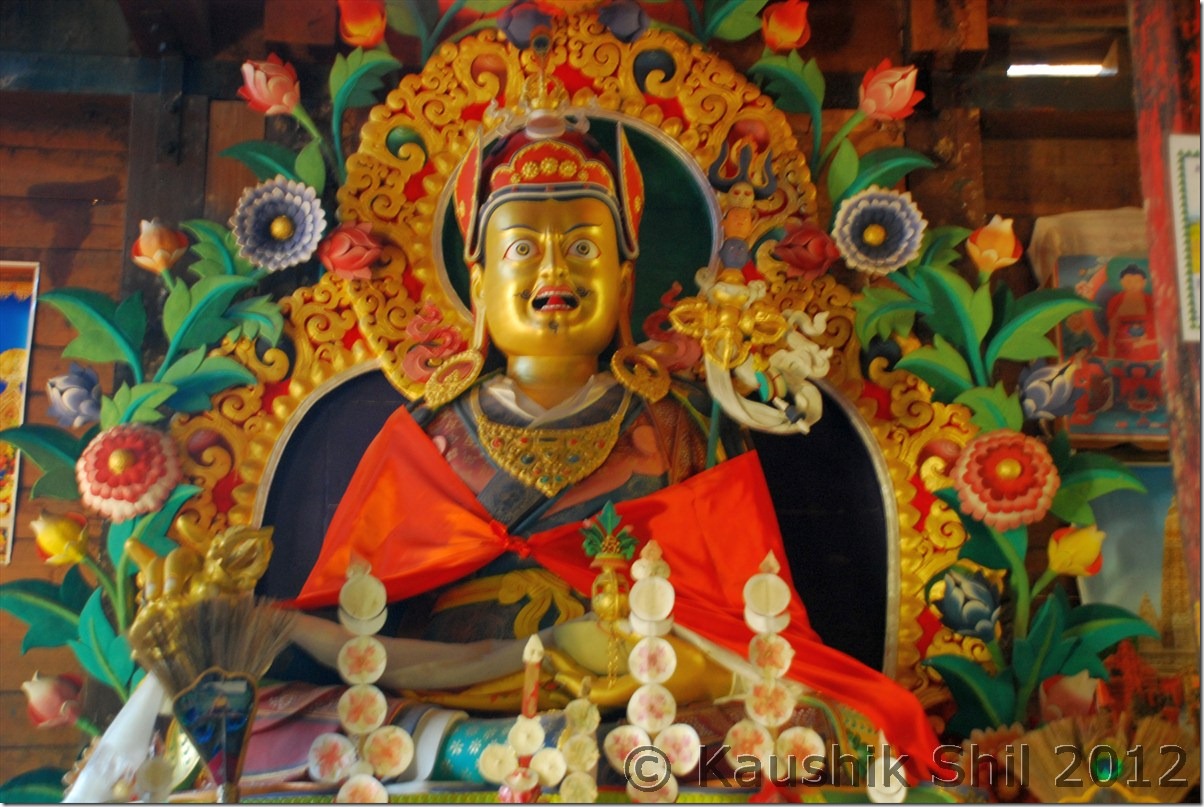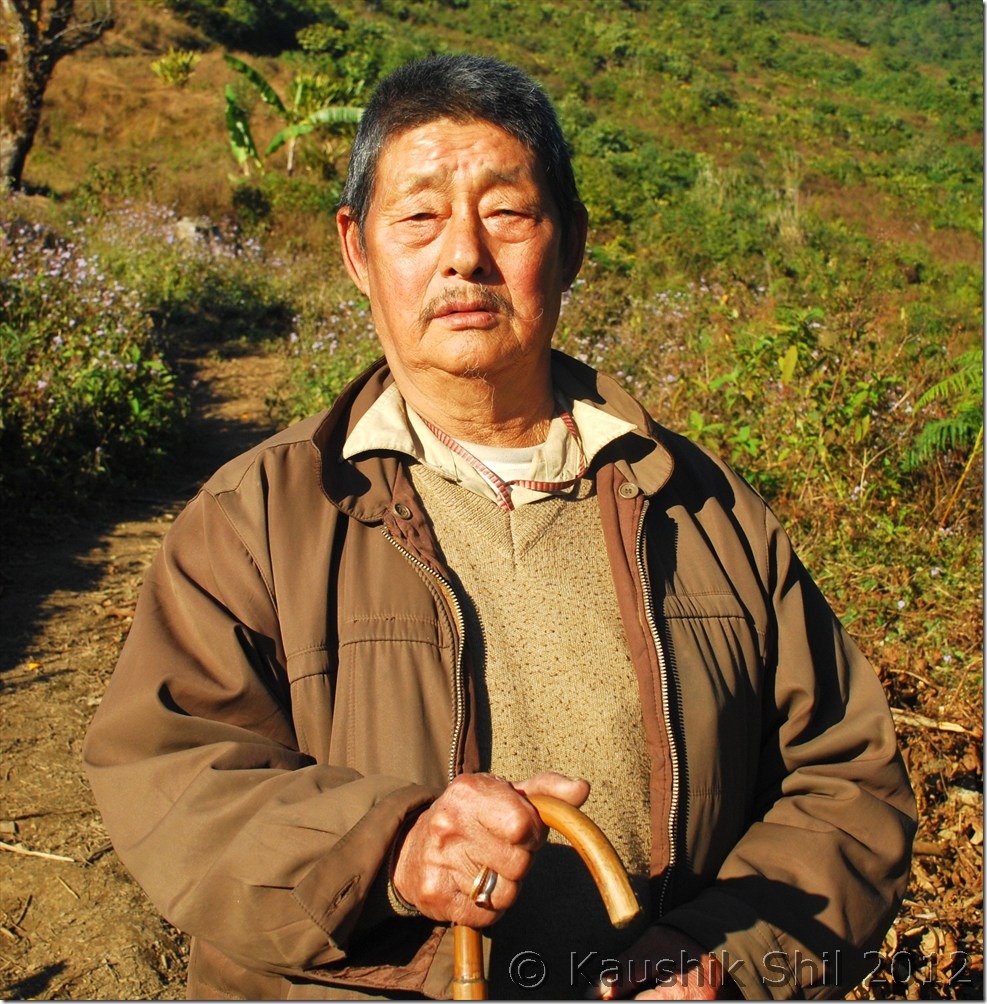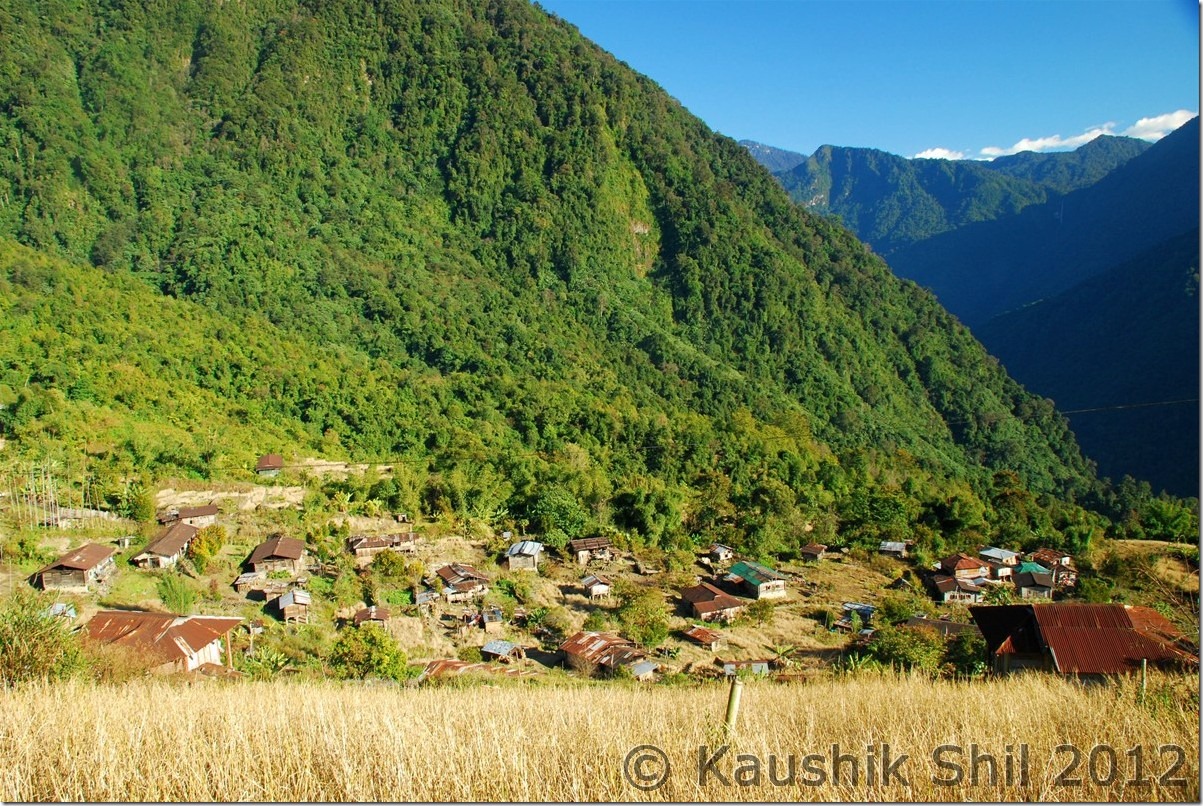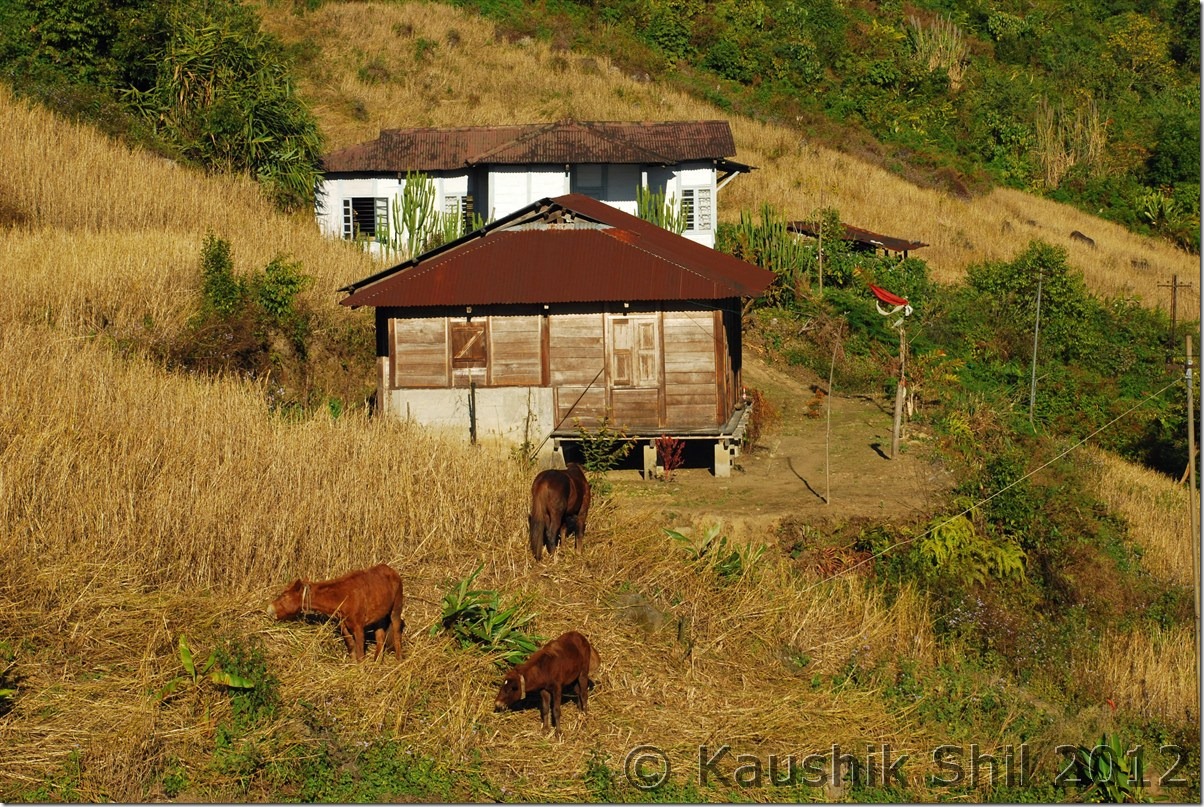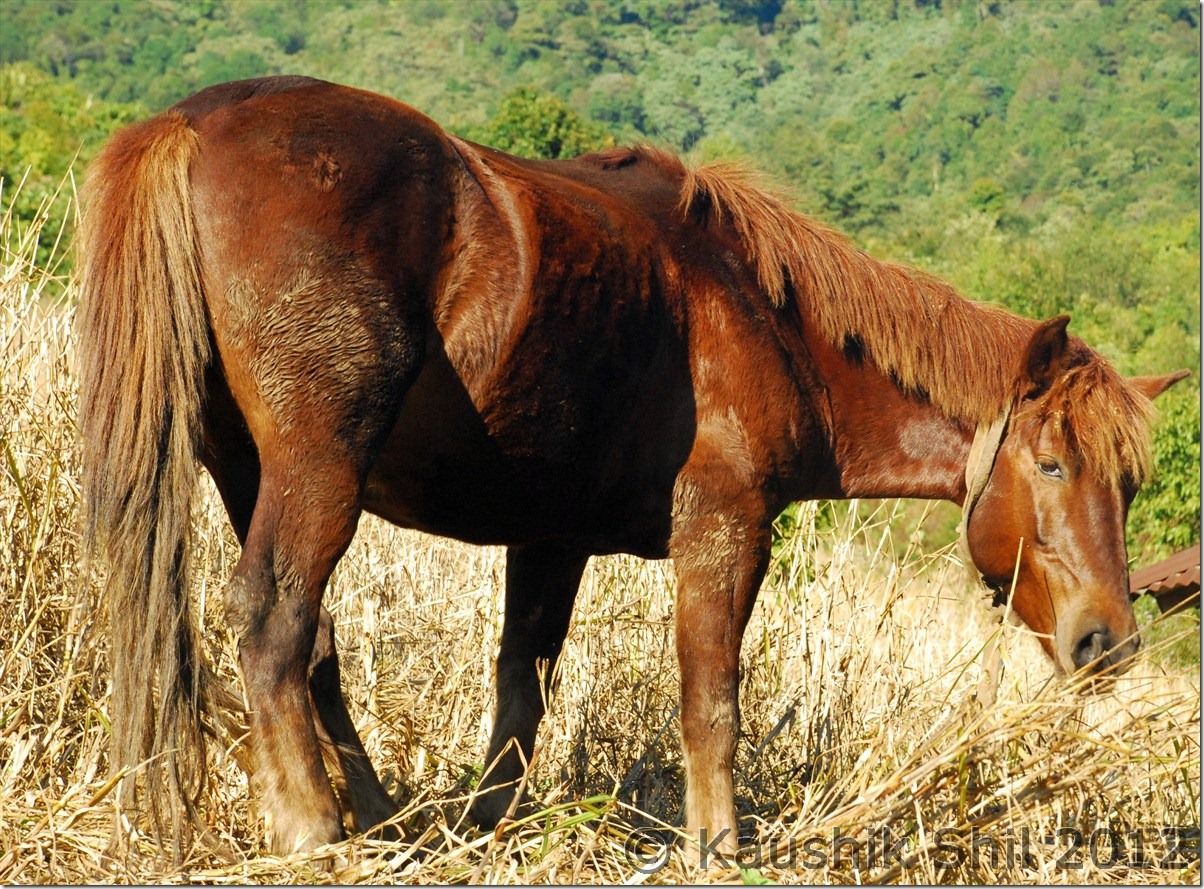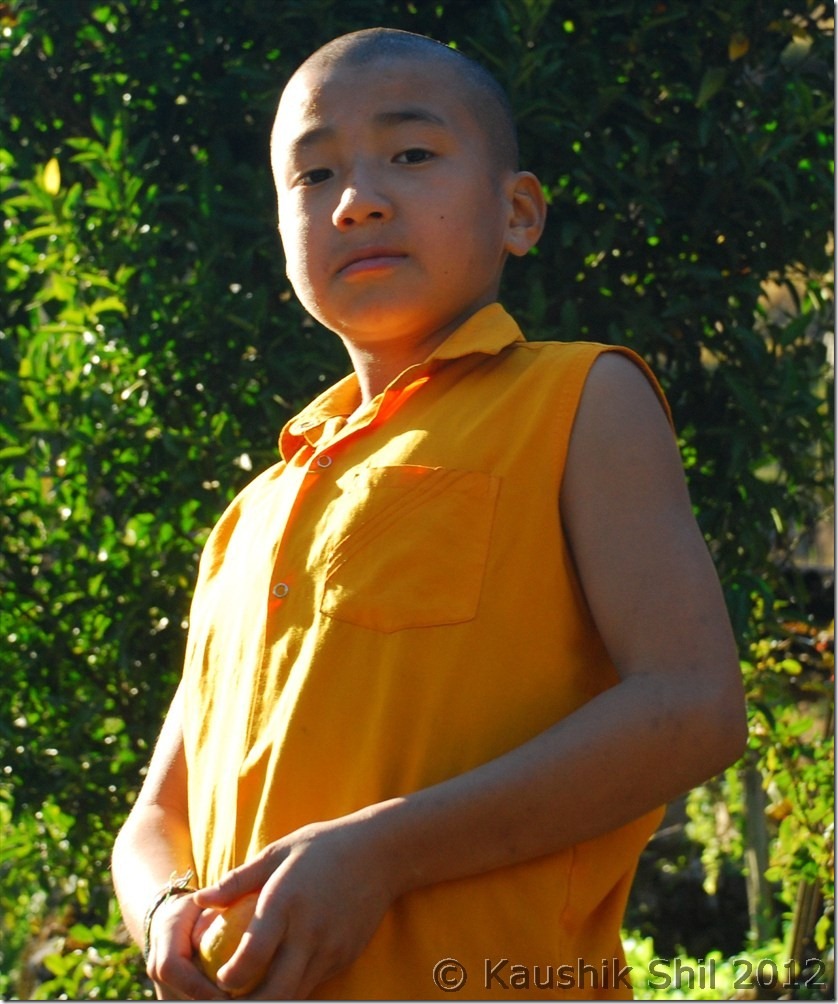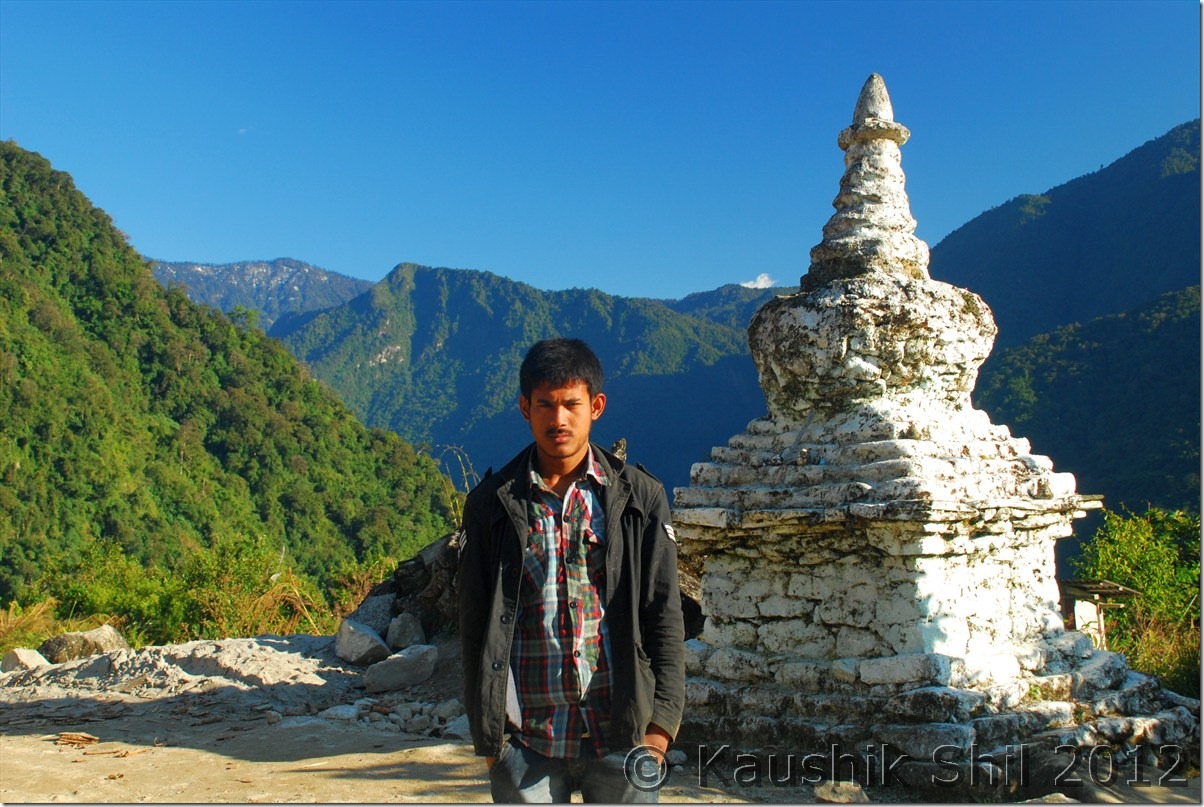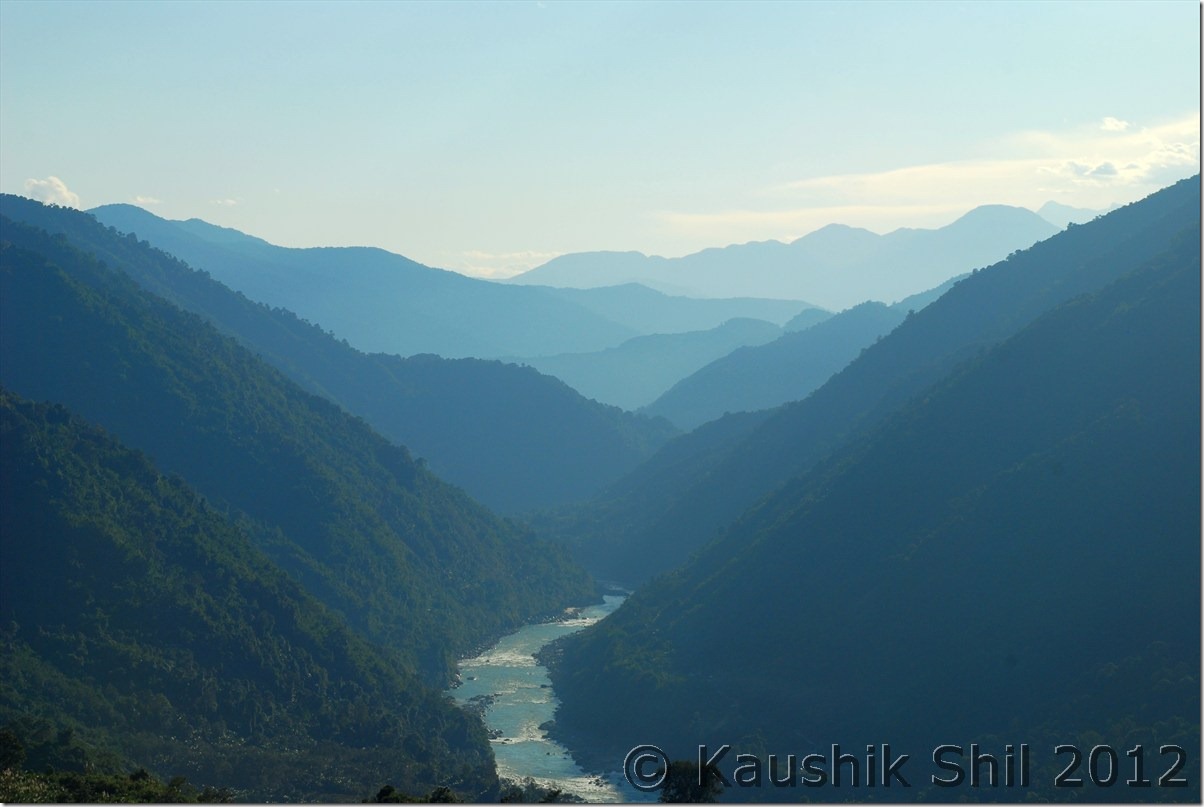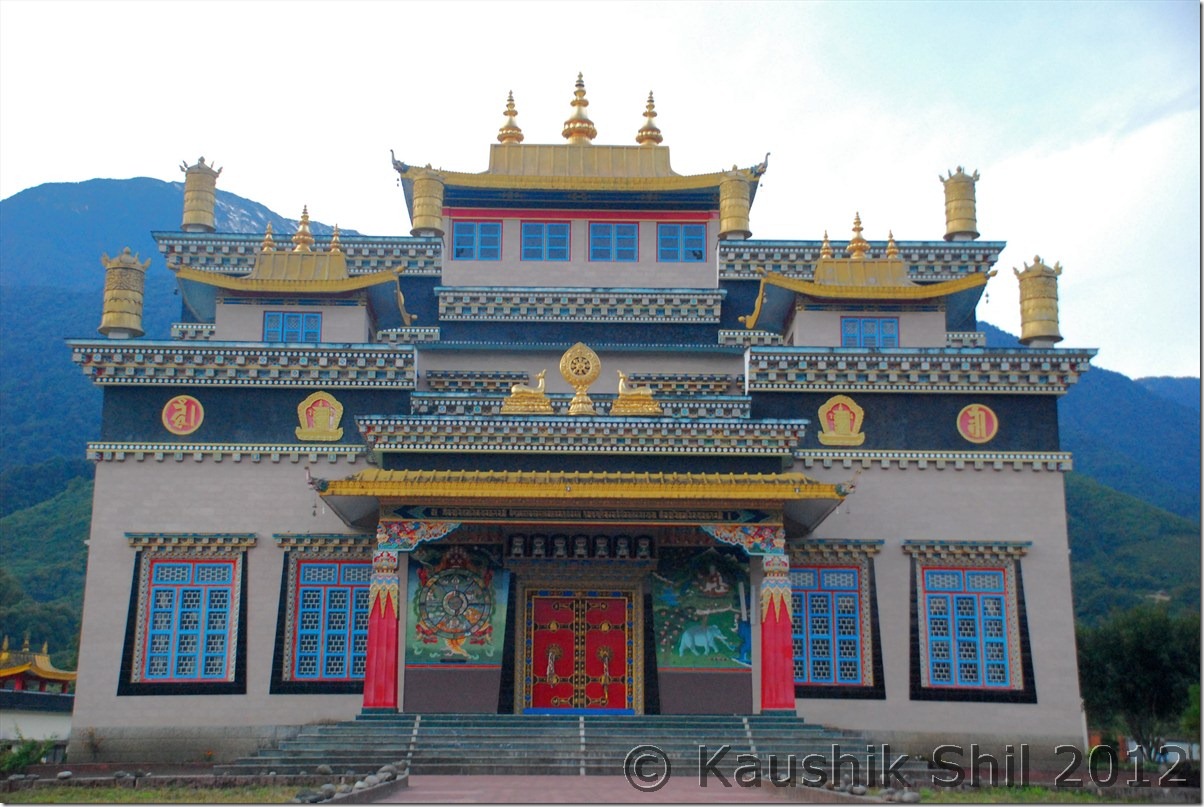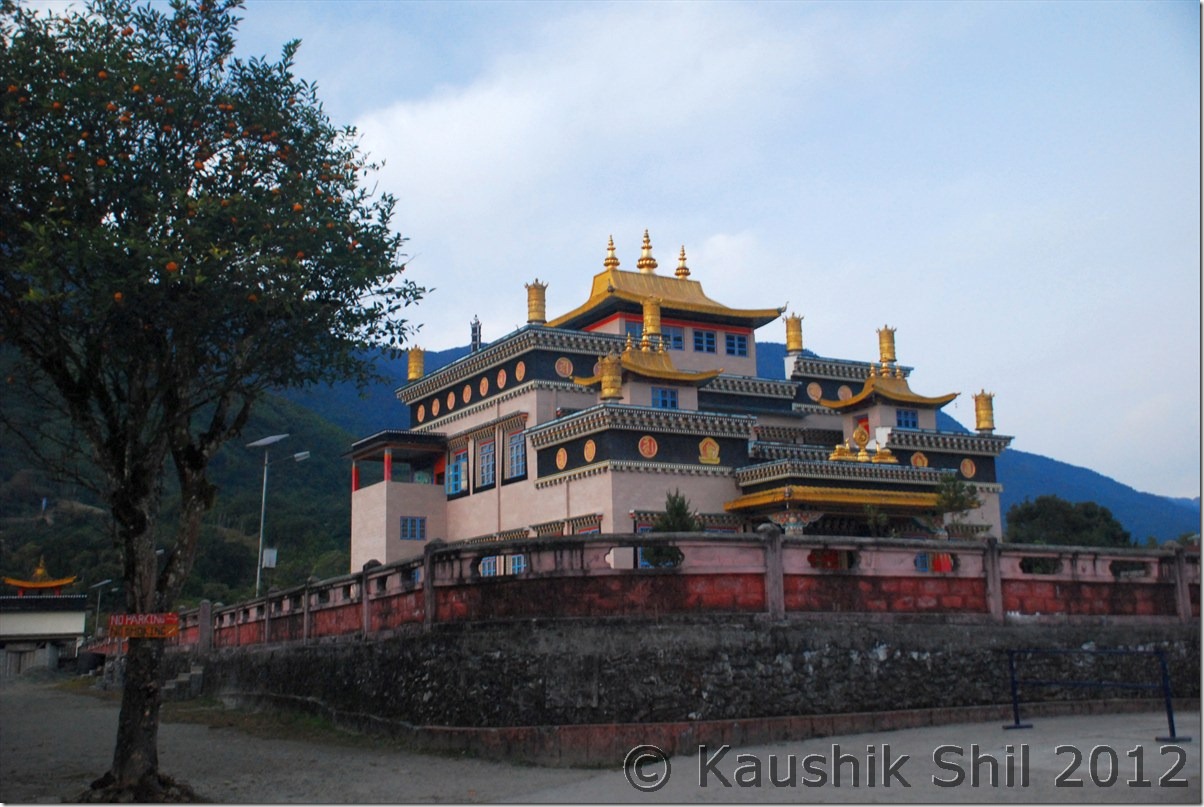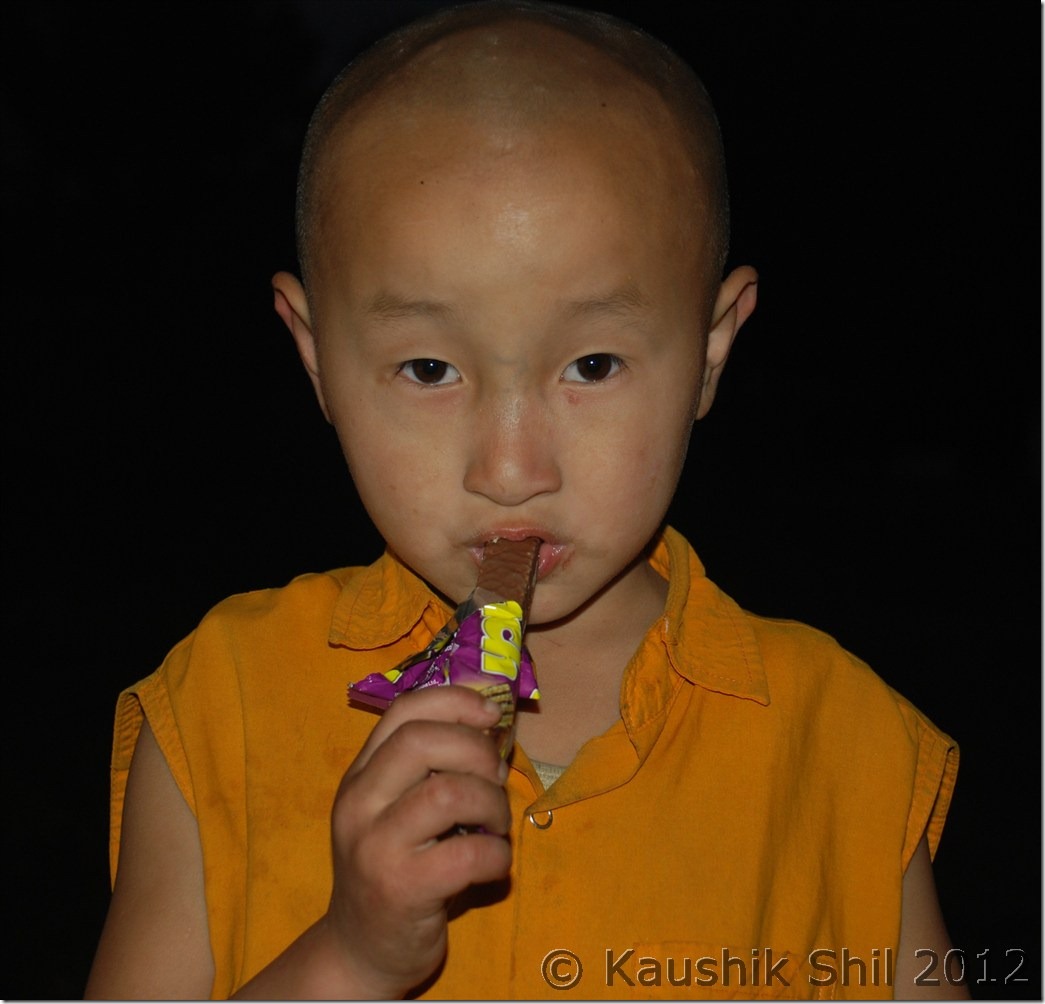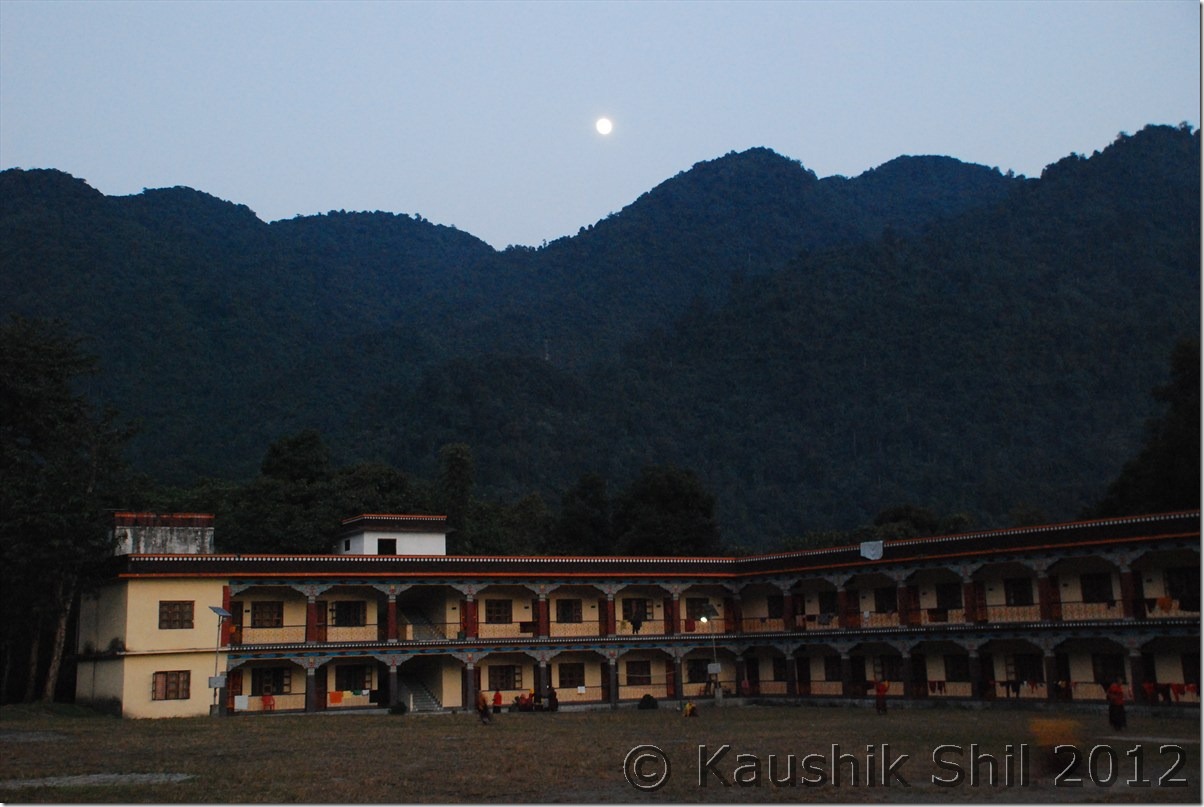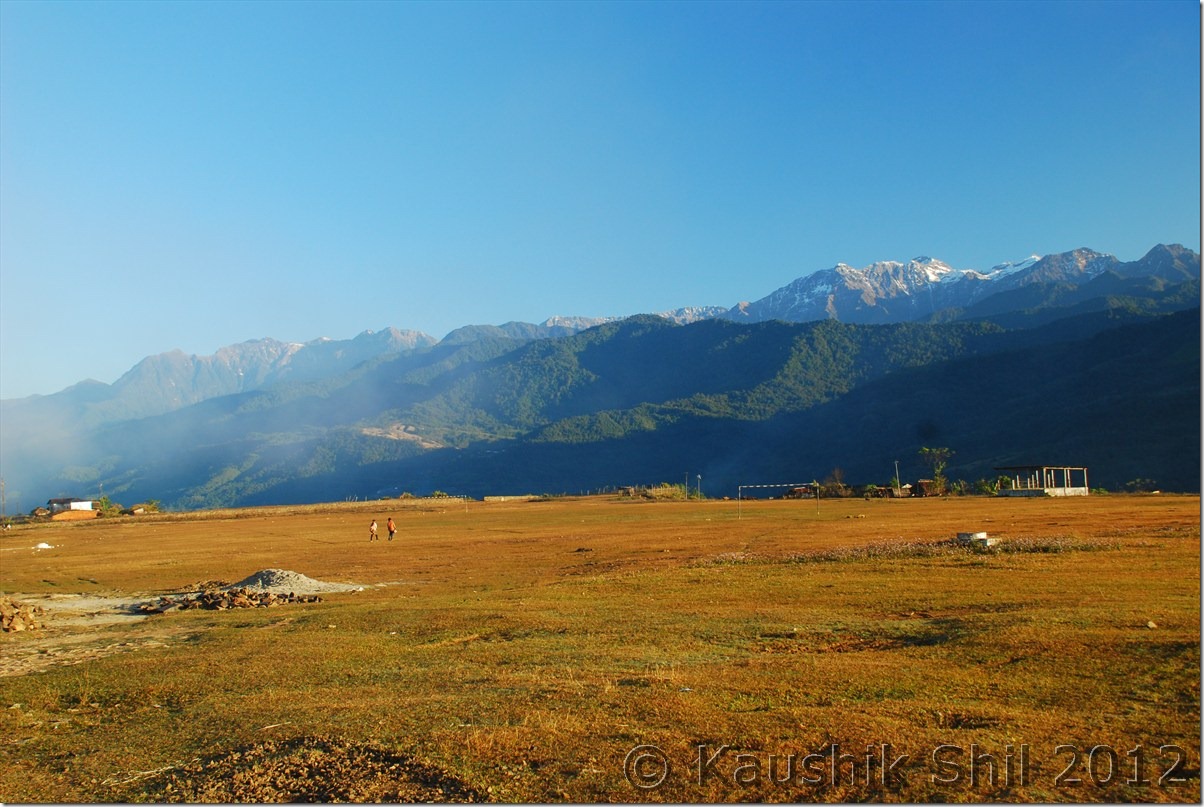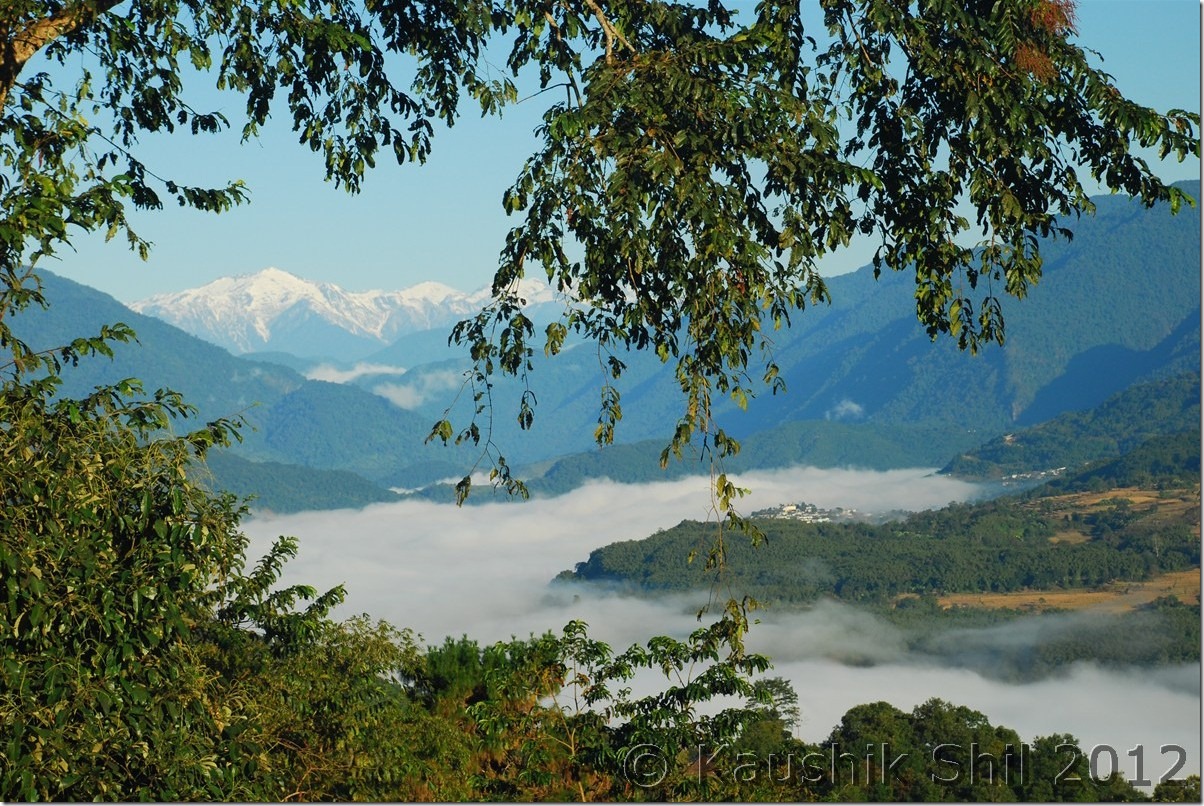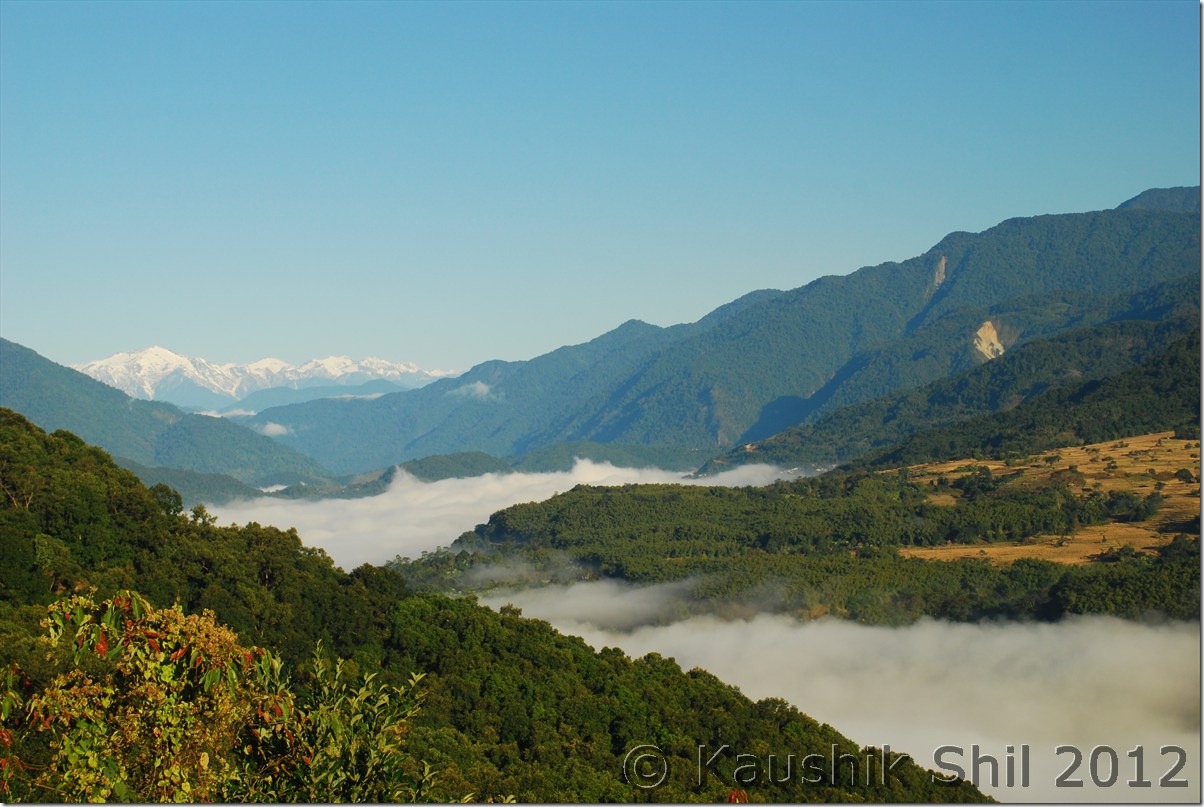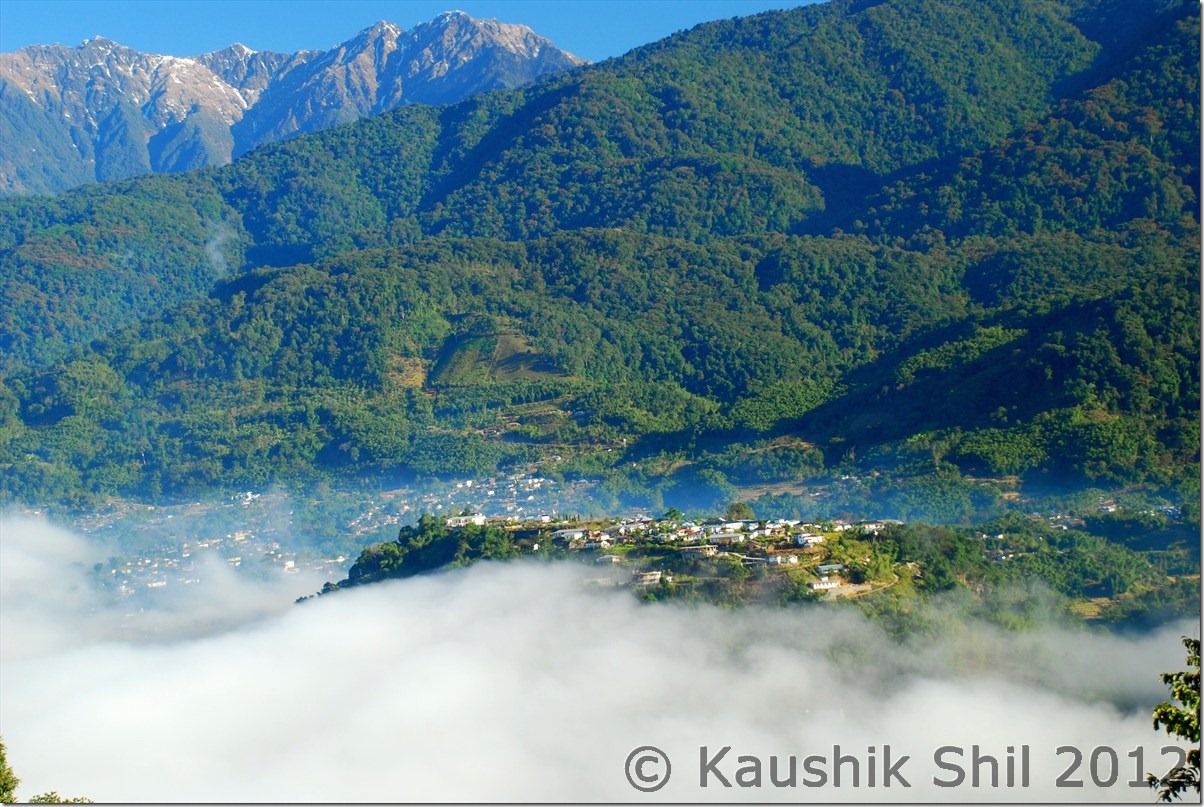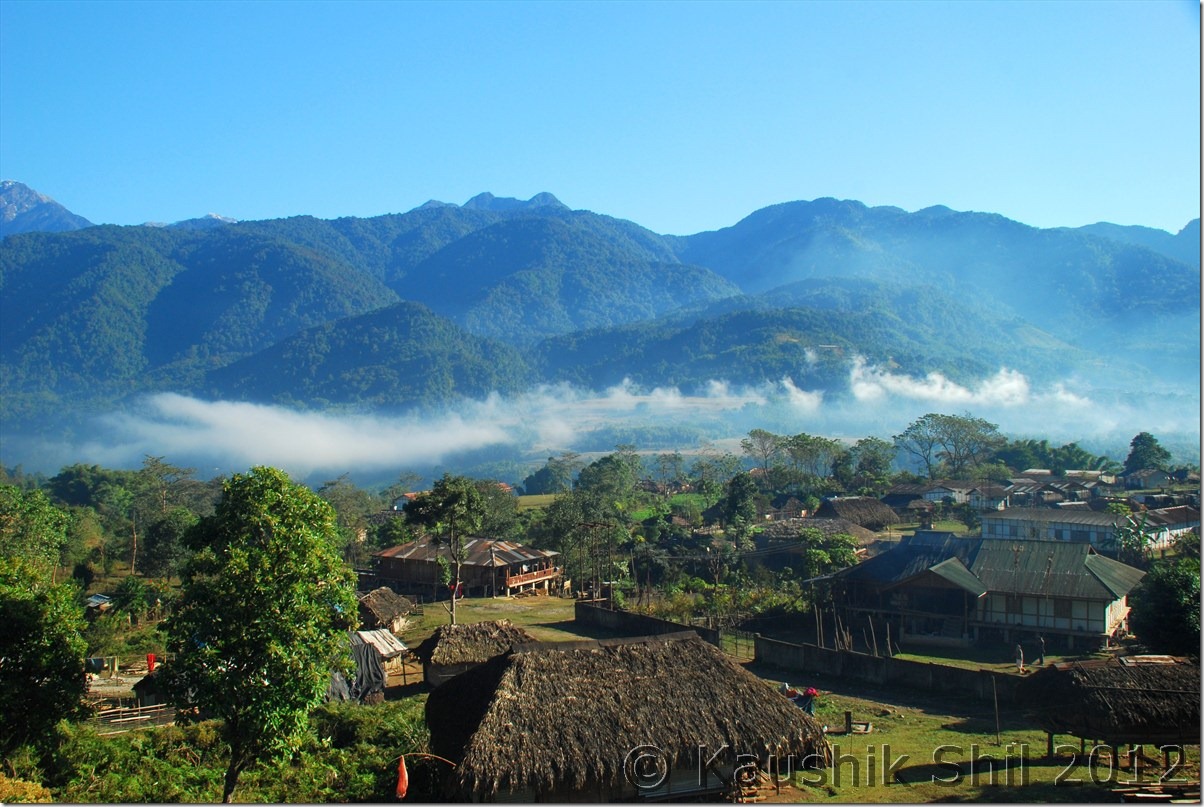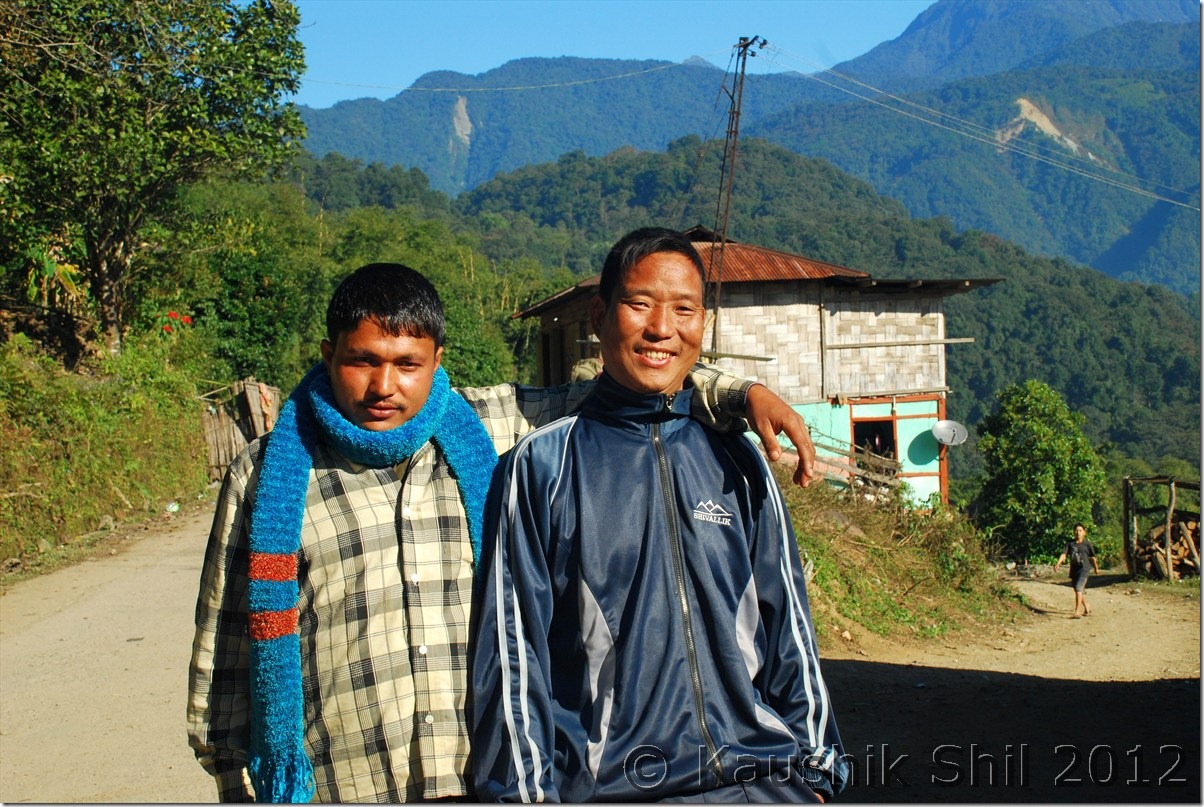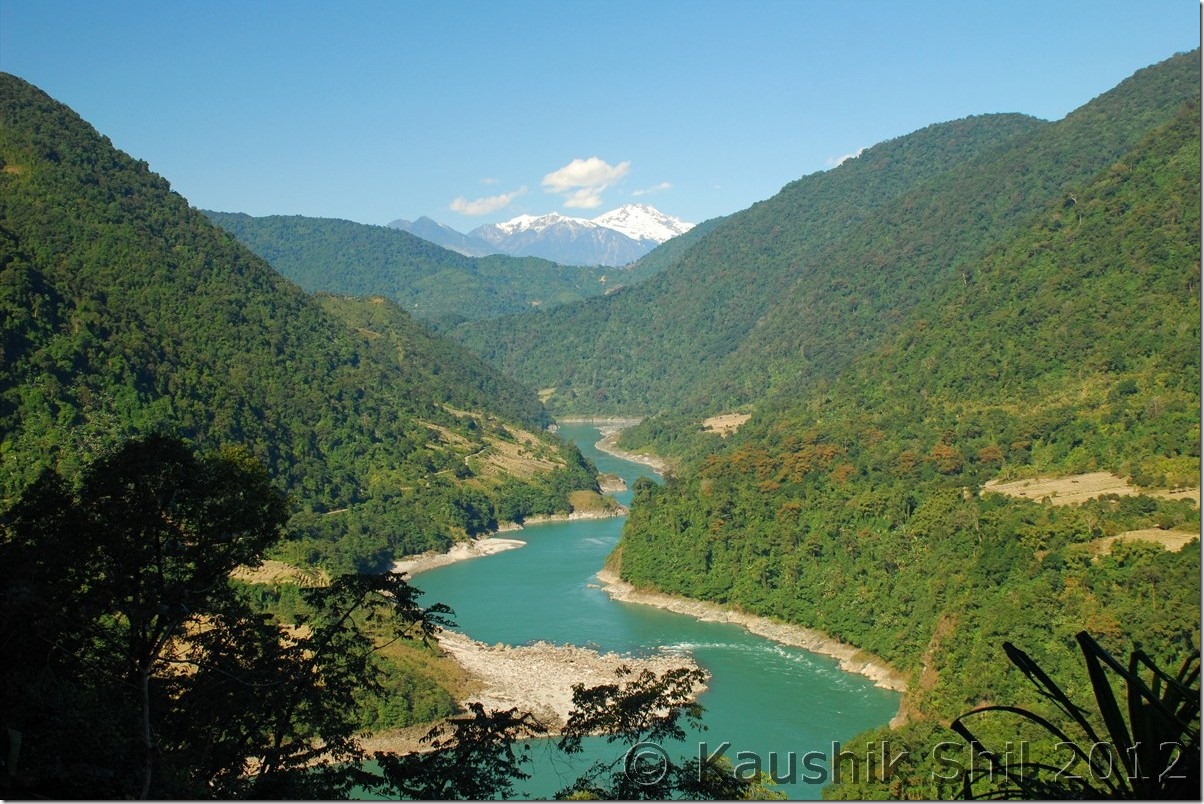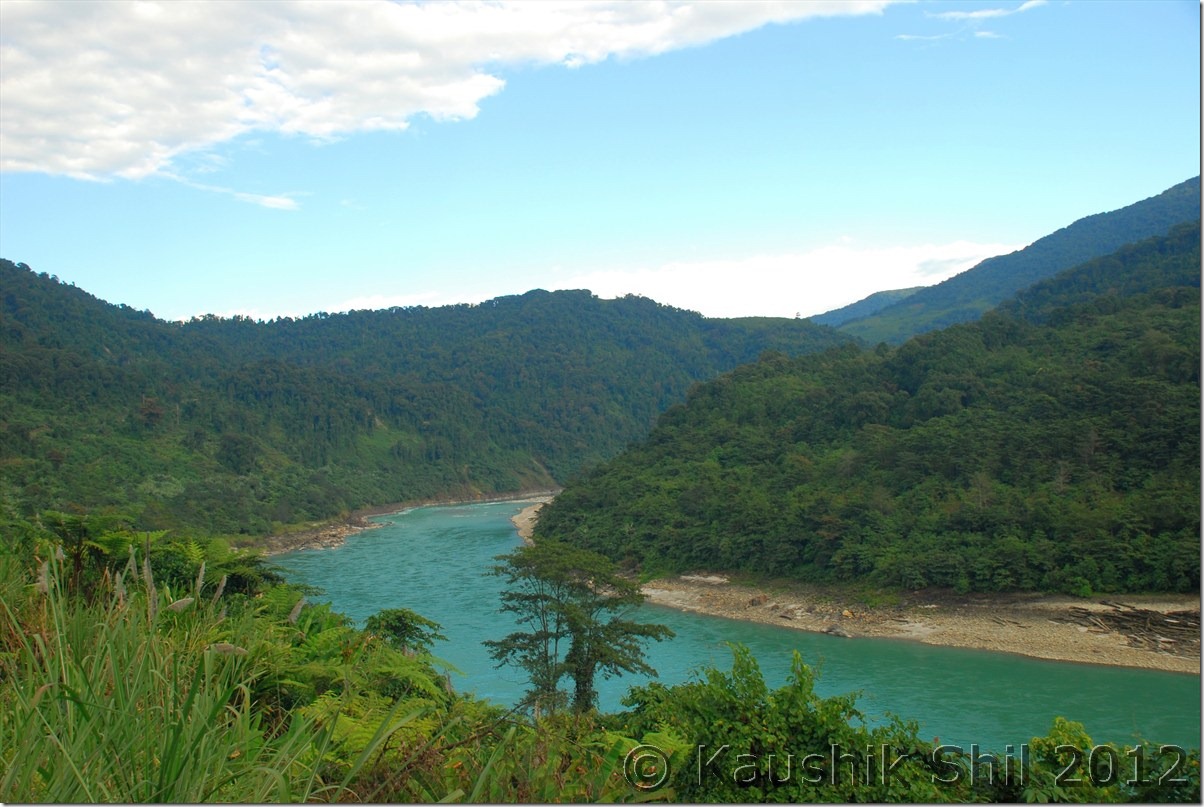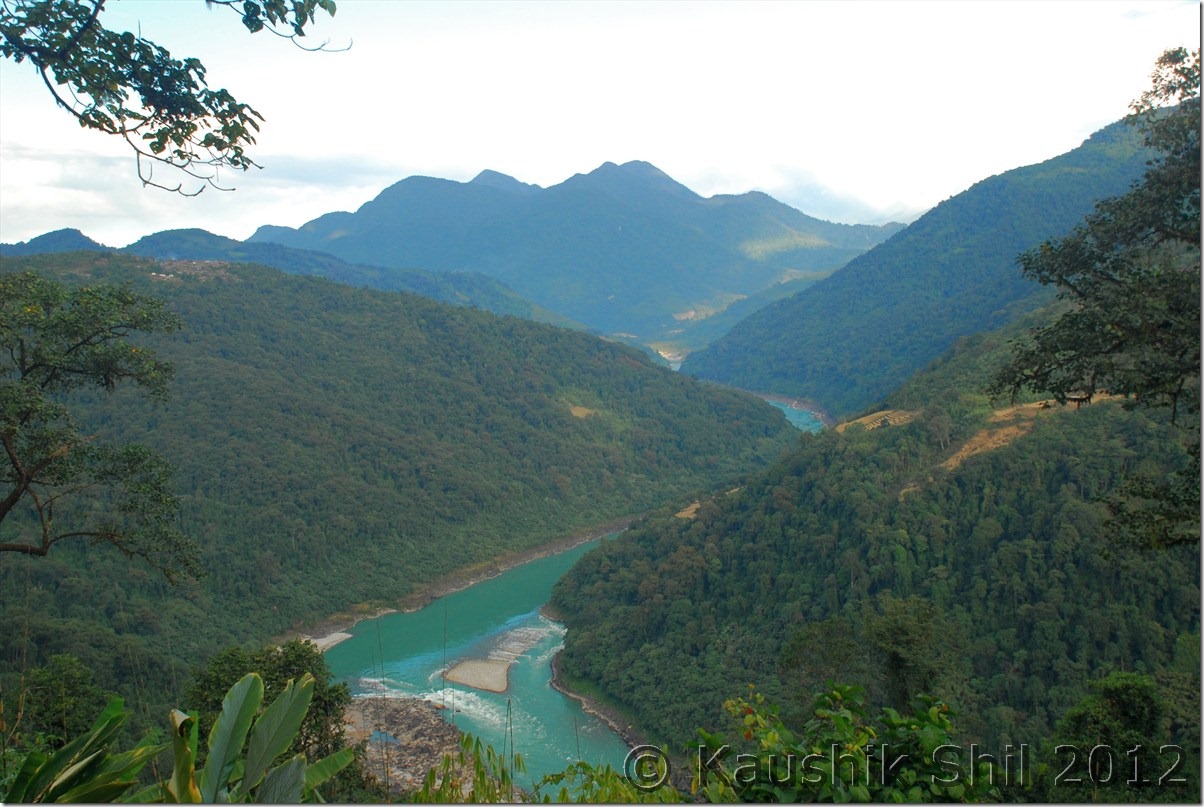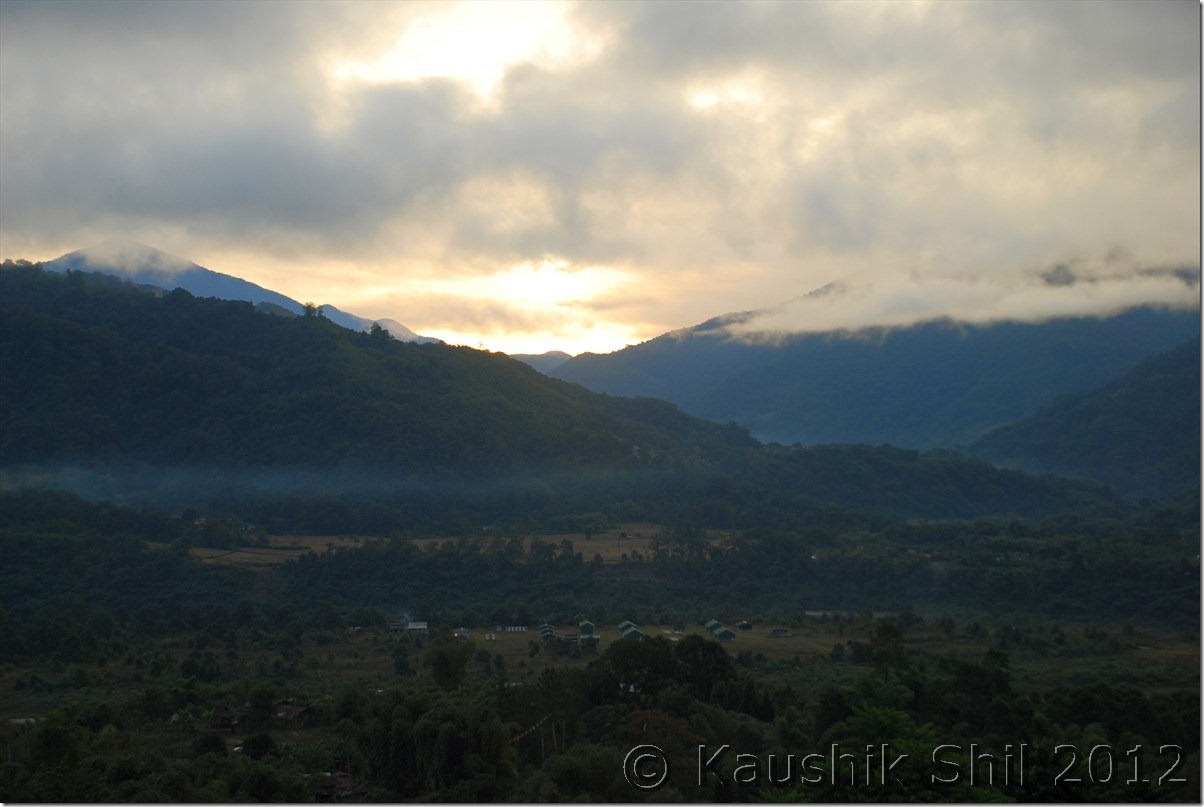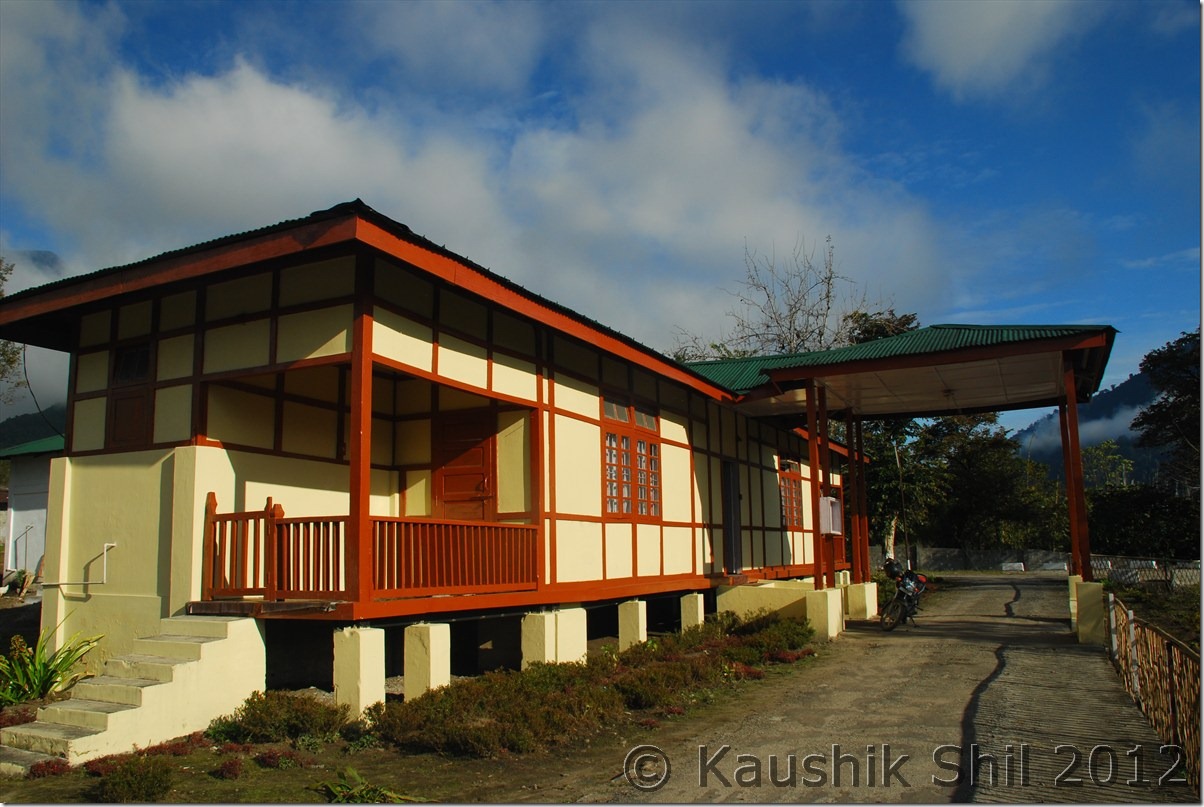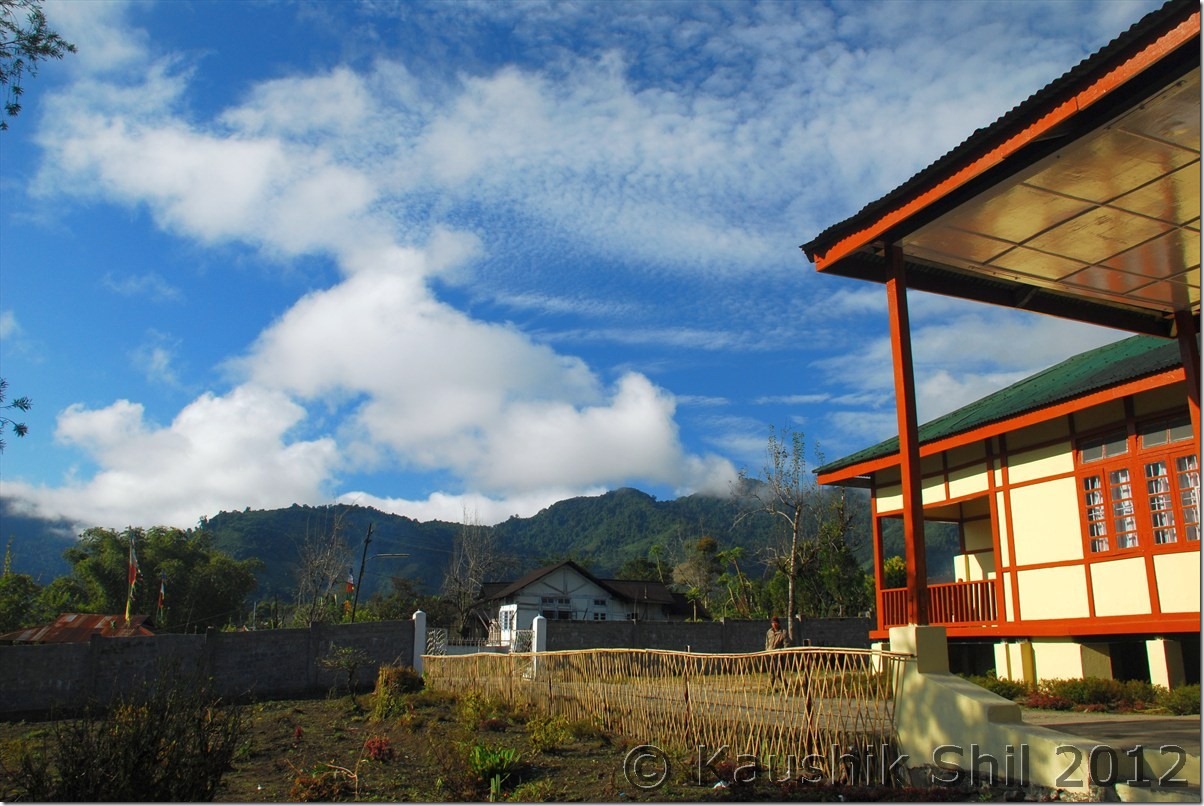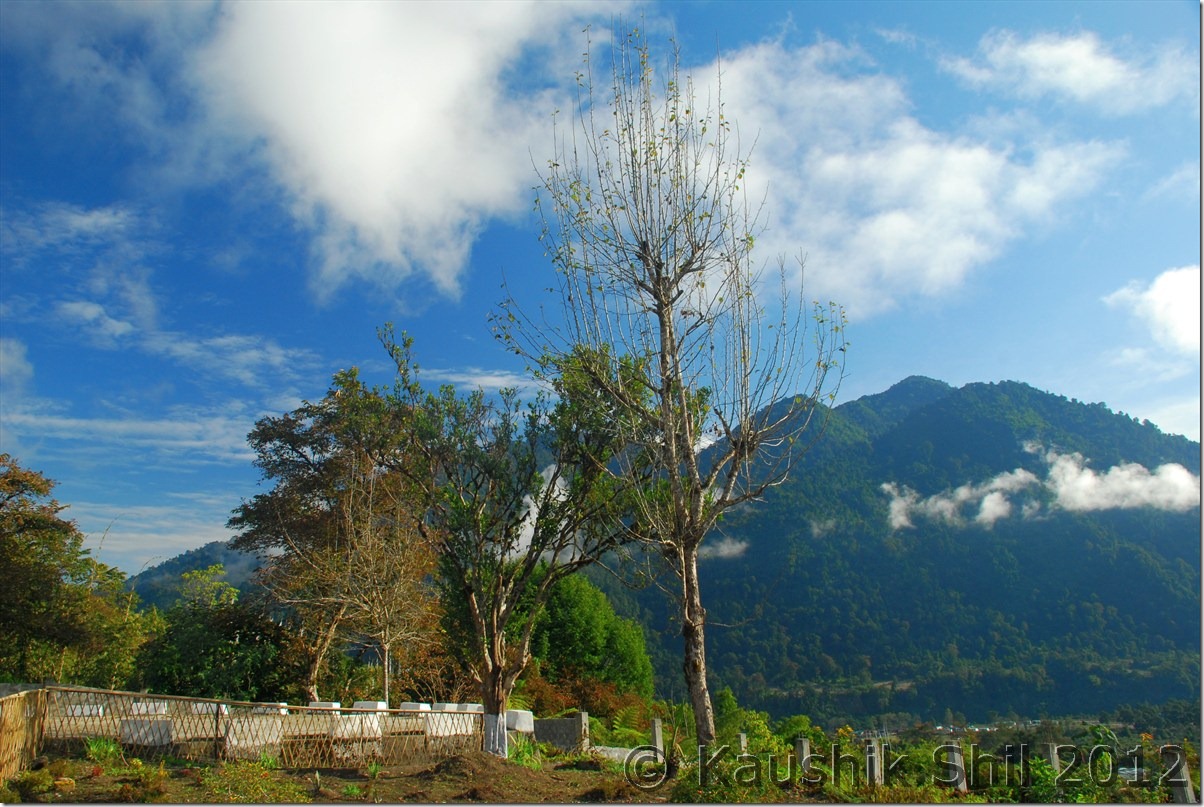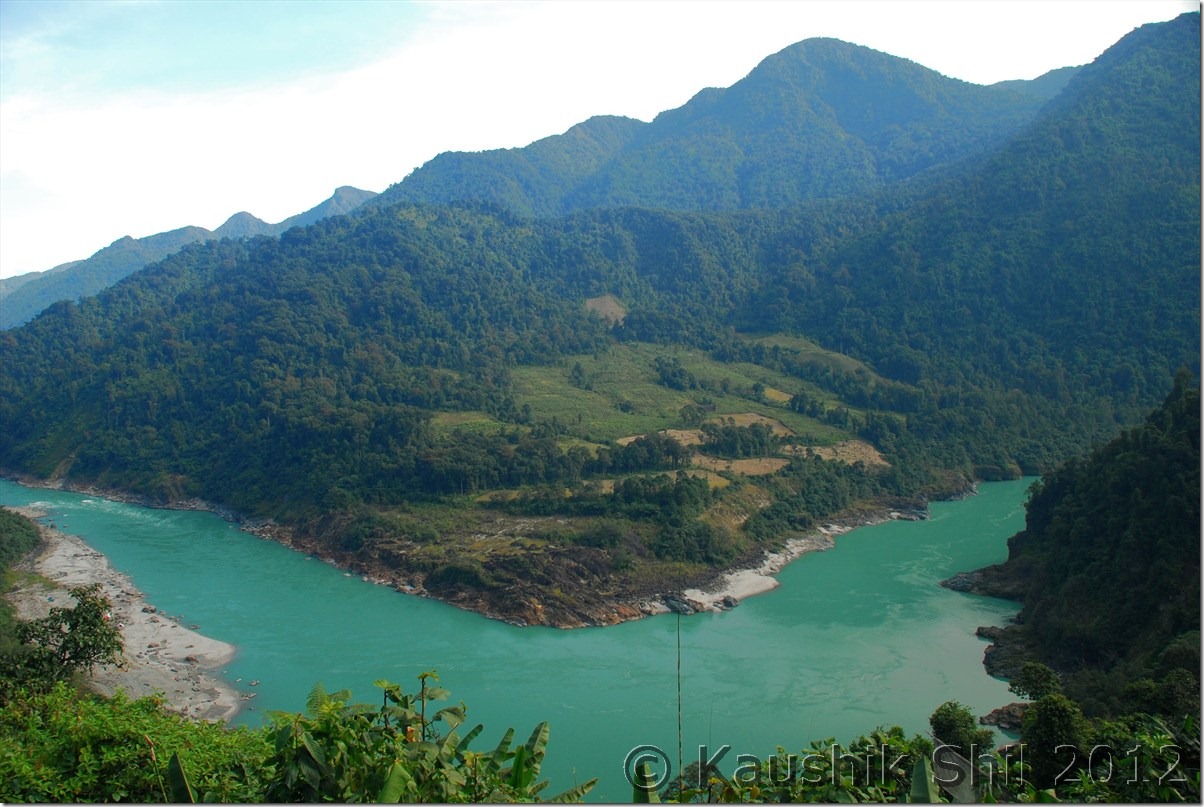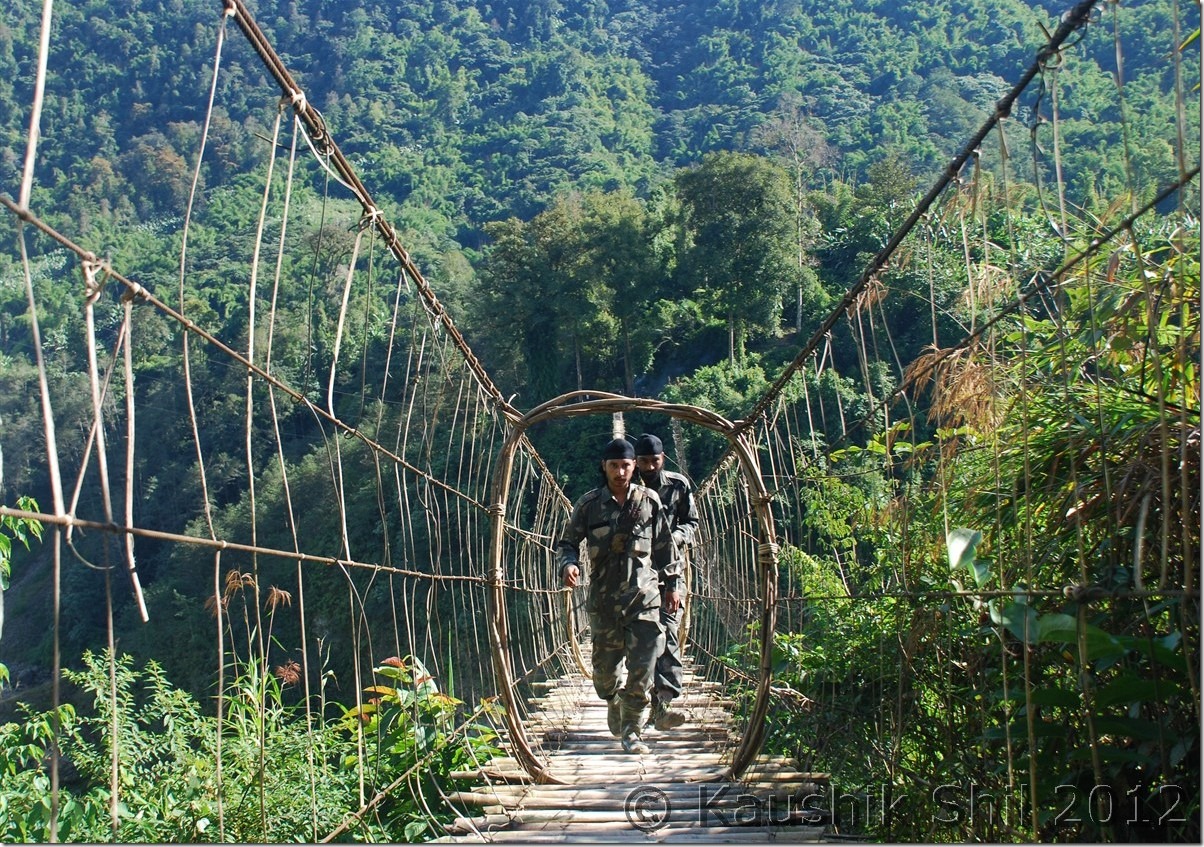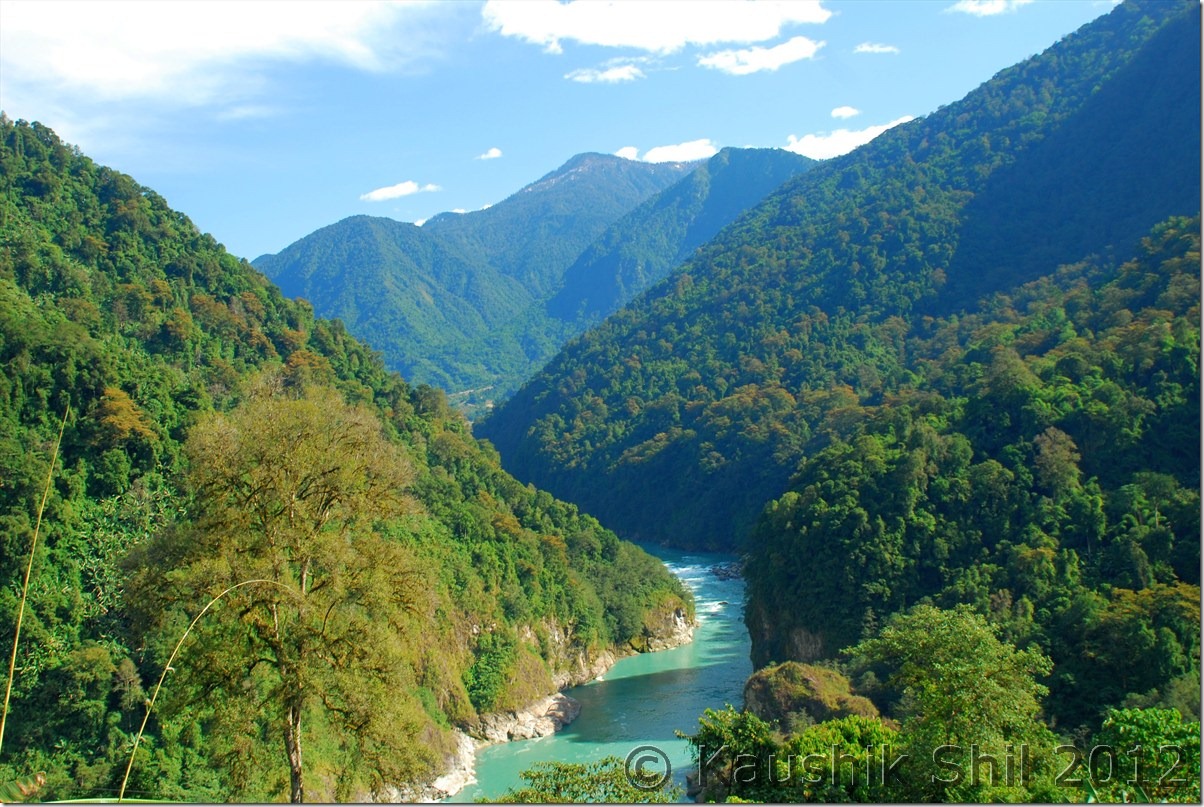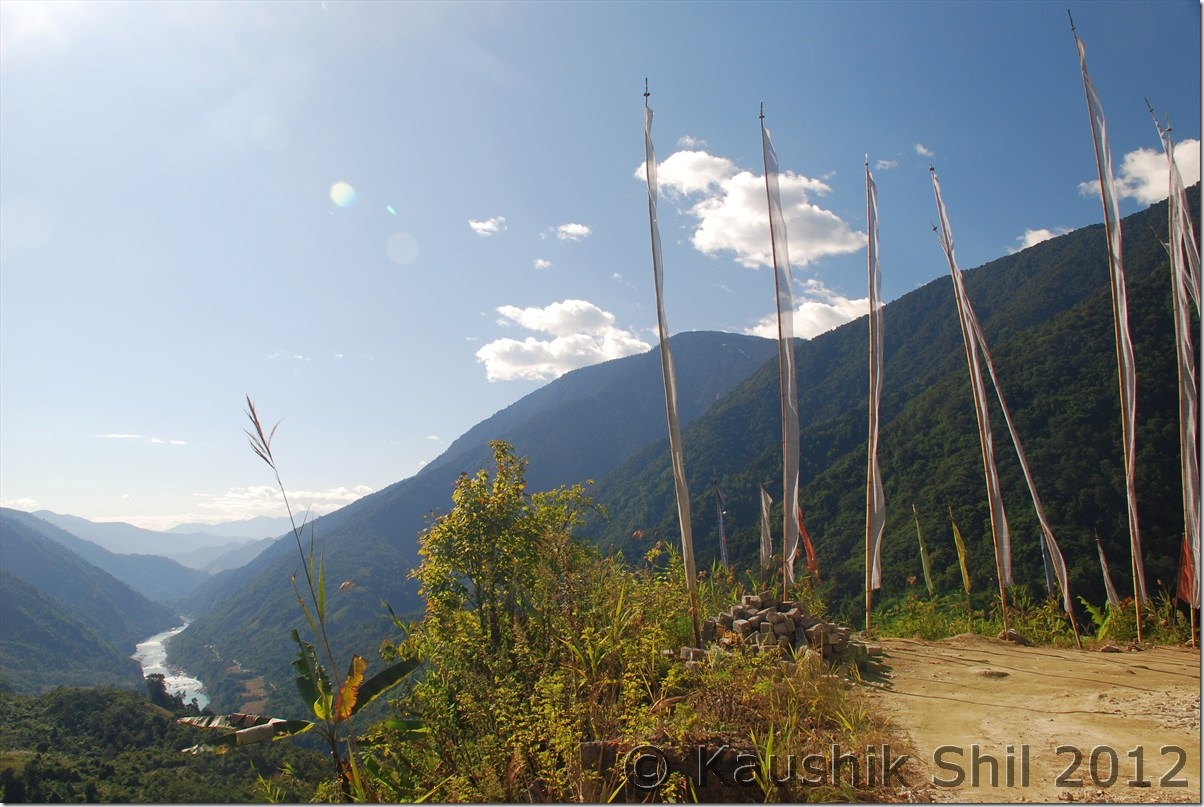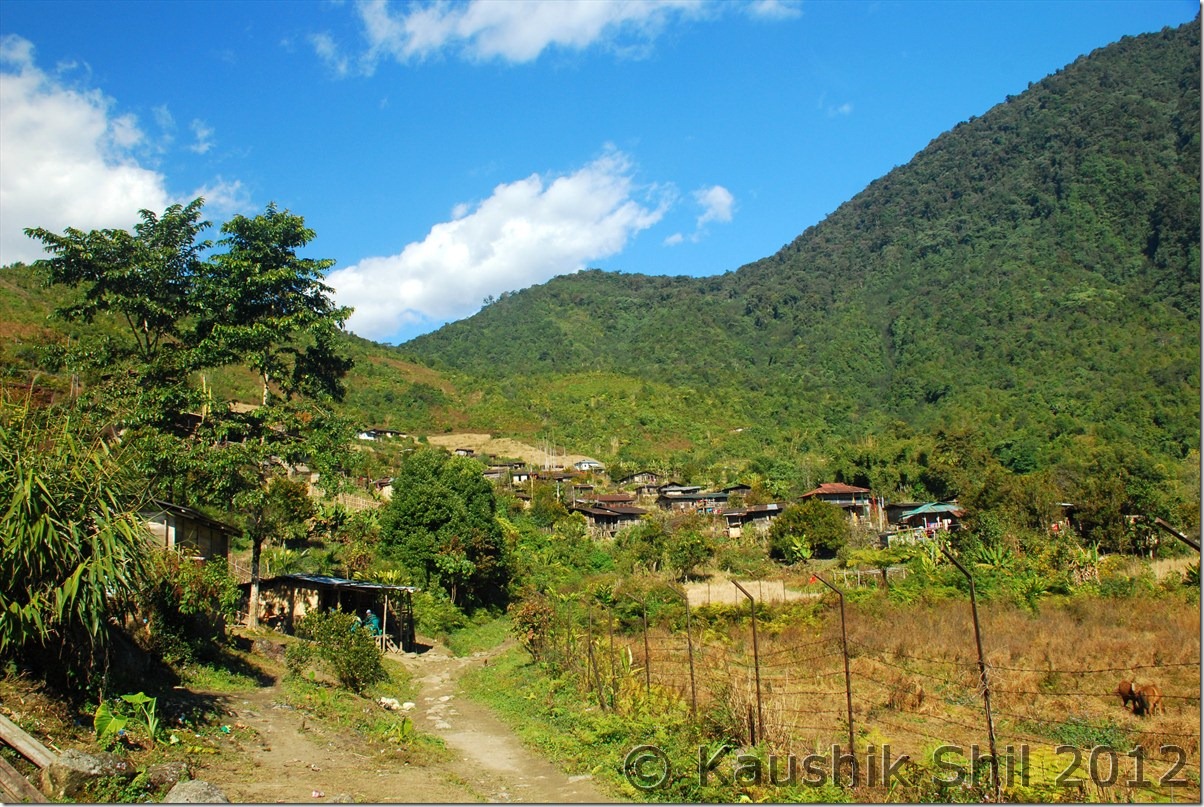When I last visited Arunachal, 2 years back I fell in love with the state, the awesome landscape starting from rainforests of eastern part to alpine meadows of western part meeting mighty Himalayas, the high mountains all around, deep gorges carving its way with blue waters gushing in, you can clearly see and feel the rapids from top. Waterfalls in almost every bend, in one turn its vast blue sky and in next turn in completely filled up with fog and mist. Arunachal will surprise you in every moment, the other aspect is the diversified culture, it’s completely a tribal state and there are 101 recognized tribes in Arunachal and mostly believe in different religions like Donyi Polo (Sun and Moon), Hinduism, Christianity etc. The state has borders with 3 foreign countries, Bhutan in west, Tibet (Now People Republic of China) in North and Myanmar in East. Tourism is not developed except the western part of Tawang sector, which was developed by late Mr. Dorje Khandu, the former chief minister of Arunachal who belonged to Tawang. The state buses sparsely run through the main towns but still Shared Sumo service is the most common mode of transport for locals, in almost all districts you would still find 30% villages not having any road connectivity and still depend on long trek to meet their daily needs. Actually northern part of Arunachal was more closely connected with Tibet through 4/5 different passes until British drew McMahan line in 1913 as per Shimla Accord with Tibet. The usual business with Tibet had been going on until China disregarded the McMahan line and attacked India in 1962 in both Ladakh and Arunachal sector. Since then all the passes were closed and the whole border with China/Tibet was closed and people were forced to walk 3/4 days through treacherous mountains and dense forests to come down to Indian plains to start their new lives. When we visited places like Gelling, merely a km from McMahan line, the elders were telling us the sad stories how they suddenly got partitioned from their near and dear ones living just couple of km across other side of border since 1962. The state is covered by mountains from west to east and deep river gorges from North to South including Kameng, Subansiri, Siyom, Siang, Dibang and Lohit that created mighty Brahmaputra river system. So traveling the state is extremely difficult from west to east as there is a lack of trans-Arunachal highway which is presently being built with the aid from Central Govt. Every time you have to come down 300 km to Assam and then again have to go up another 300km to reach another spot. So you need at least 45 days just for a touch and go trip to visit the prominent areas of state. So better if you could make multiple visits. Last time we covered Eastern Parts covering Lower and Upper Dibang Valley, Lohit, Anjaw and Changlang districts, this time we covered western and part of central covering, West Kameng, Tawang, Lower Subansiri, Upper Subansiri, West Siang, East Siang and Upper Siang.
The 5 major ancient trade points between Tibet and Arunachal was through Kenzamane (Zemithang), Bumla (Tawang), Kapangla Pass (Gelling), Lolla Pass (Mechuka), Dumla Pass (Monigong) and Kibithu. Except Bumla (where civilians are allowed with passes from DC and Army) all the other borders are closed for civilians. Our main intention was to travel as close as possible to these points to trace the historical McMahan line. We covered Kibithu in last trip, so tried to touch upon the rest of the points.
Our itinerary was like this:
Day1 – Kolkata – Guwahati Flight and drive to Nameri
Day2 – Nameri – Bhalukpong – Bomdila
Day3 – Bomdila – Dirang – Tawang
Day4 – Tawang – Zemithang – Tawang
Day5 – Tawang PTso – Sengetsar Lake – Bumla – Tawang
Day6 – Tawang – Sela Pass – Dirang
Day7 – Dirang – Bhalukpong – Nameri
Day8 – Exploring Nameri National Park
Day9 – Nameri – Balipara – Kimin – Ziro
Day10- Around Ziro
Day11- Ziro – Daporijo
Day12- Daporijo – Along
Day13- Along – Tato – Mechuka
Day14- Mechuka
Day15- Mechuka – Tato – Along
Day16- Along – Pangin – Jengging
Day17- Jengging – Tuting
Day18- Tuting – Gelling – Tuting
Day19- Tuting – Jengging
Day20- Jengging – Along
Day21- Along – Shilapathar – Bogibil (By Ferry crossing Brahmaputra)- Dibrugarh – Tinsukia
Day22- Tinsukia – Dibrugarh – Flight to Kolkata
Enough of Texts and now a few snaps to share some highlights of the trip:
Nameri Eco Resort:
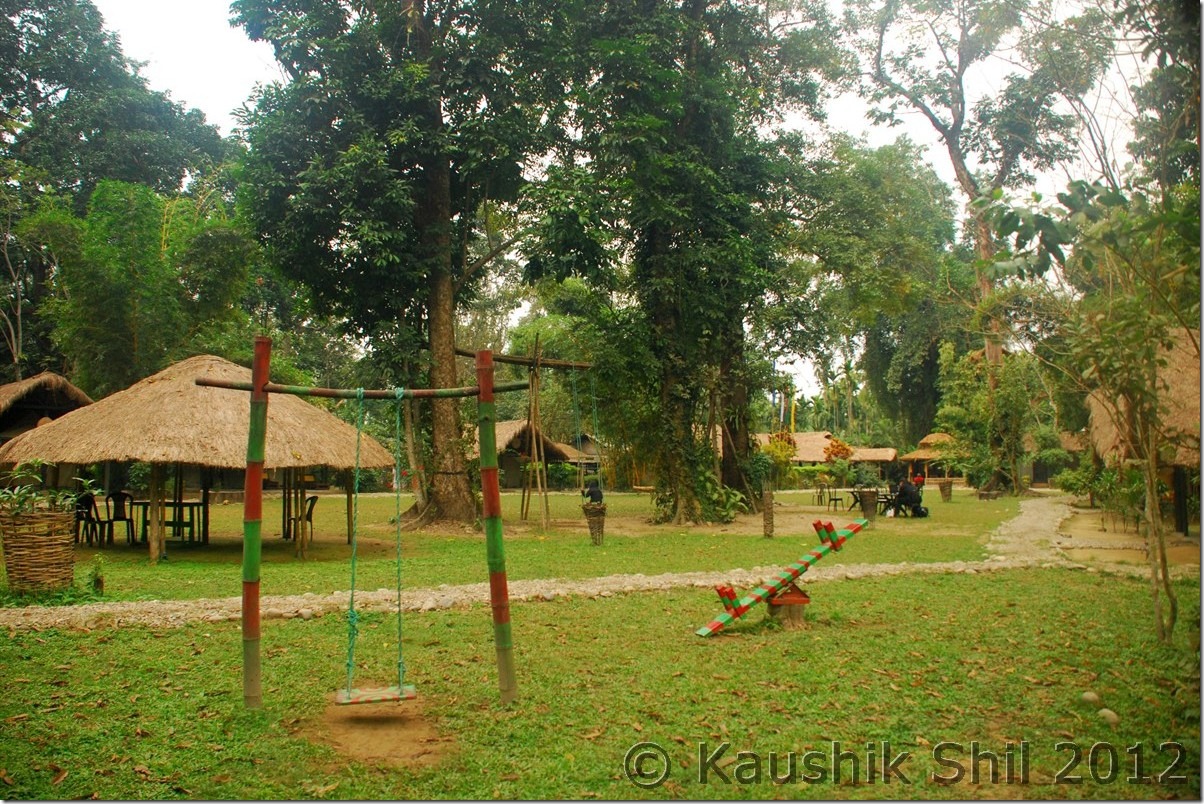
Bhalukpong in the side of Jiabharali (Kameng River):
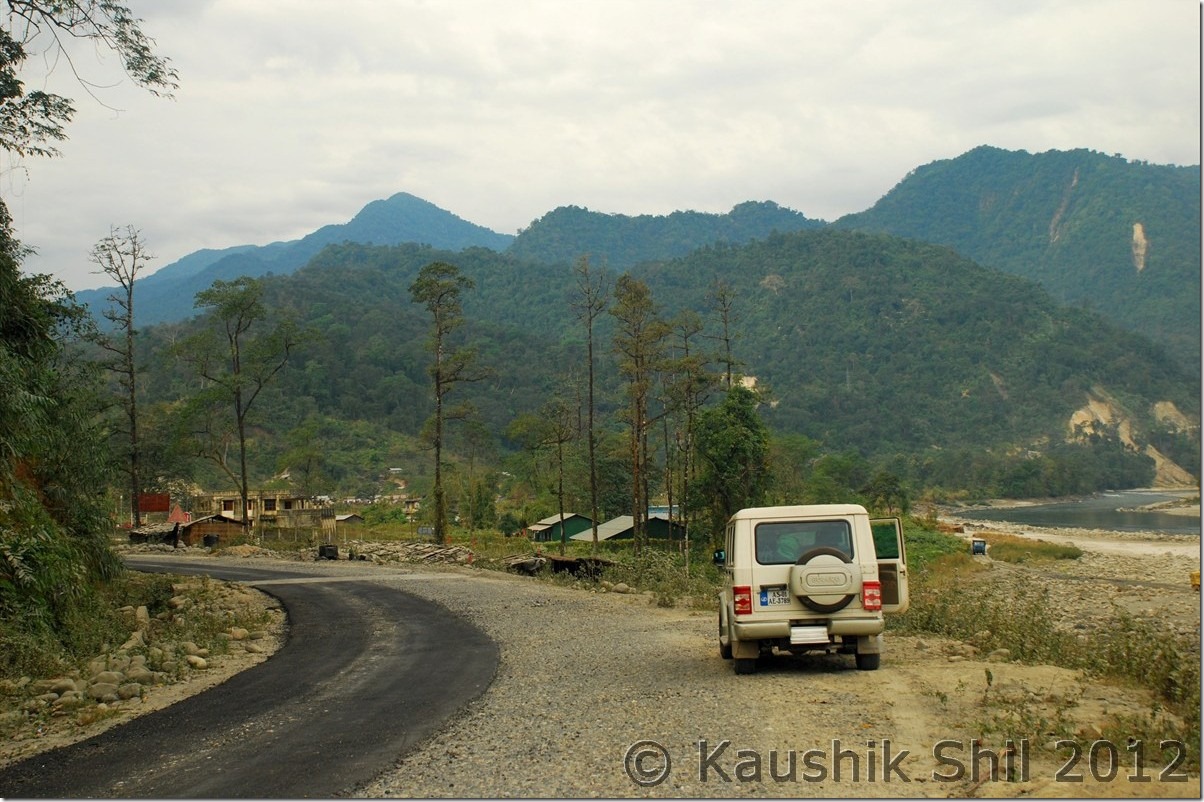
Semi Frozen Sela Lake at Sela Pass:
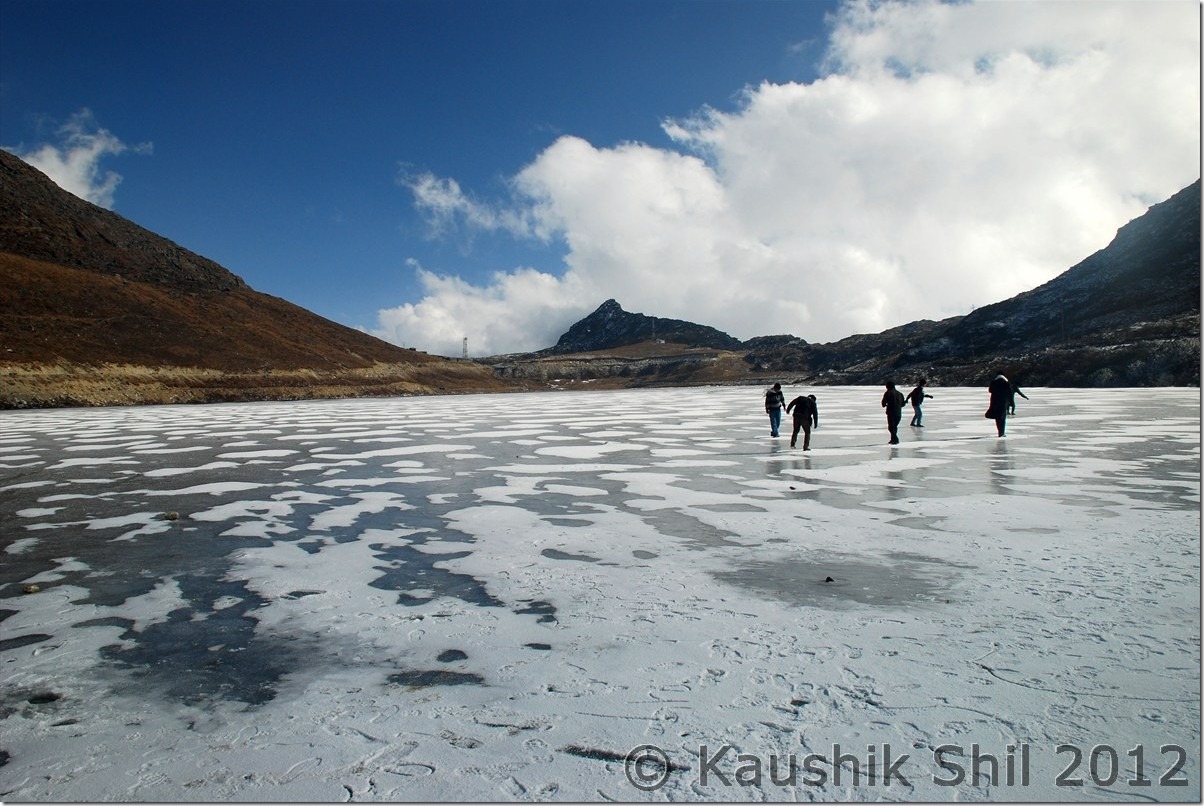
Tawang Monastery:
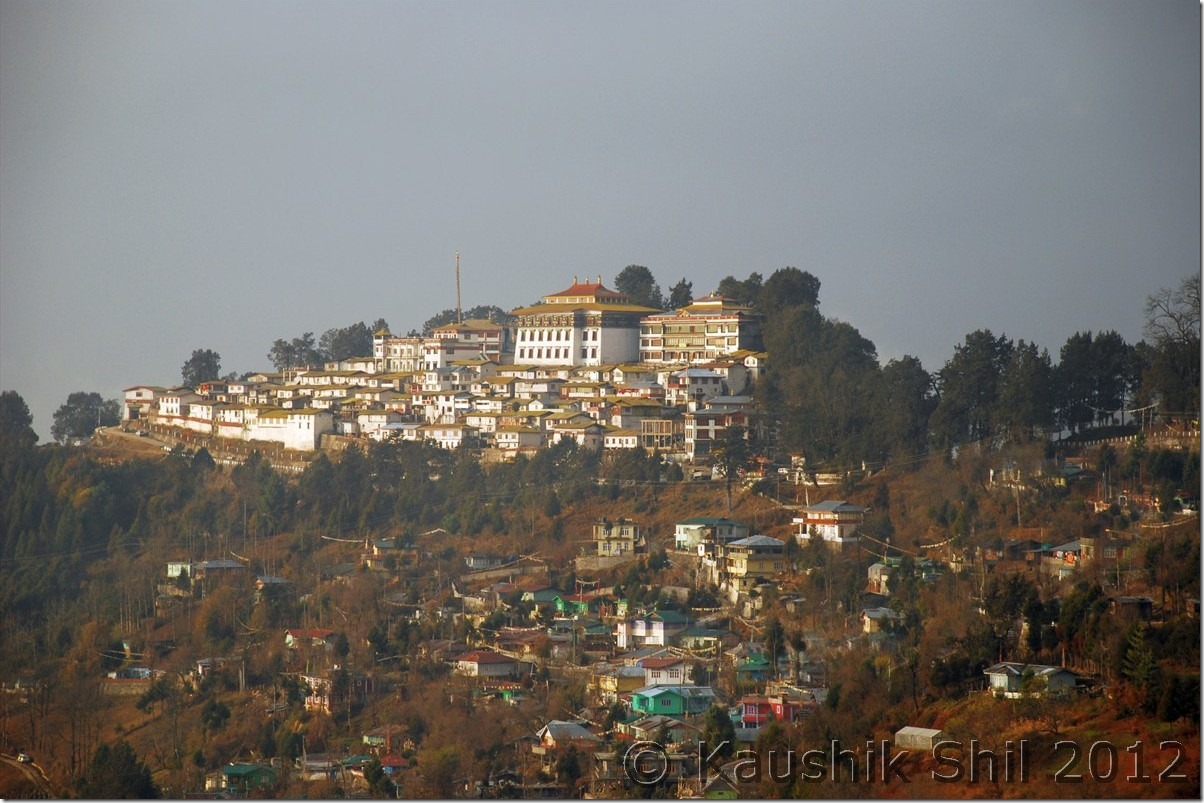
Magical Zemithang:
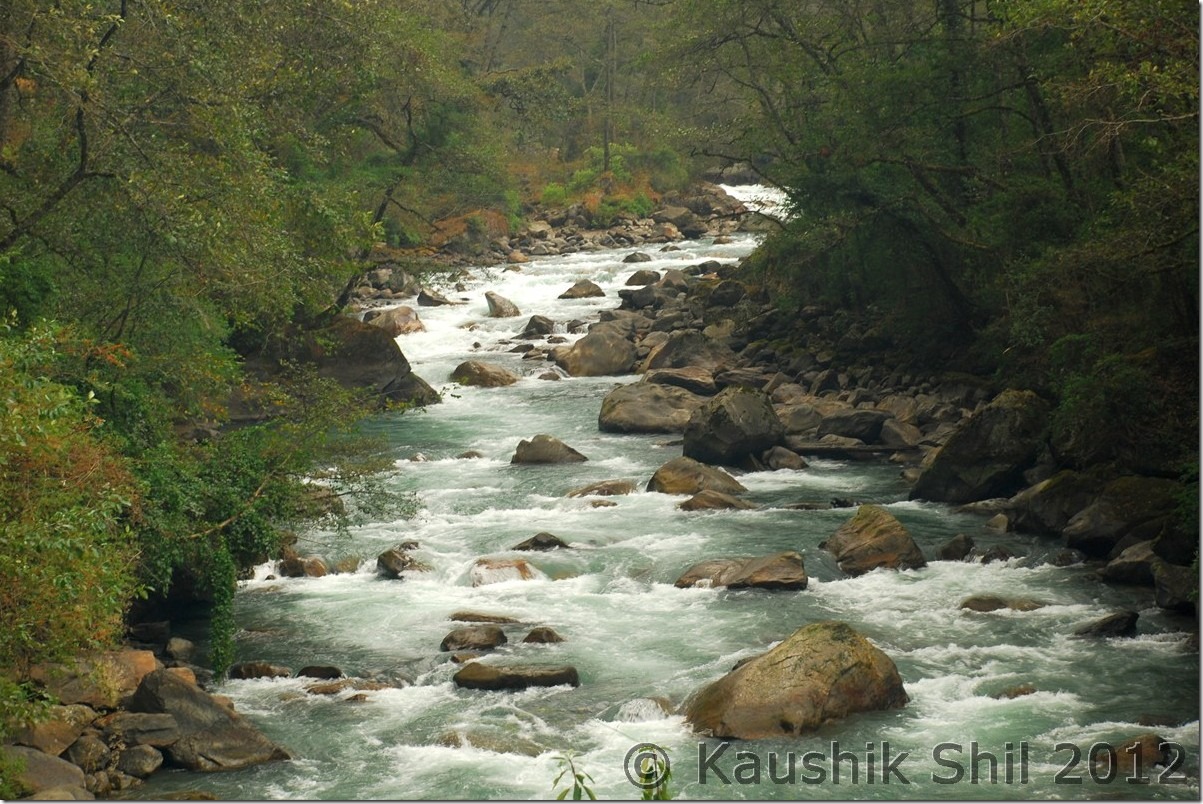
Snowed Out Tawang:
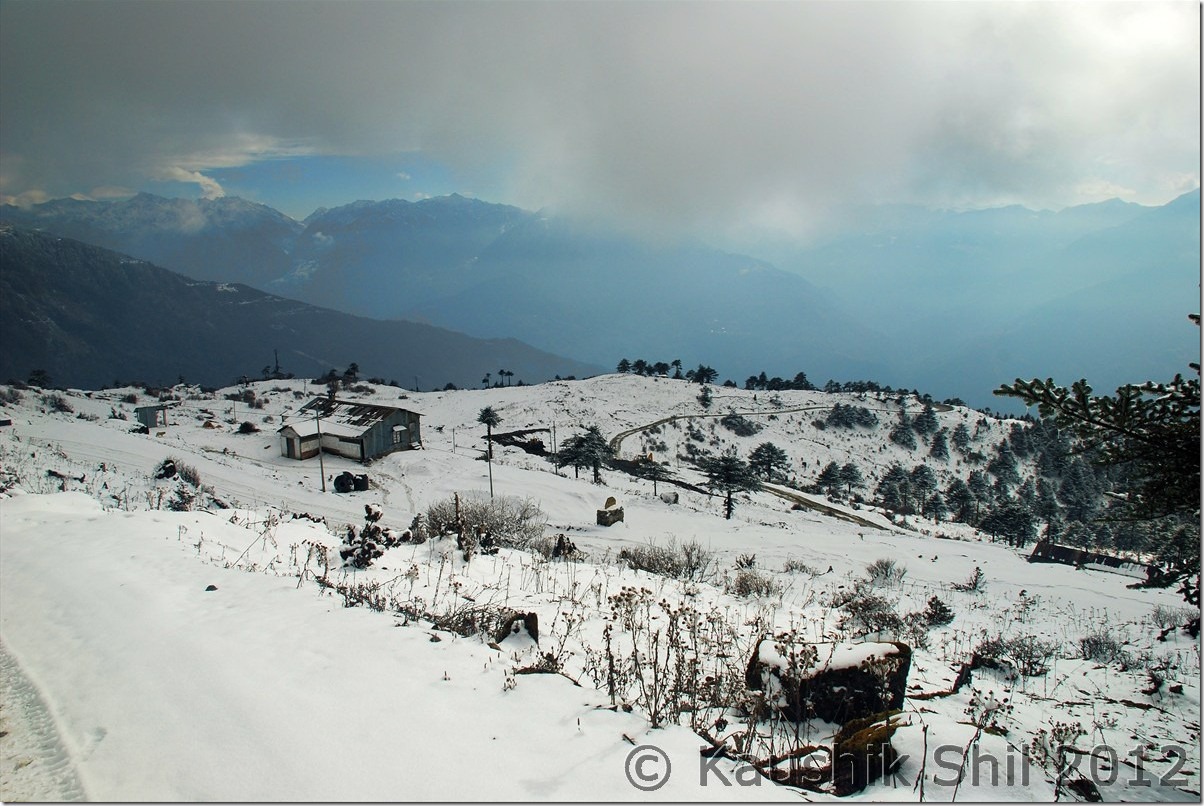
Snow in backdrop of Fall Colors:
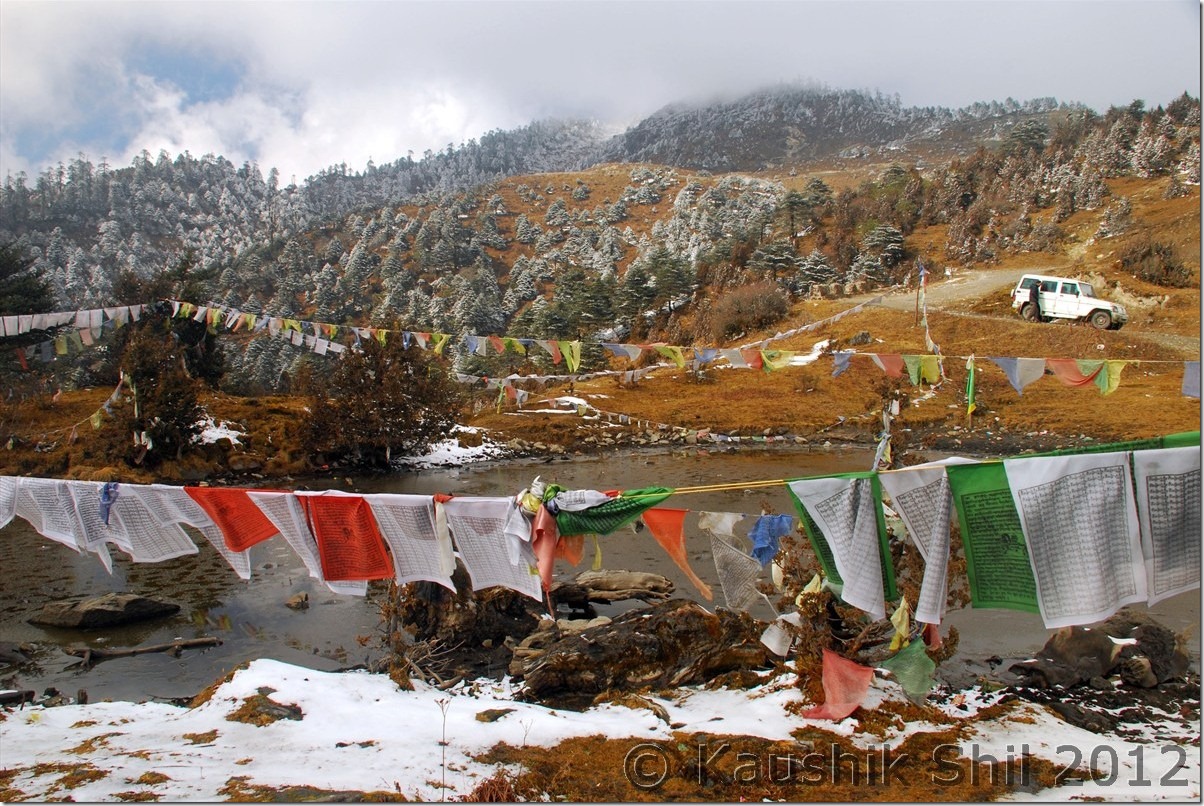
Inside Tawang Monastery:
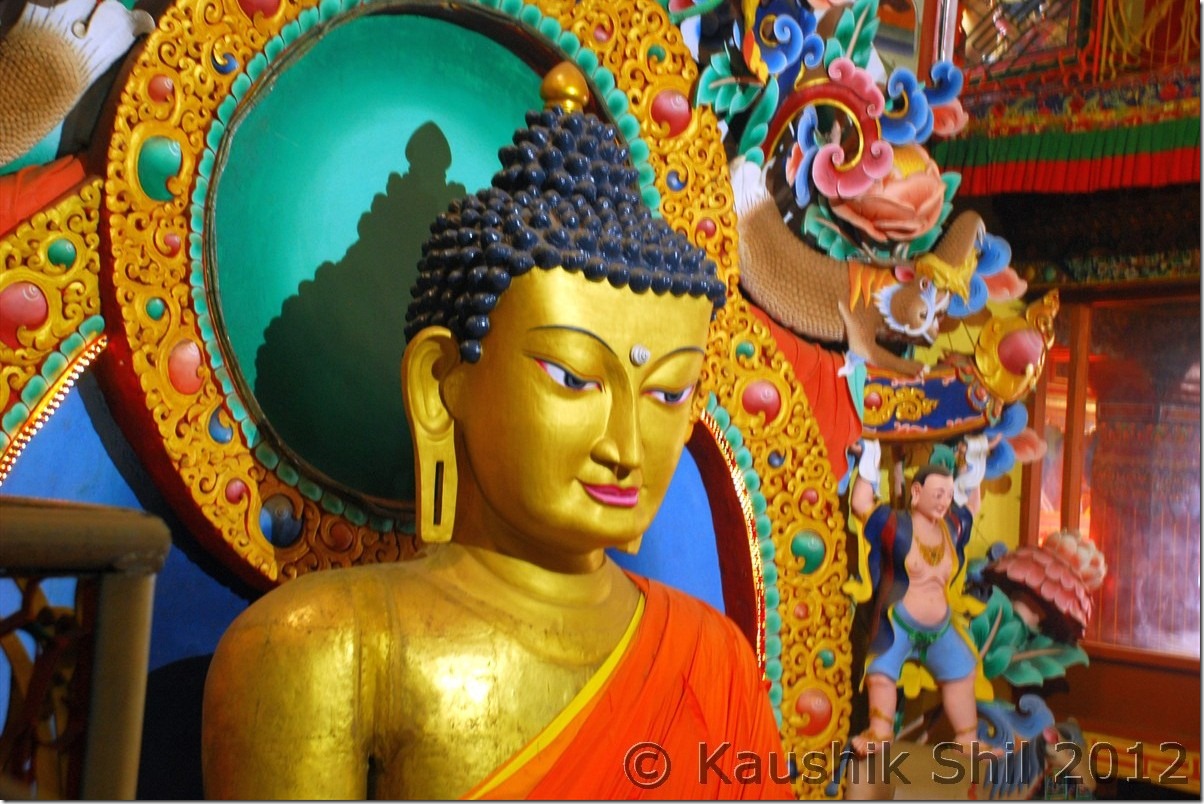
Sunrise in Nameri:
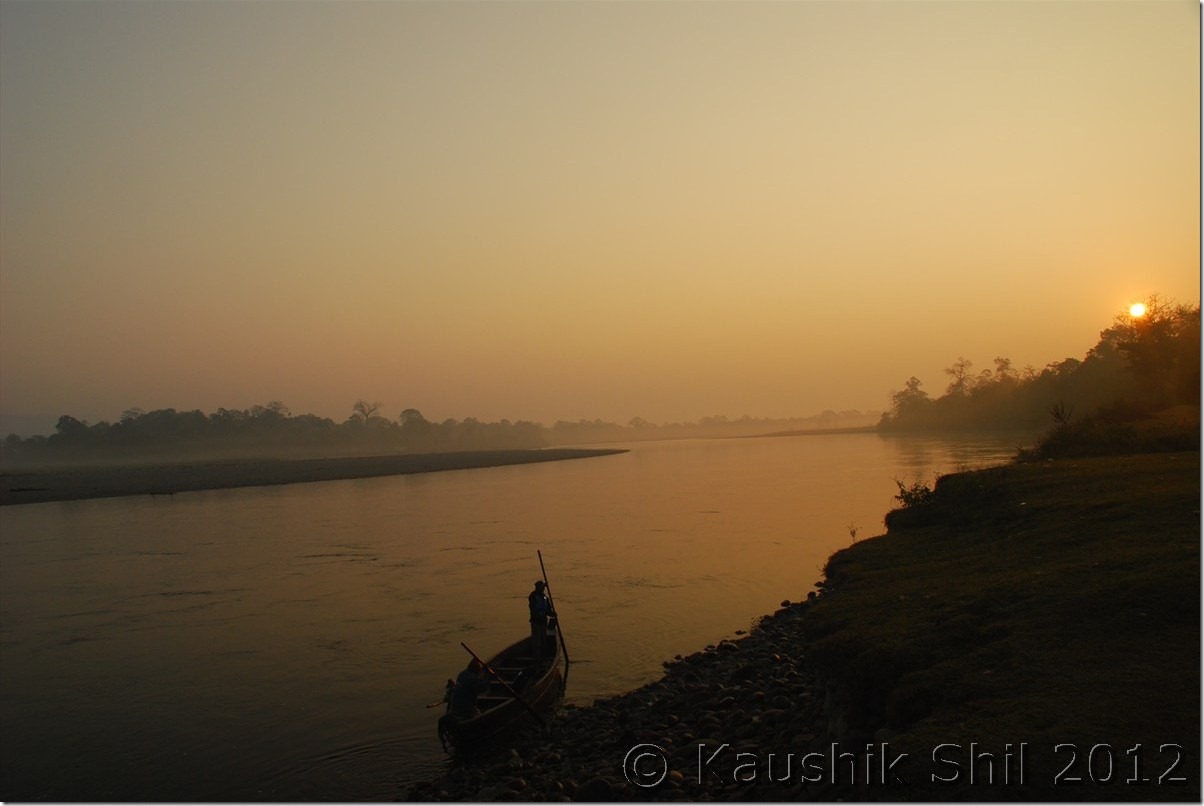
Elephant Nameri National Park:
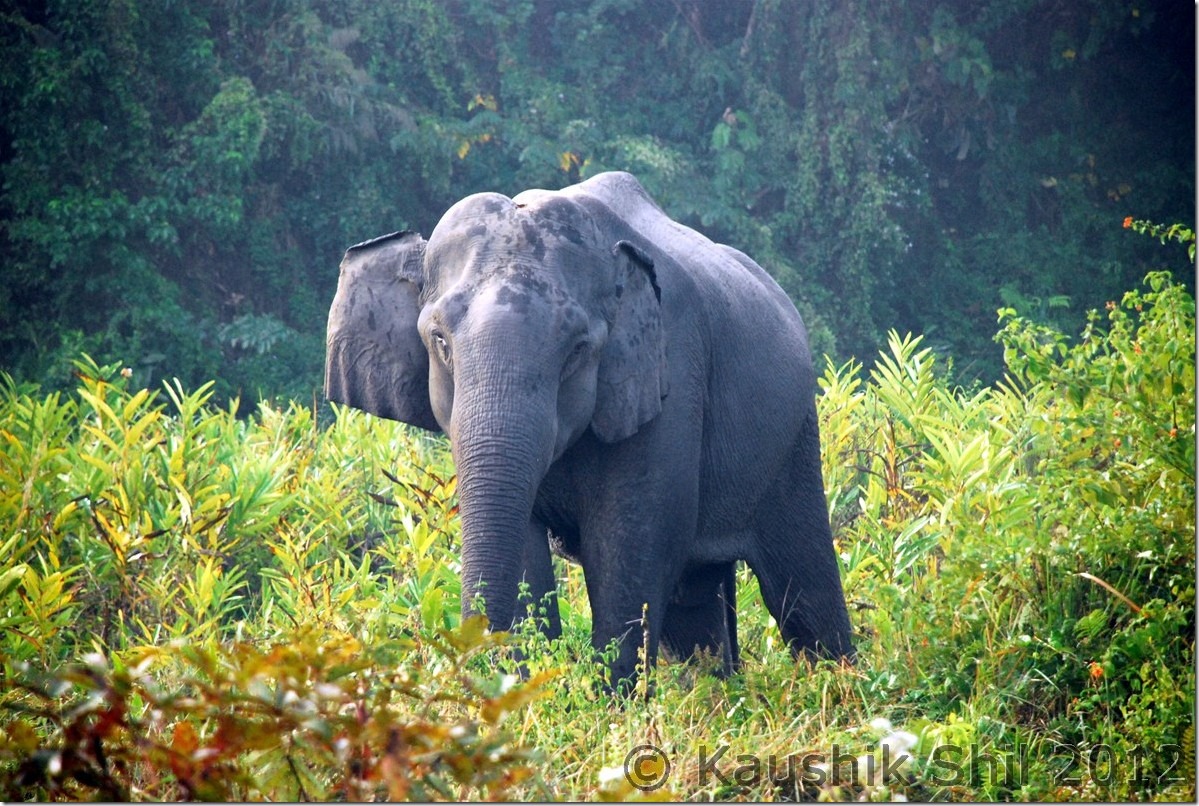
What a Geometry:
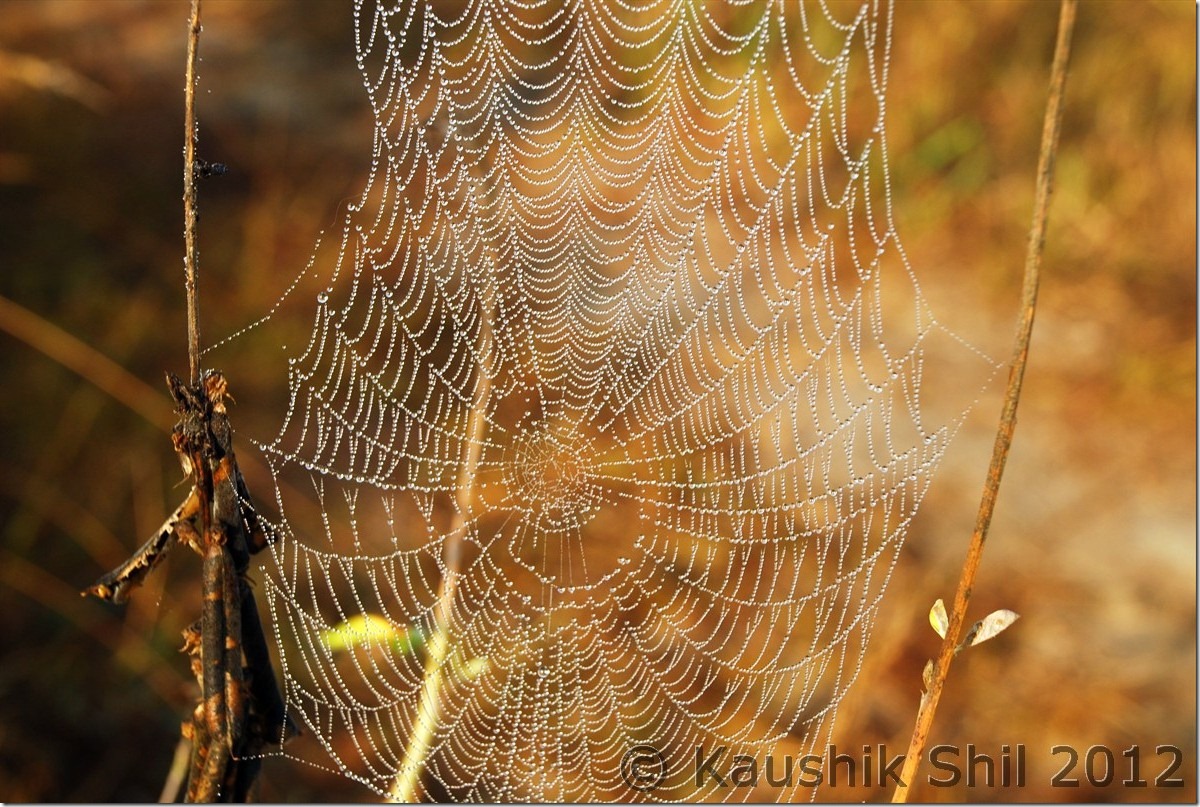
Ziro:
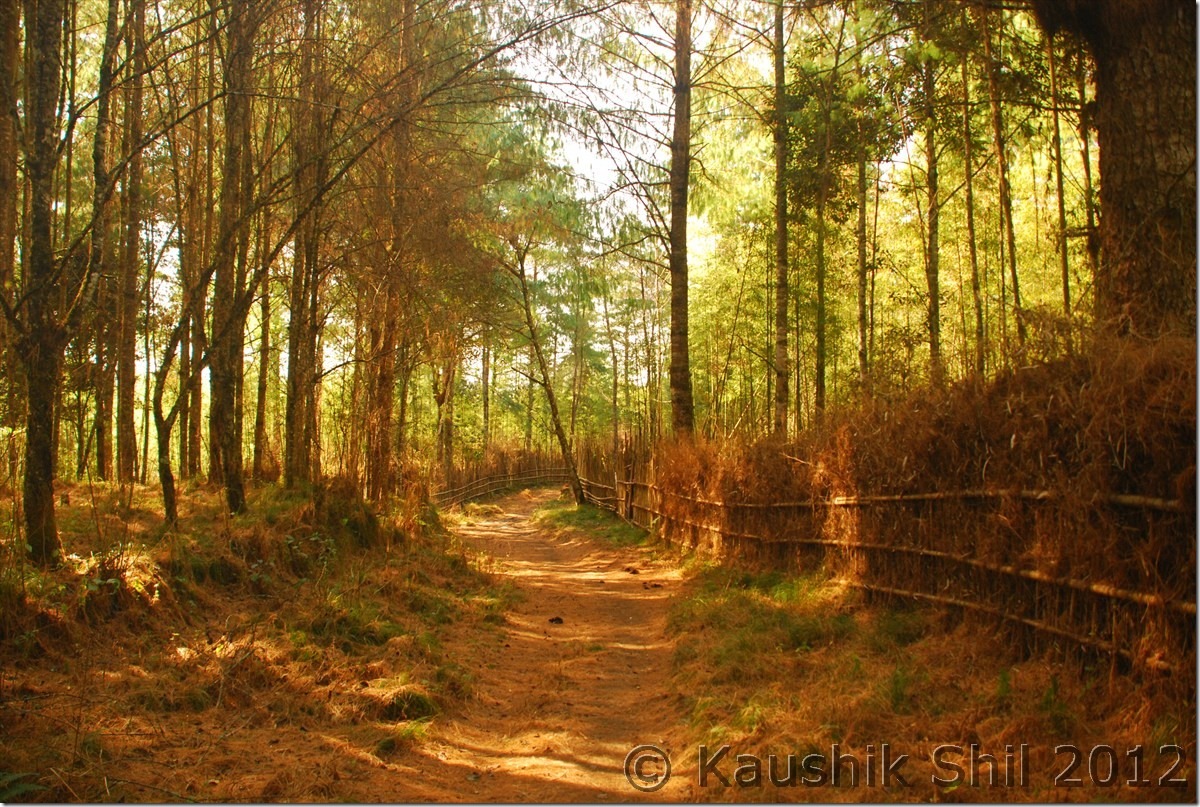
Apatani Girl:
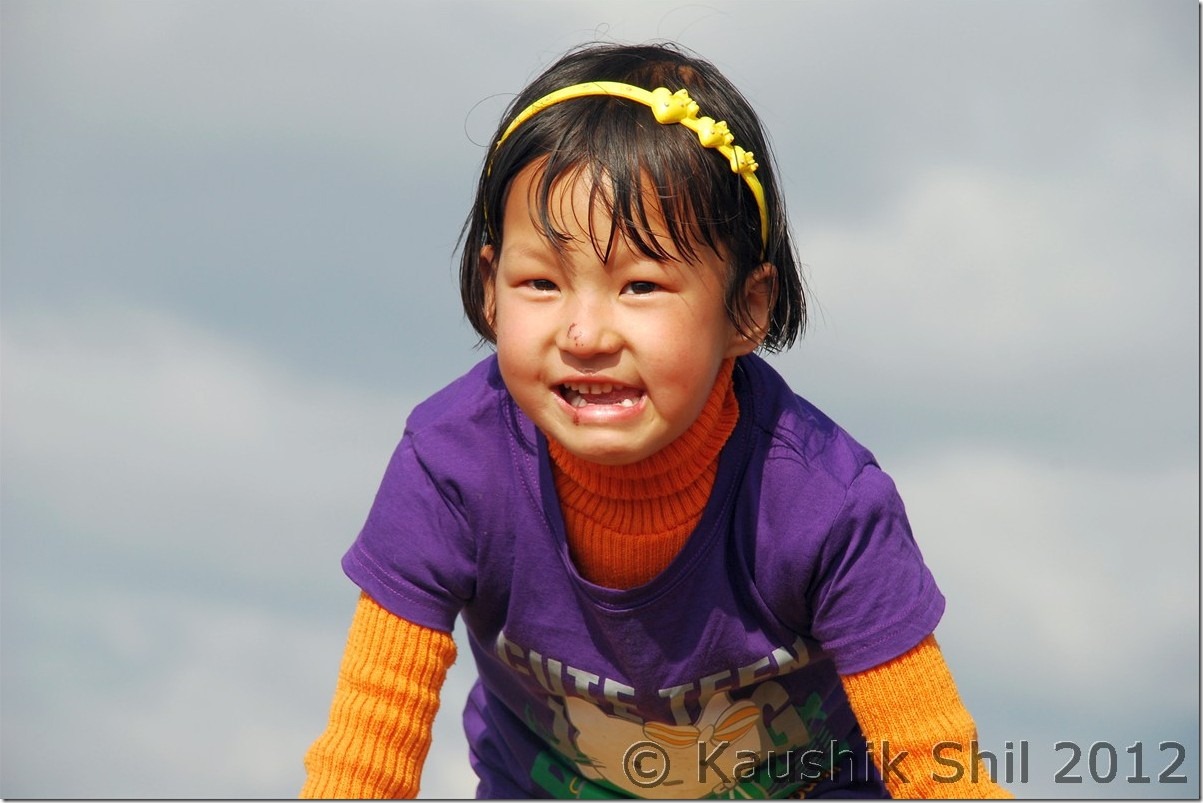
Subansiri River:
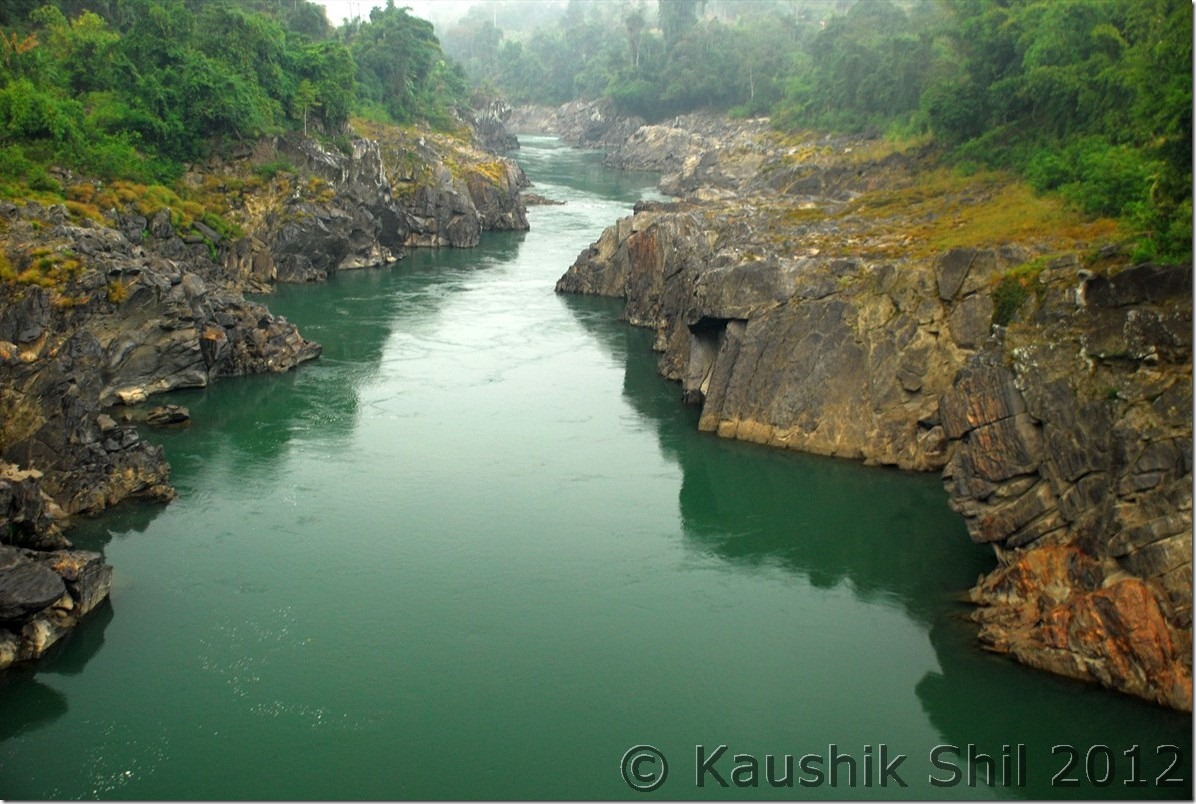
Wayside Water Falls towards Mechuka
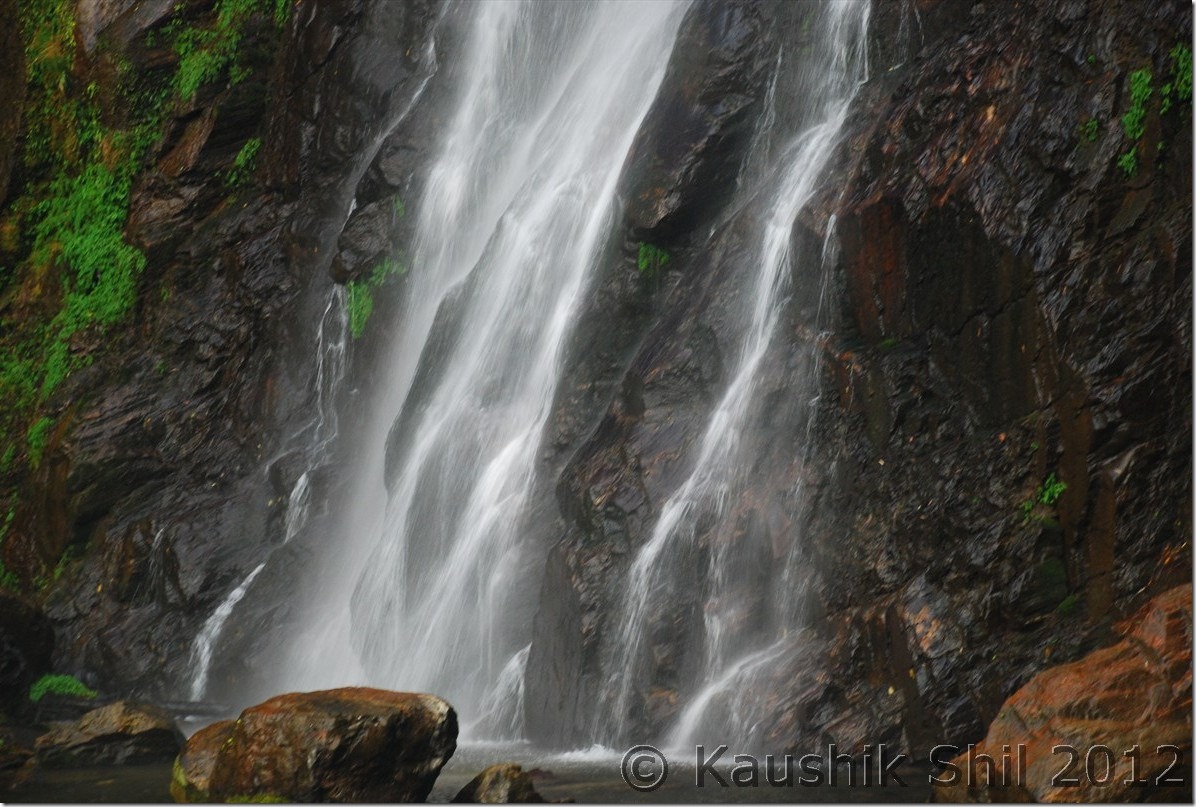
Adi Tribes:
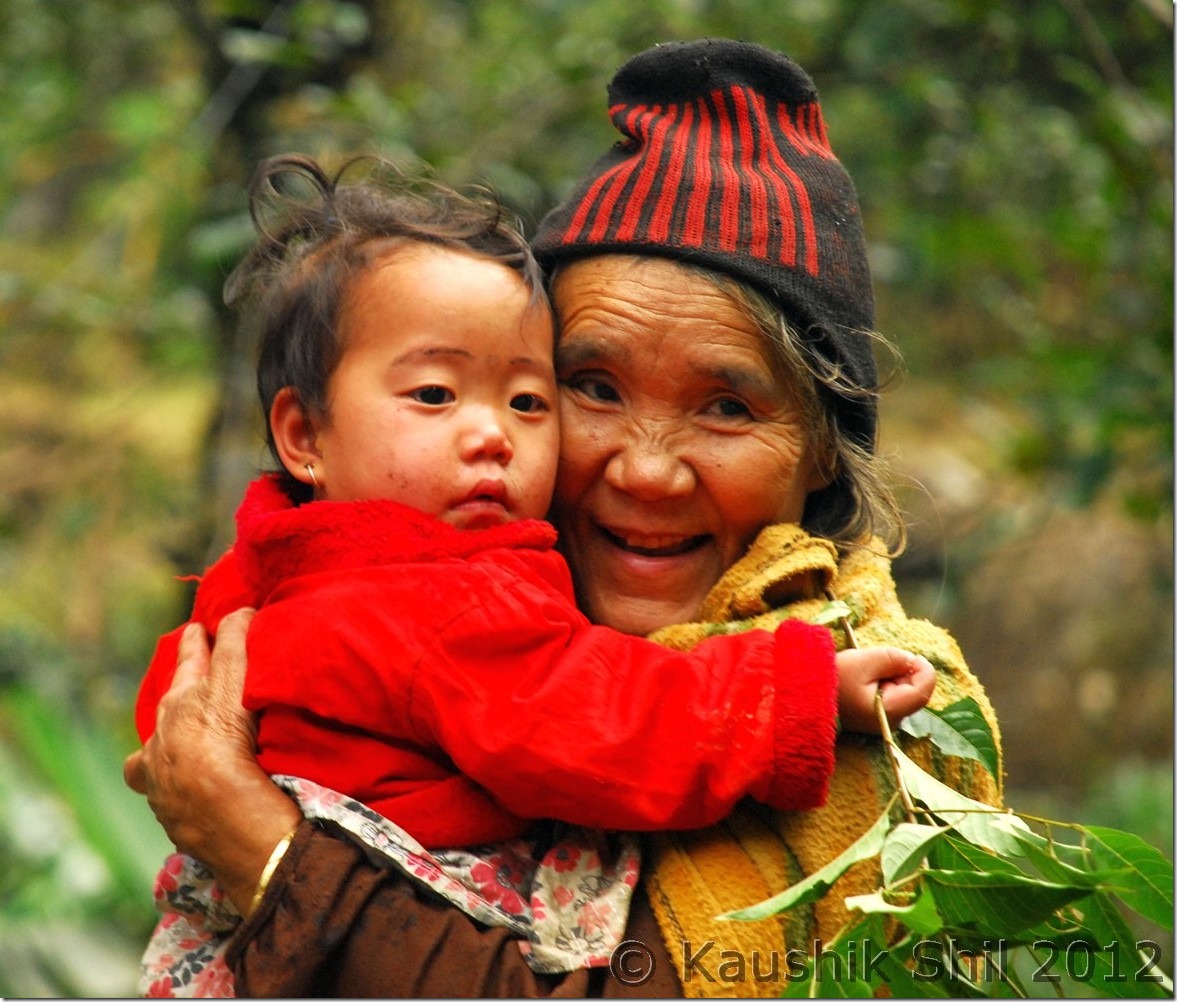
Mechuka in evening
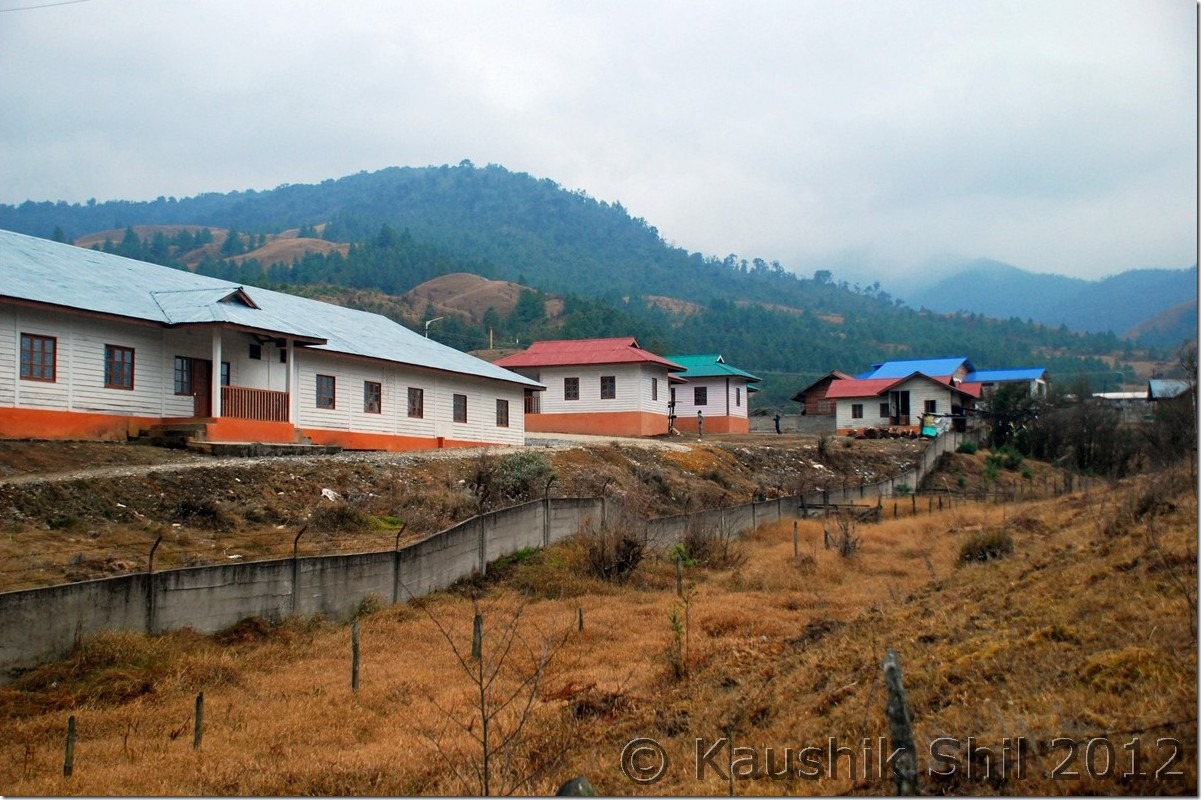
The Hanging Bridge at Mechuka, Signature of Arunachal:
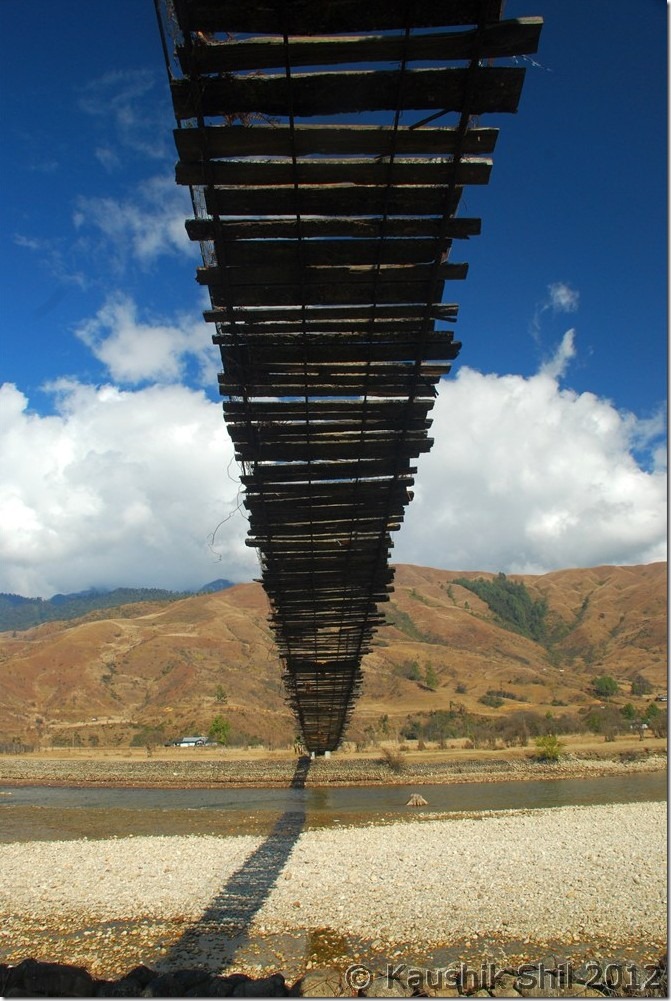
River Si (Yargap Chu):
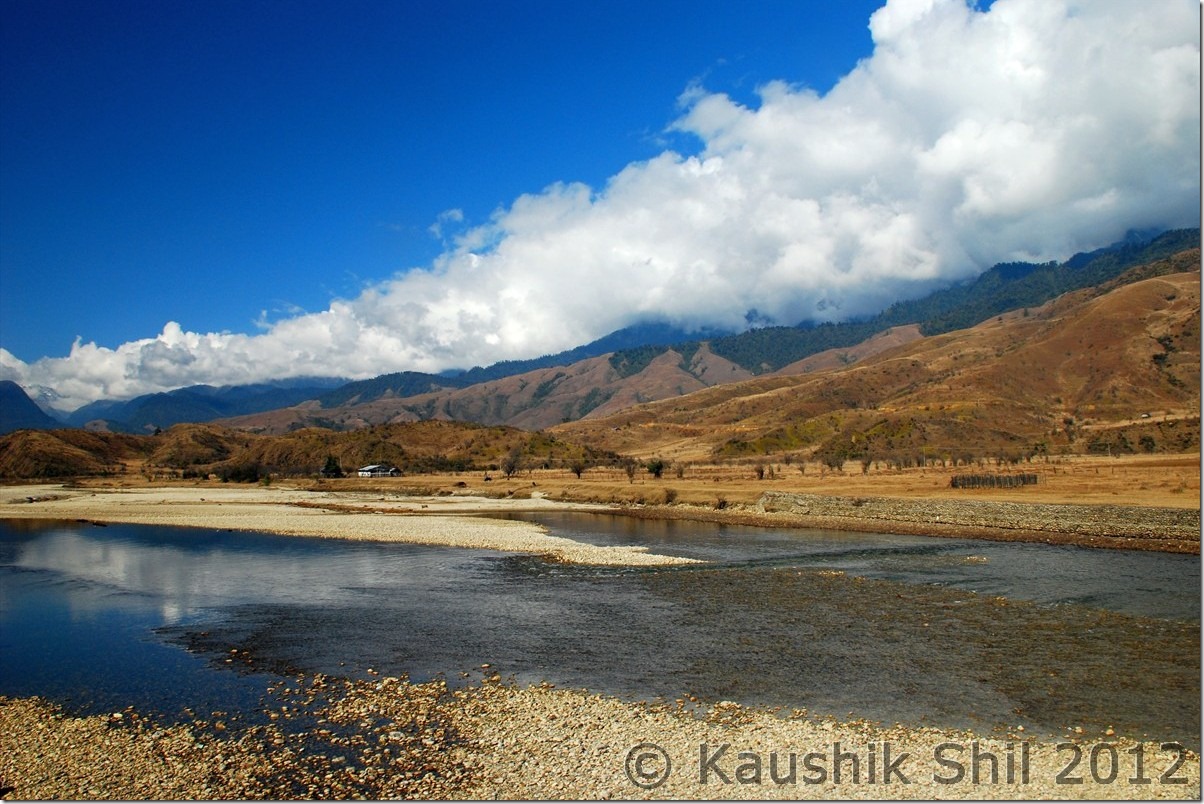
Indian Air Force is landing at Advanced Landing Ground Mechuka:
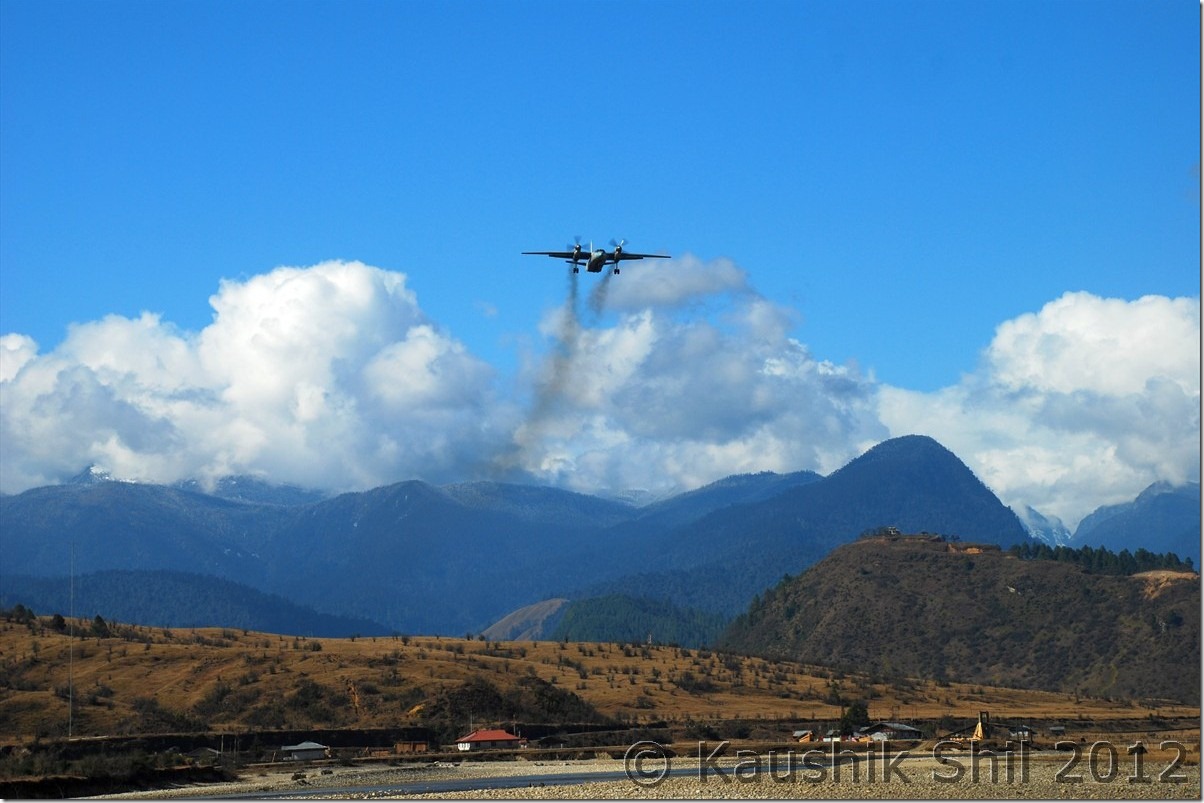
Mechuka:
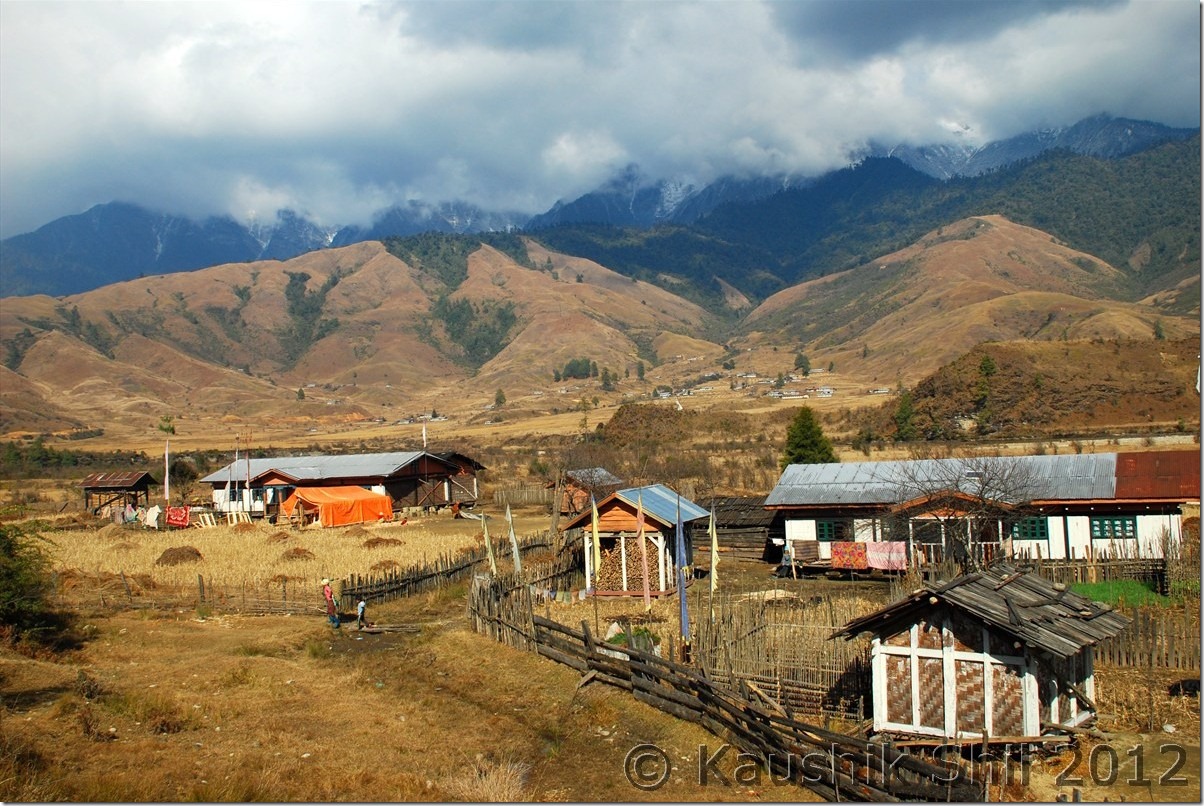
Mechuka at evening:
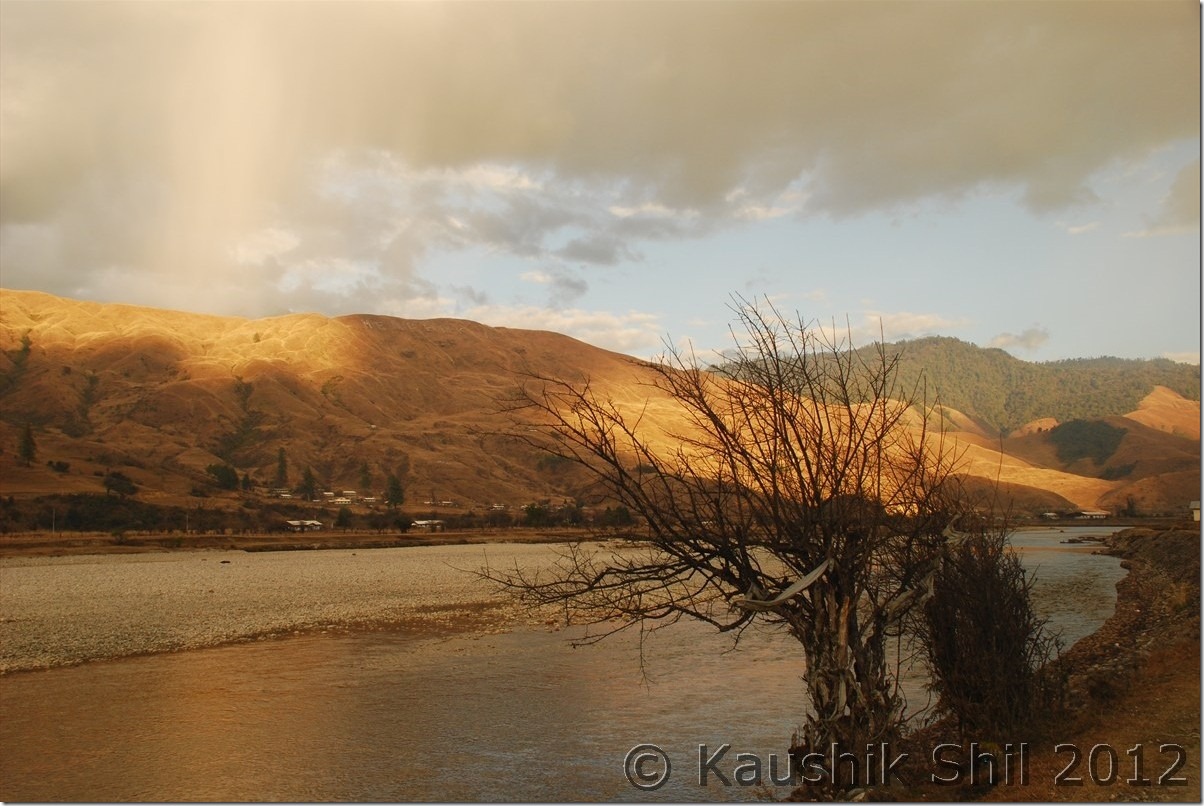
Moonlit Mechuka:
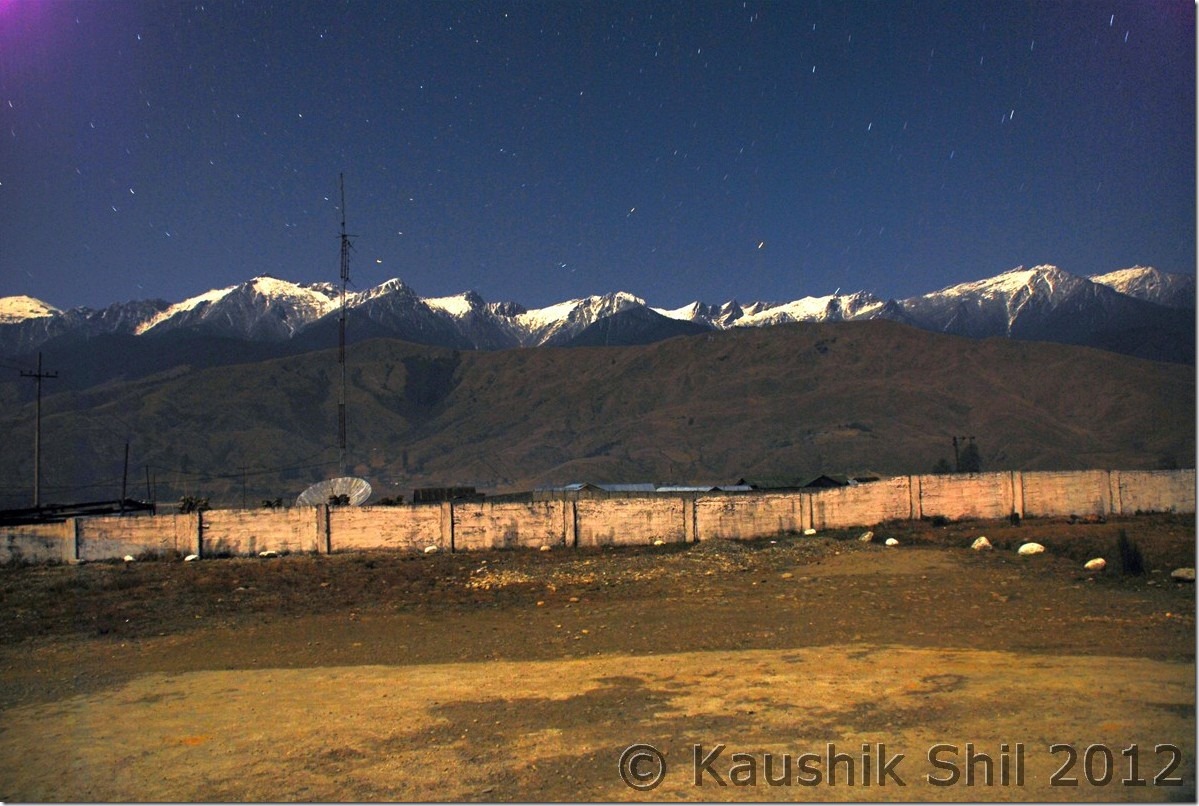
Mystic Mechuka Valley:
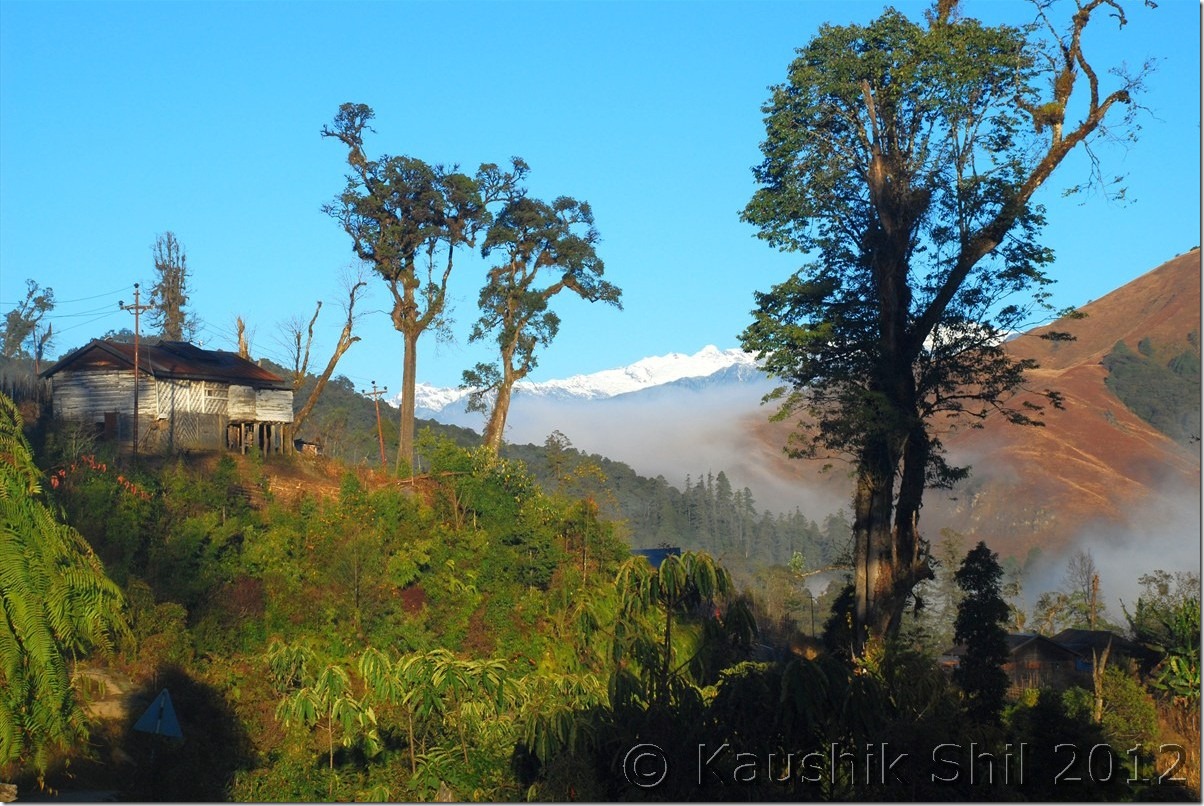
Gorgeous Serenity:
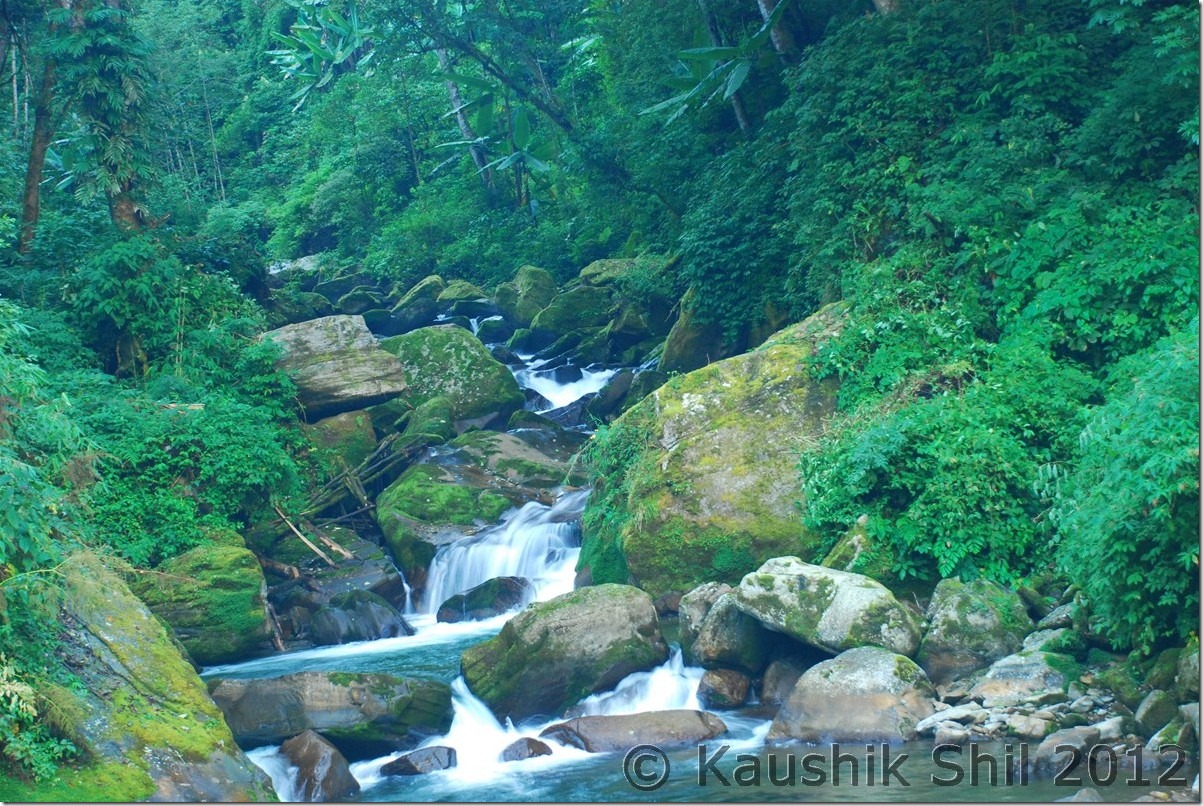
Lovely colors:
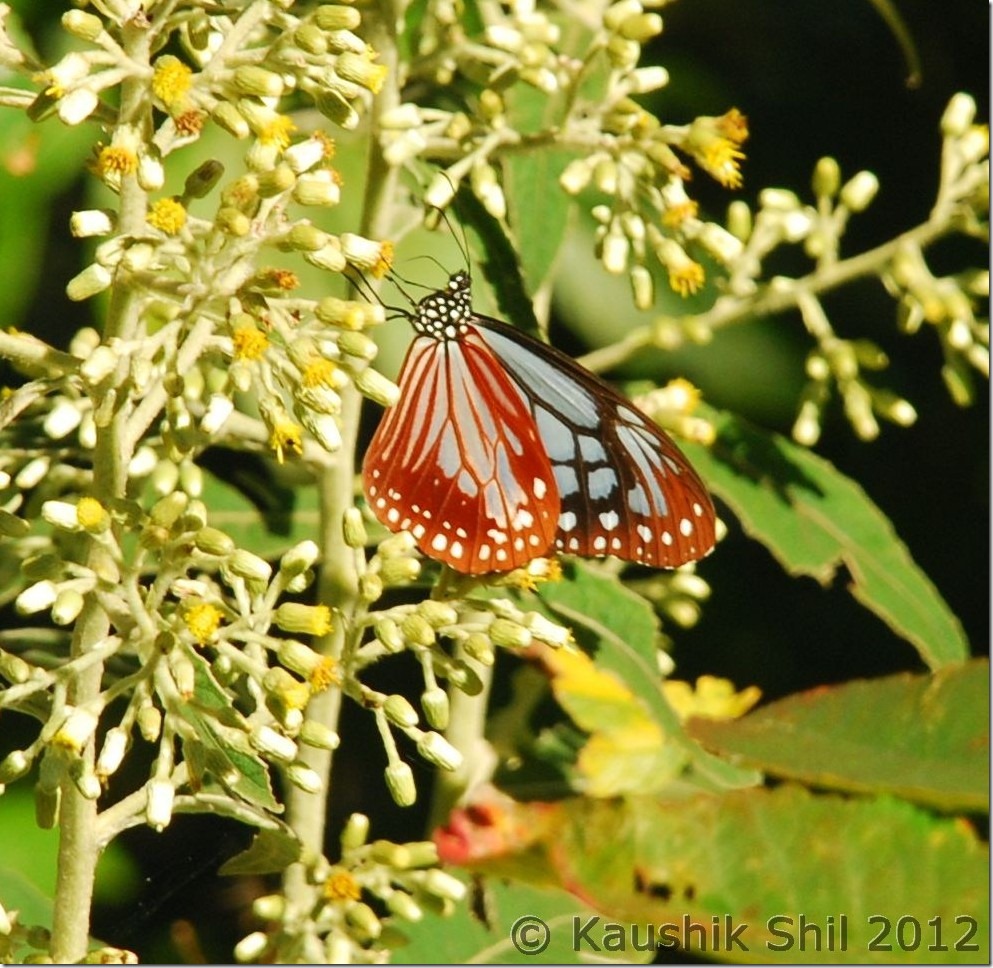
Siyom River:
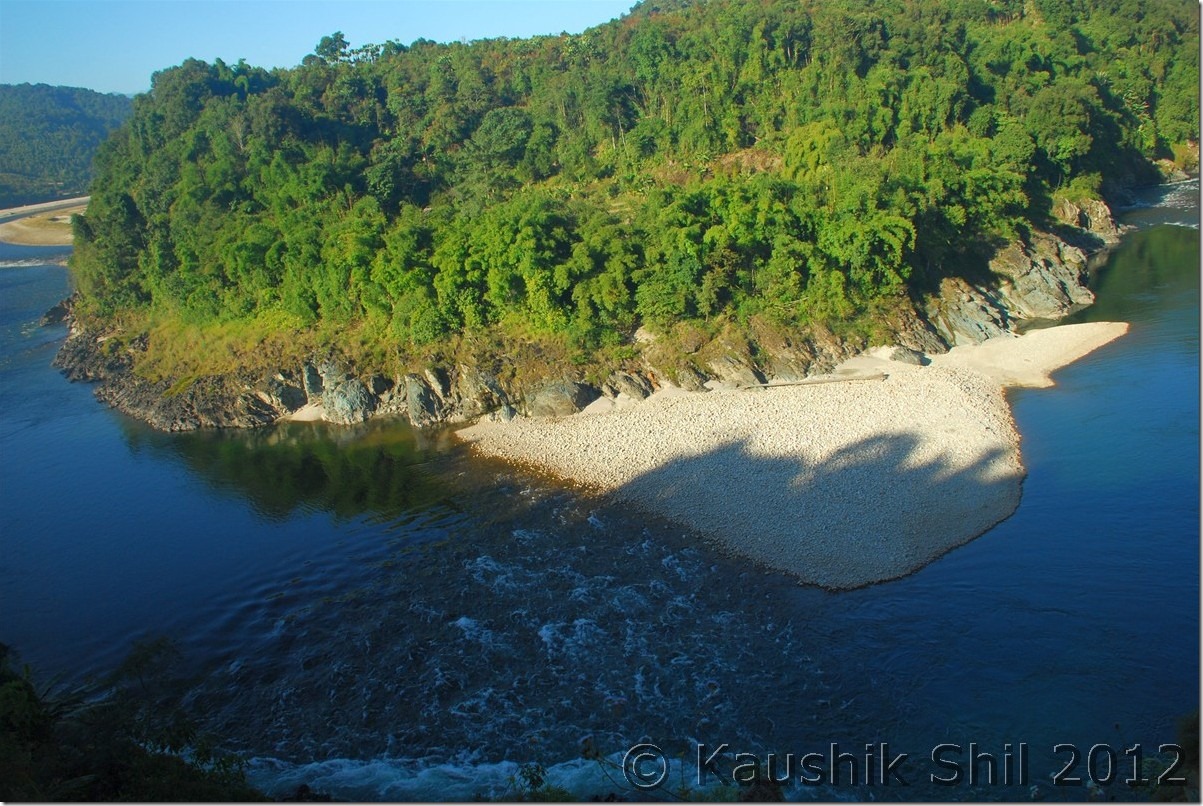
Morning Mist on Siang Gorge:
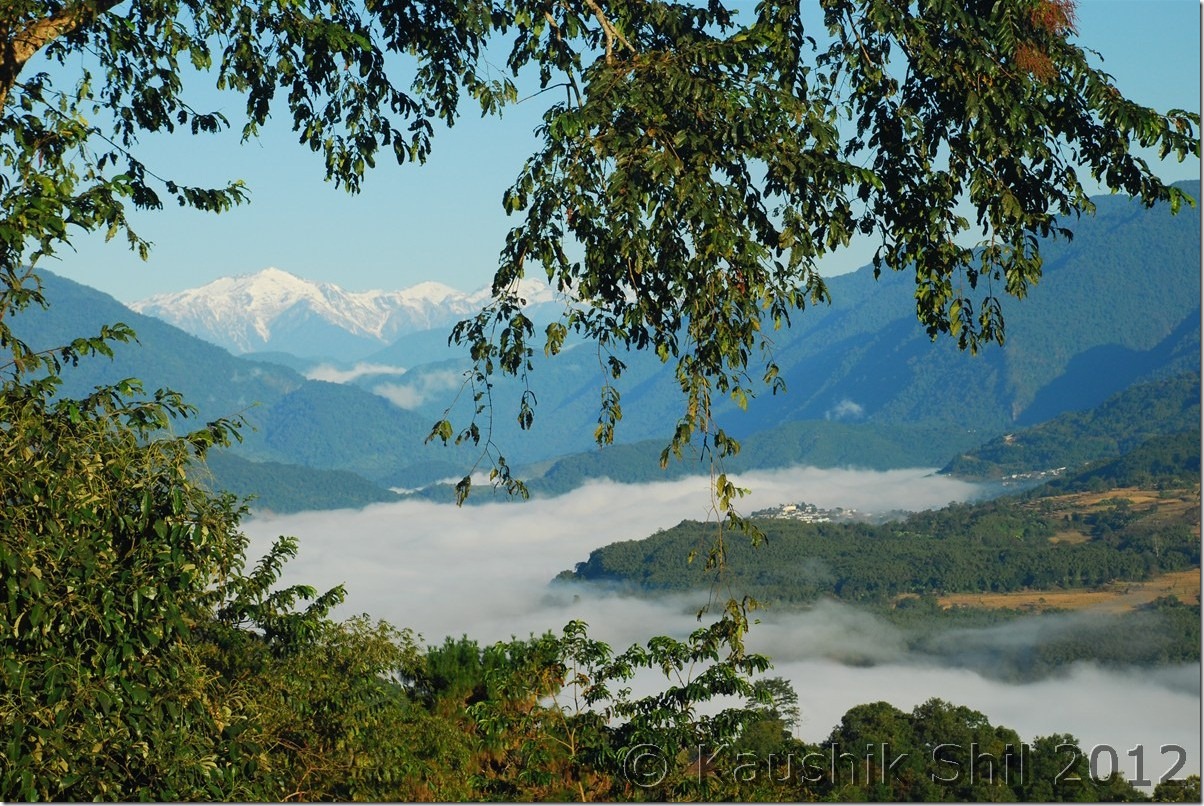
Mighty Siang:
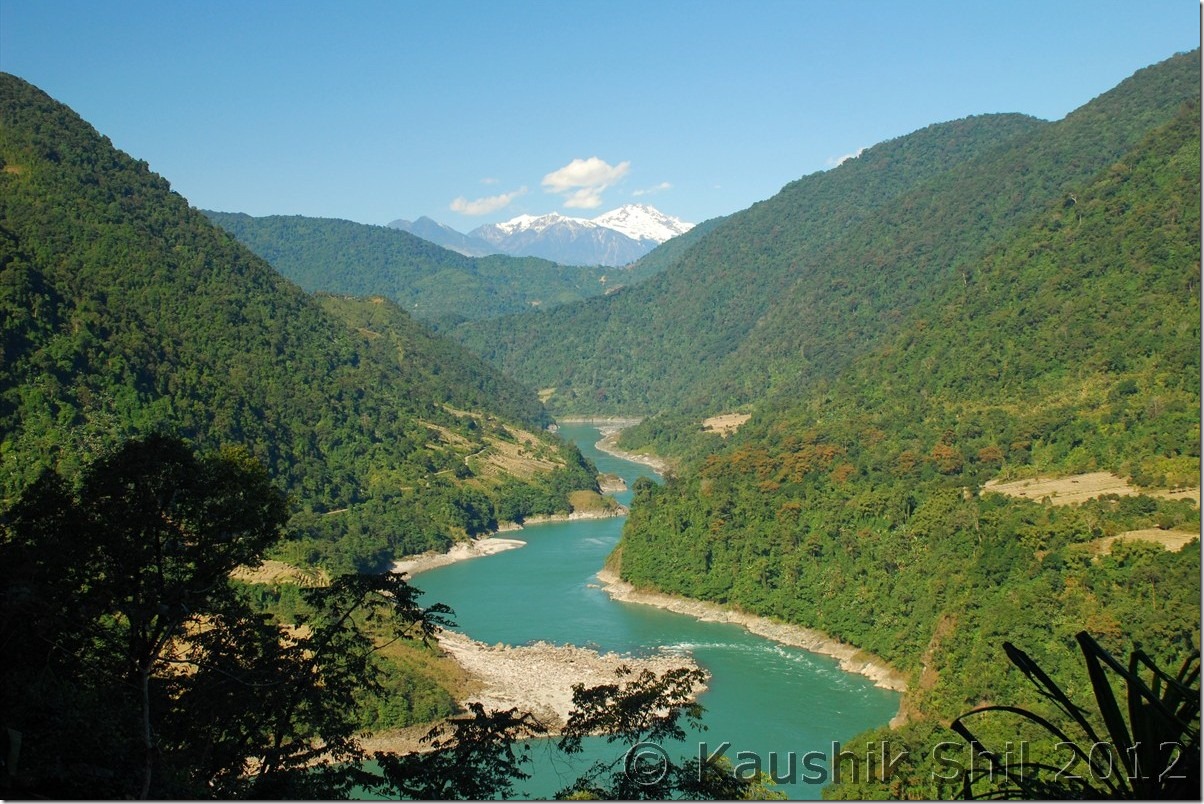
Tuting Inspection Bungalow:
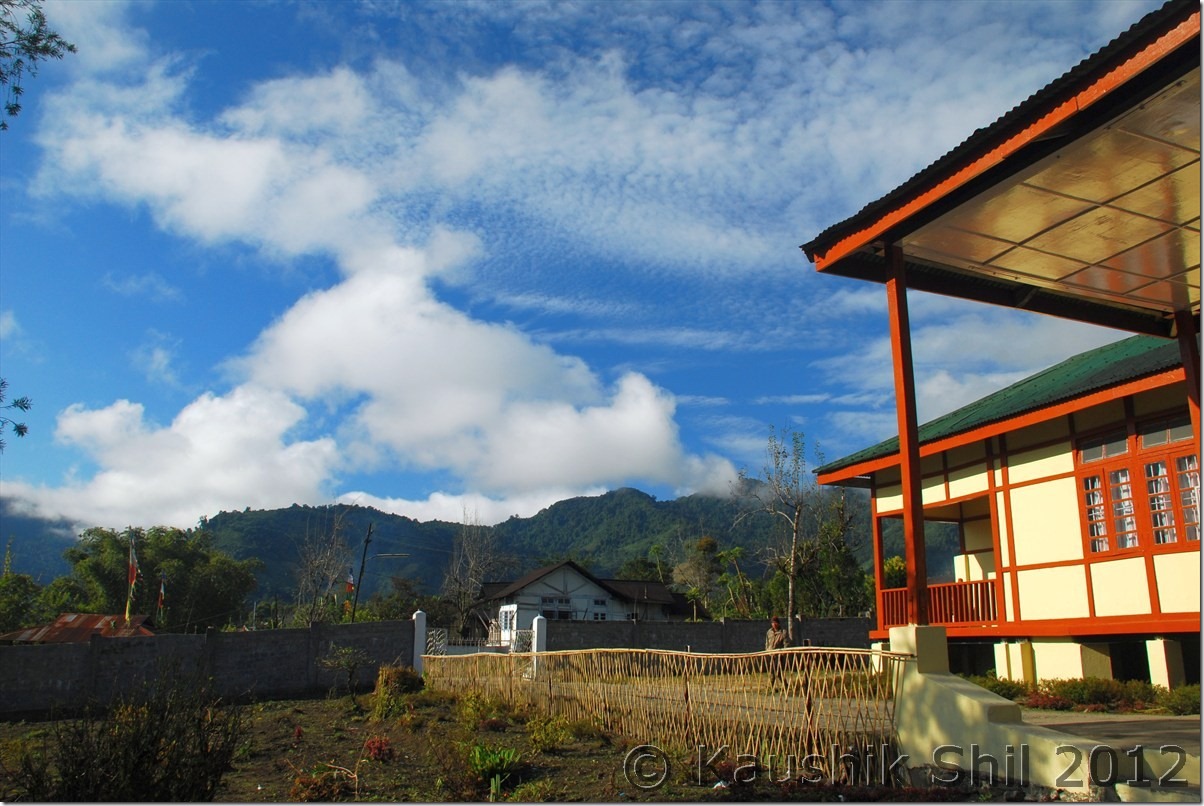
Indian Army at LAC near Gelling:
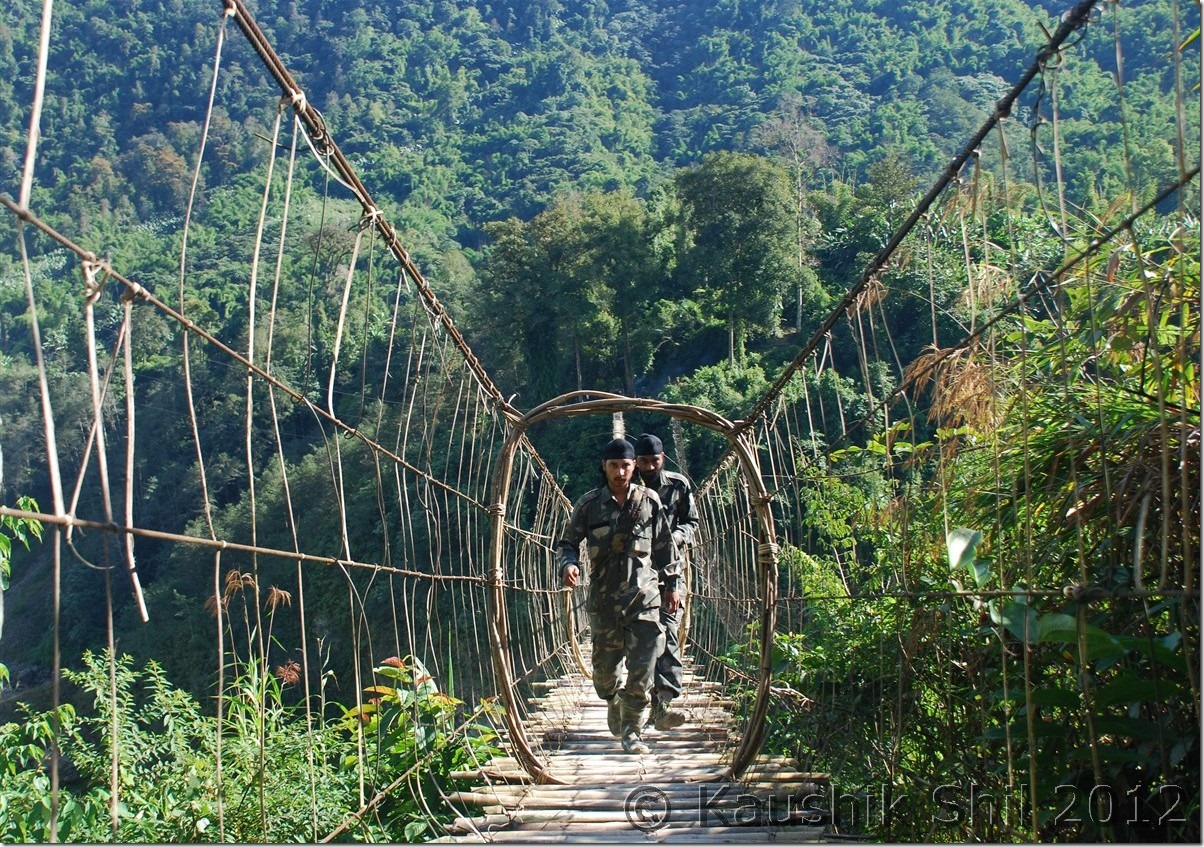
Chopper drops the ration at Gelling:
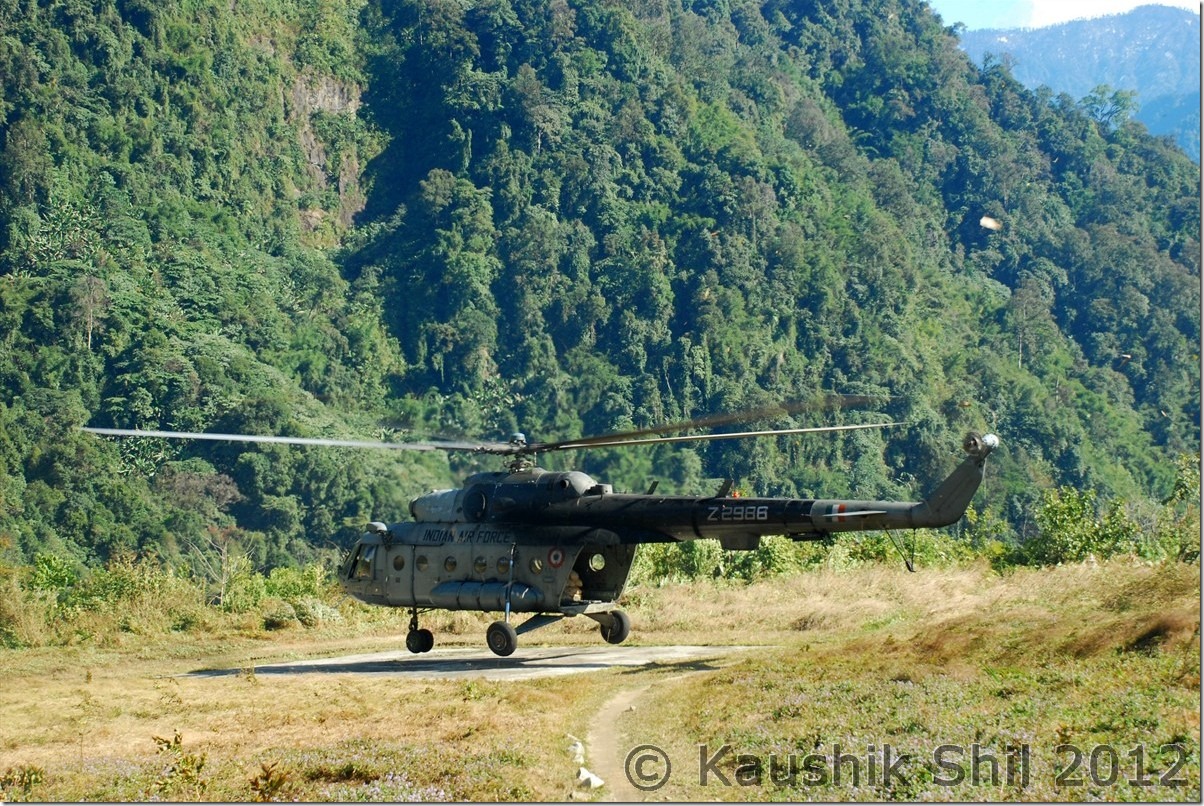
Memba Boys:
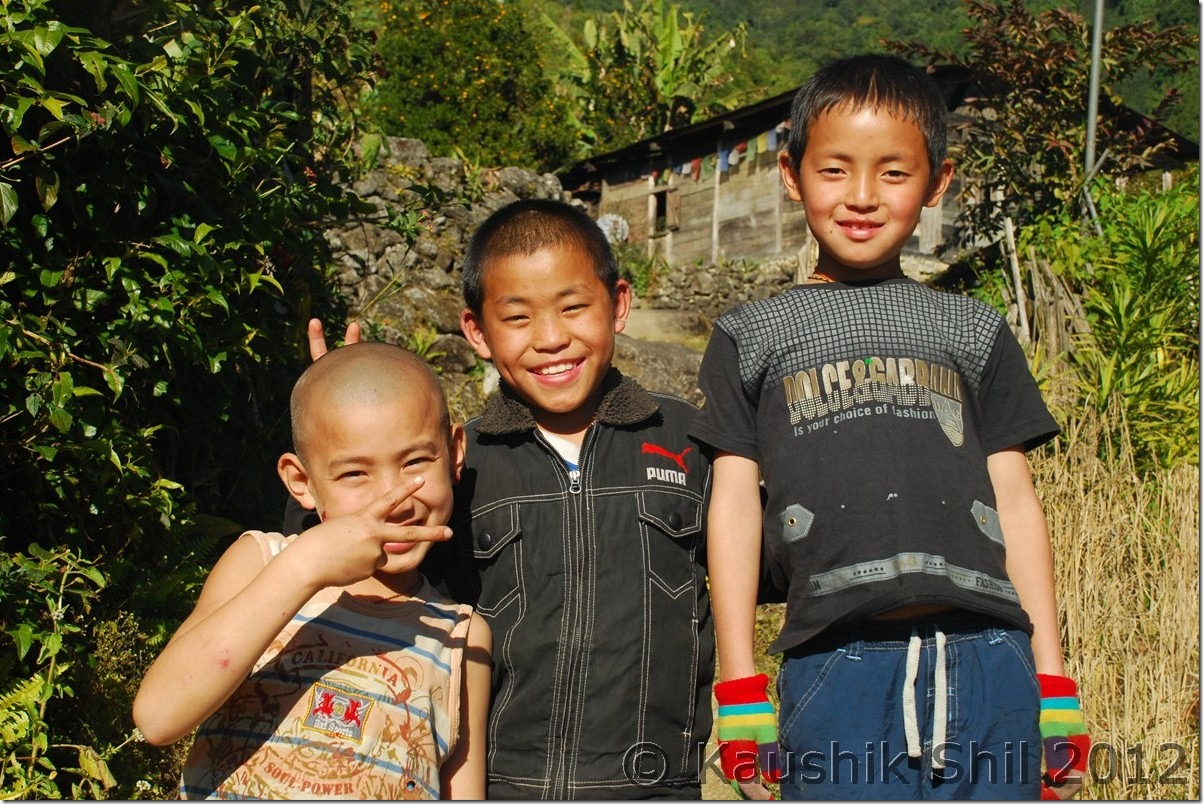
Gelling, the gorgeous Village:
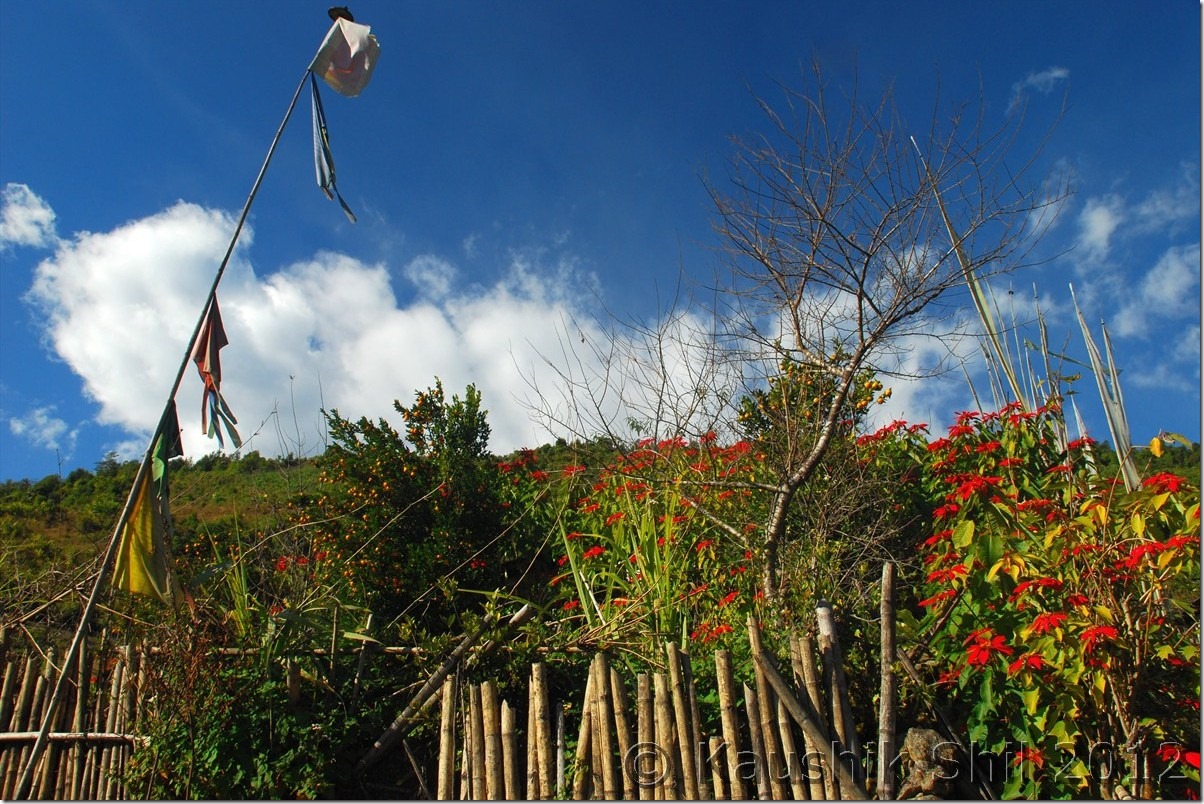
The green mountain in back is the dividing line between India and Tibet (China) – McMahan Line:
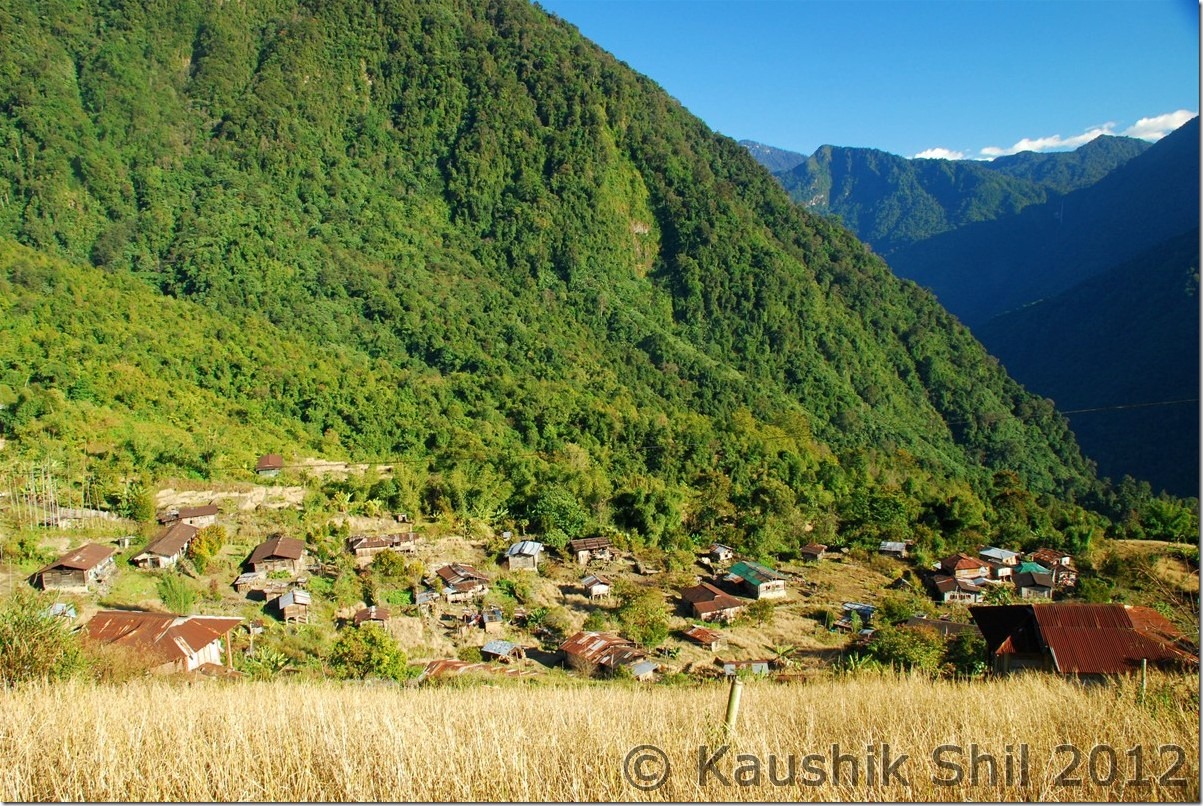
The Cute Lama:
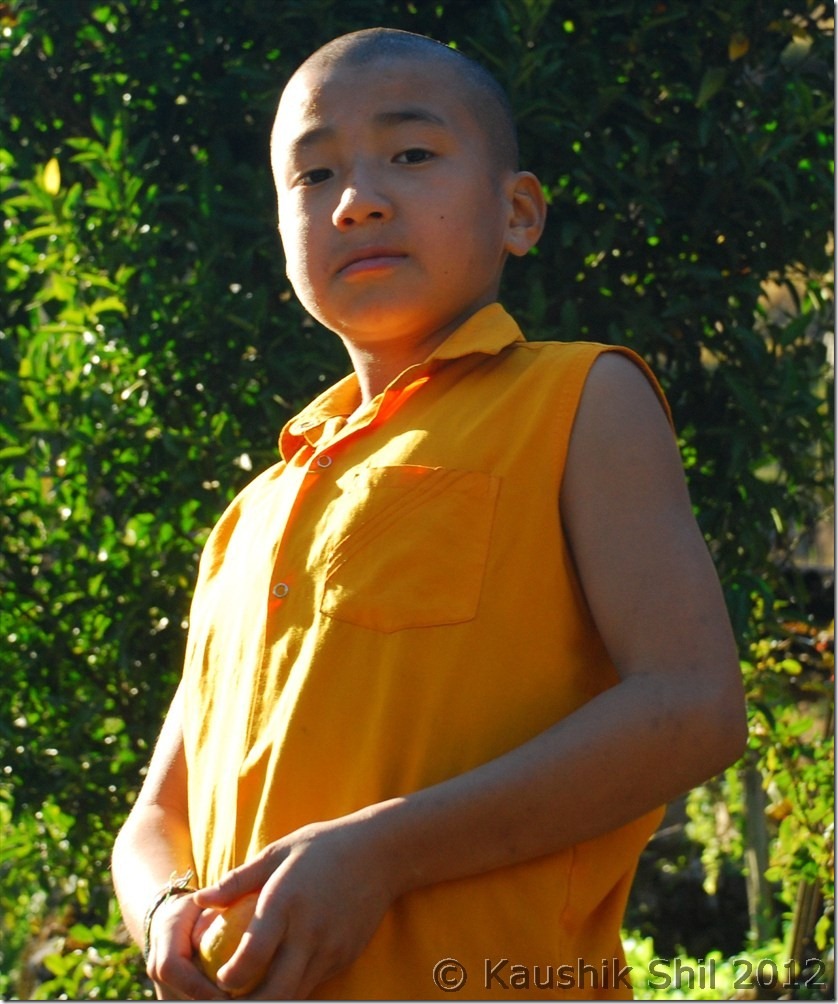
Majestic Upper Siang:
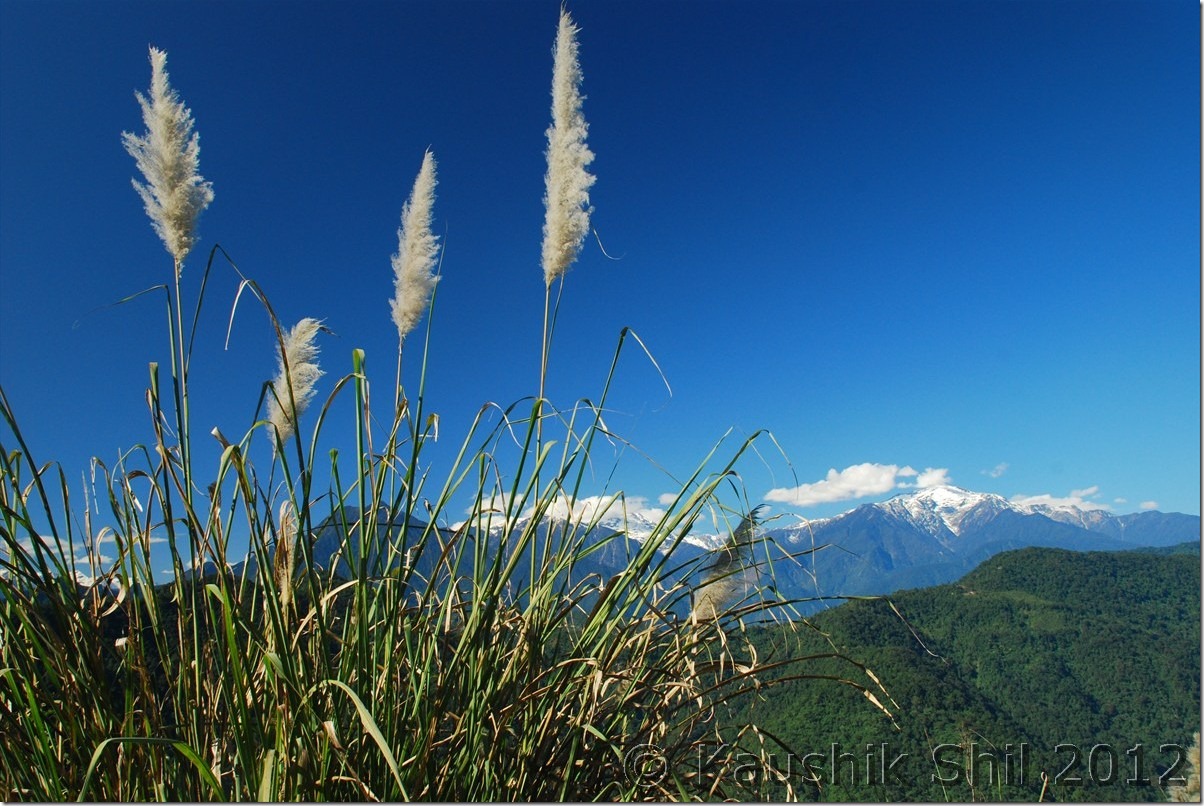
Galo Girls:
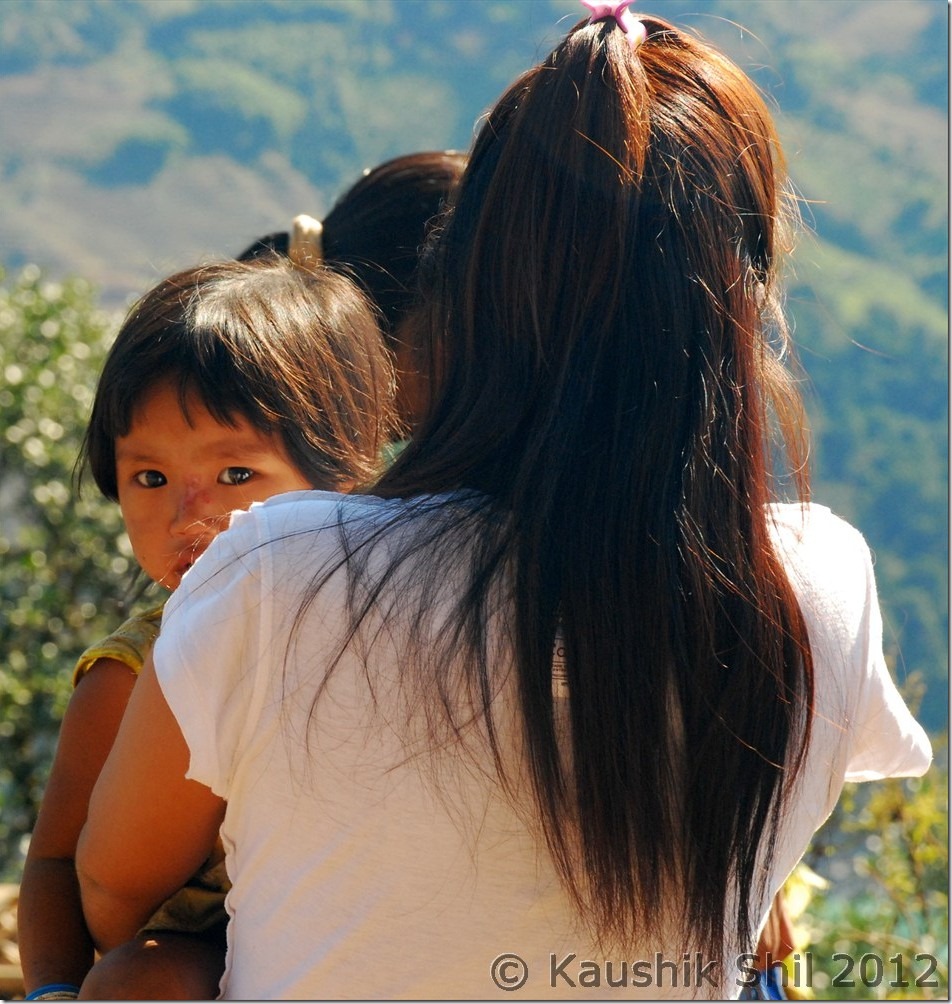
Next: Amazing Arunachal – Nameri National Park and on the way to Tawang
